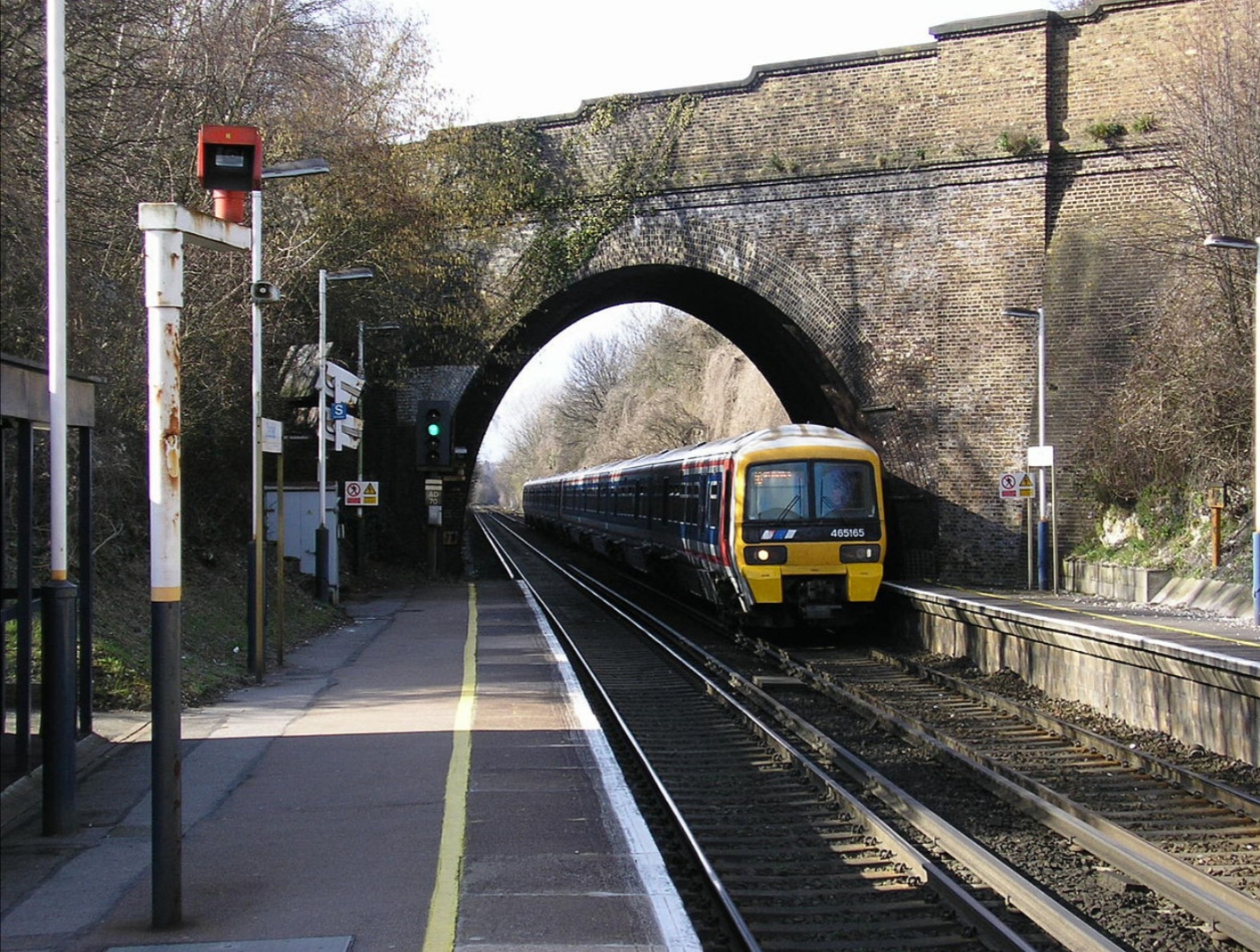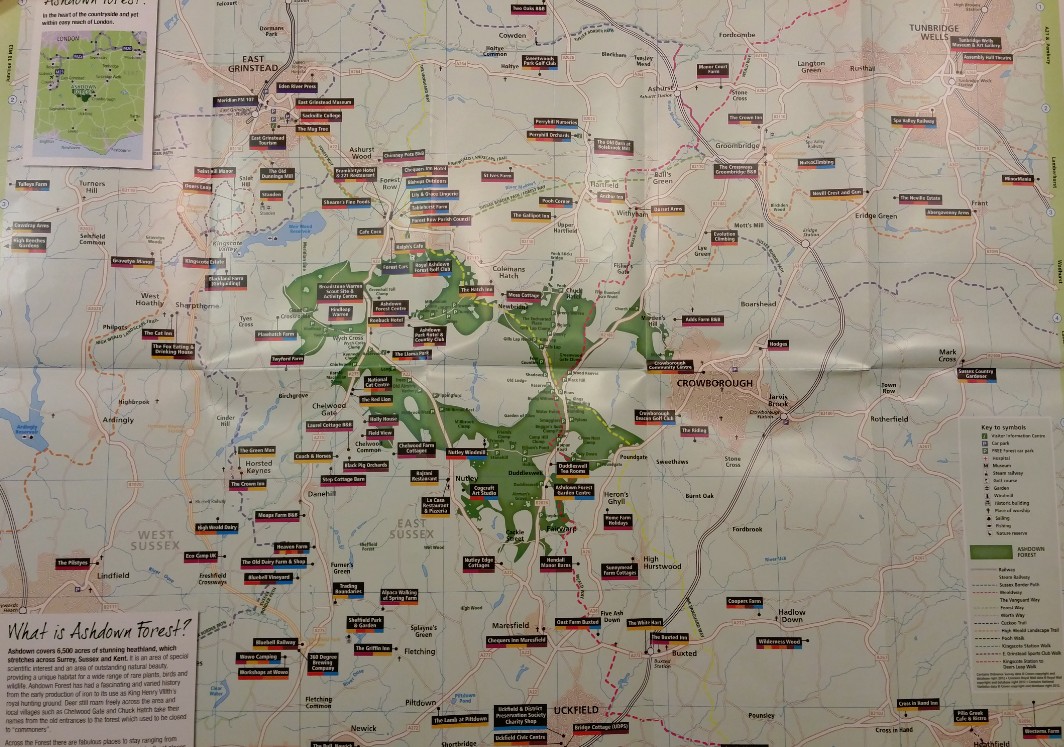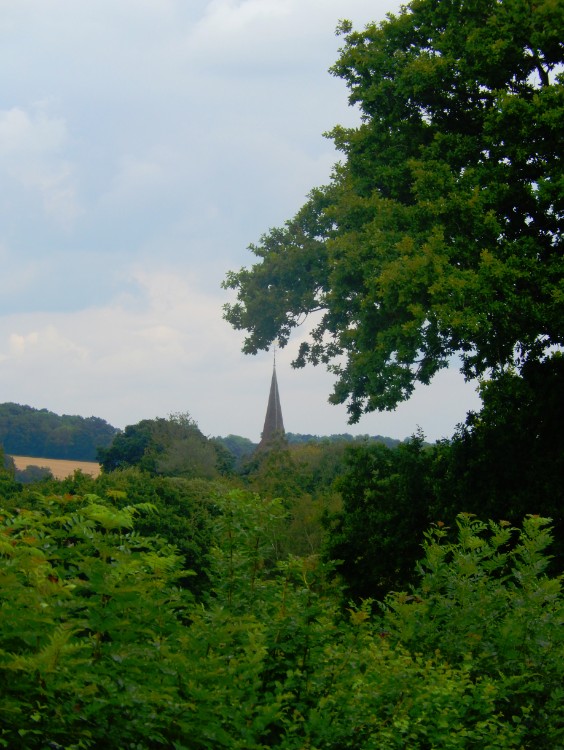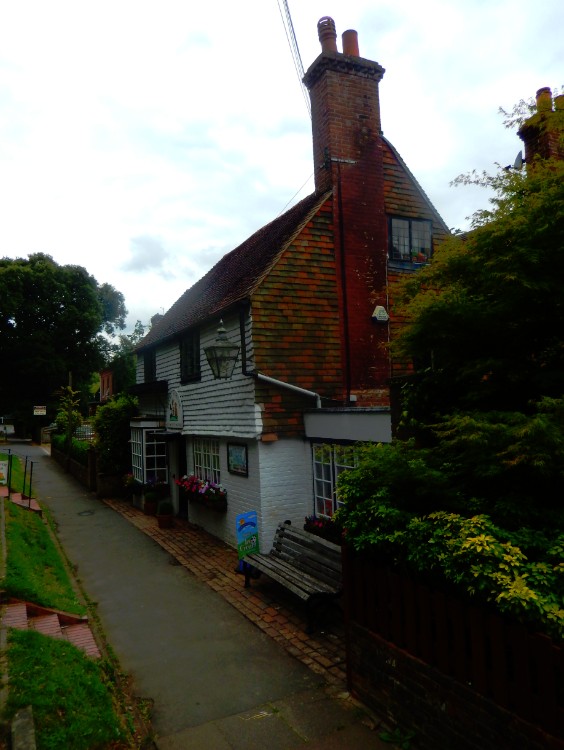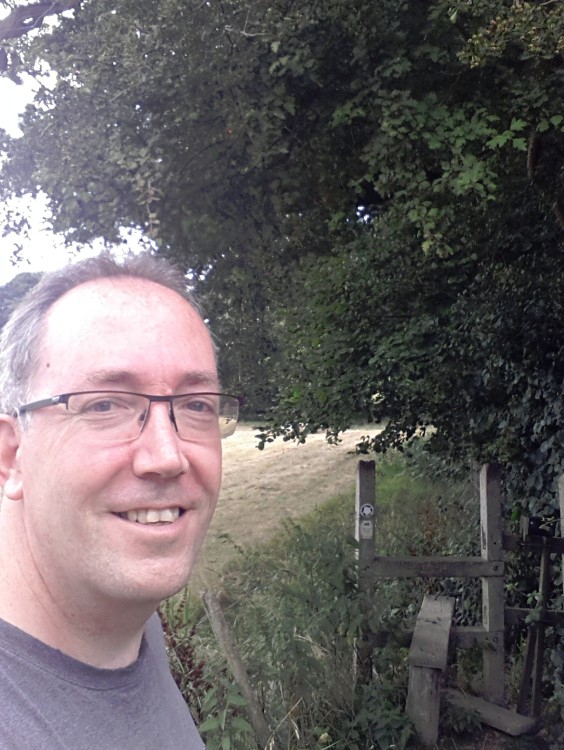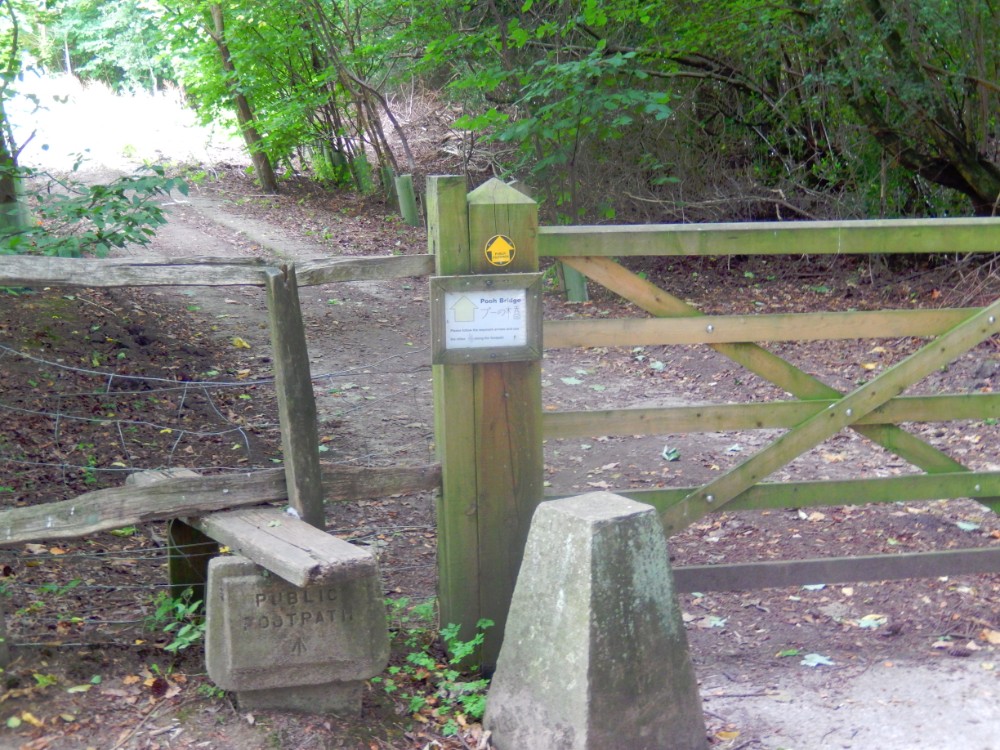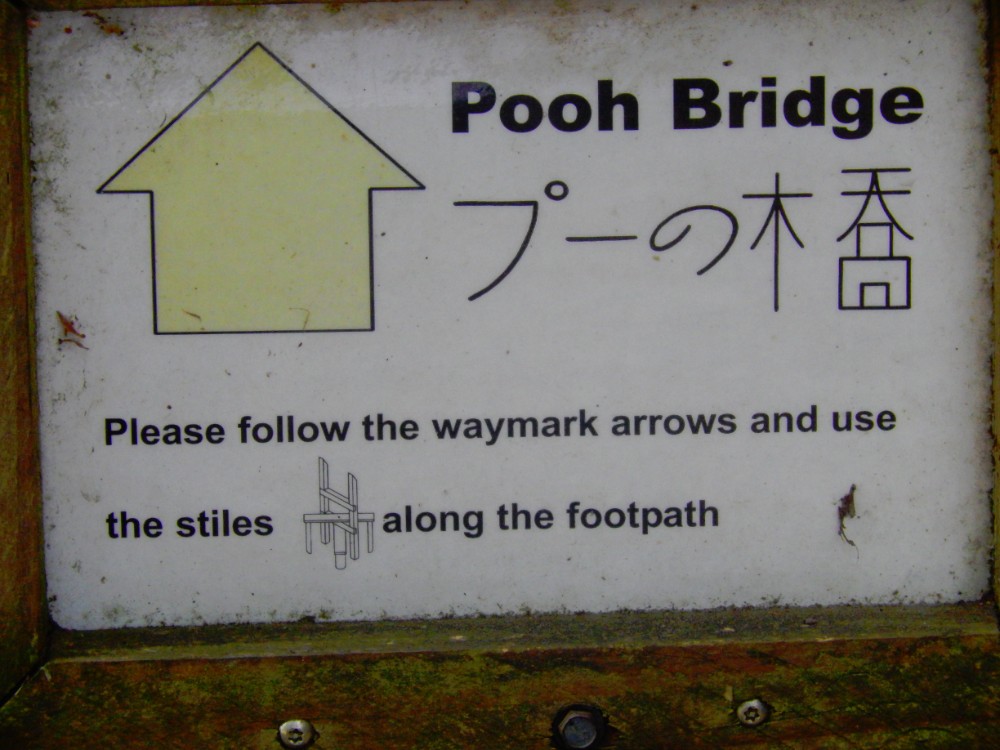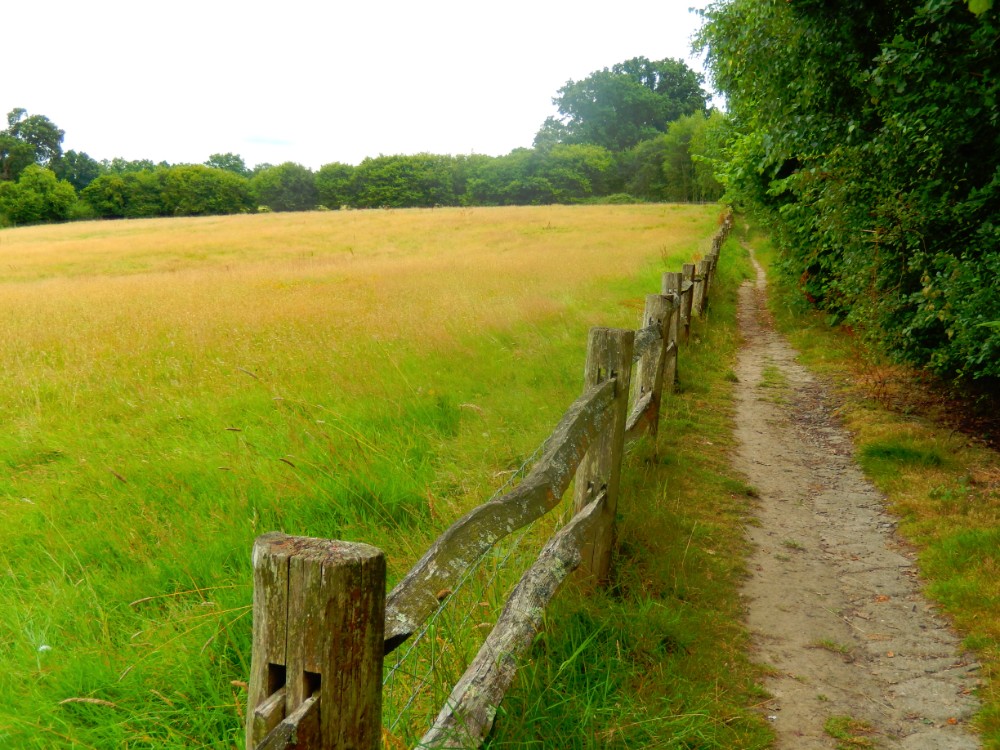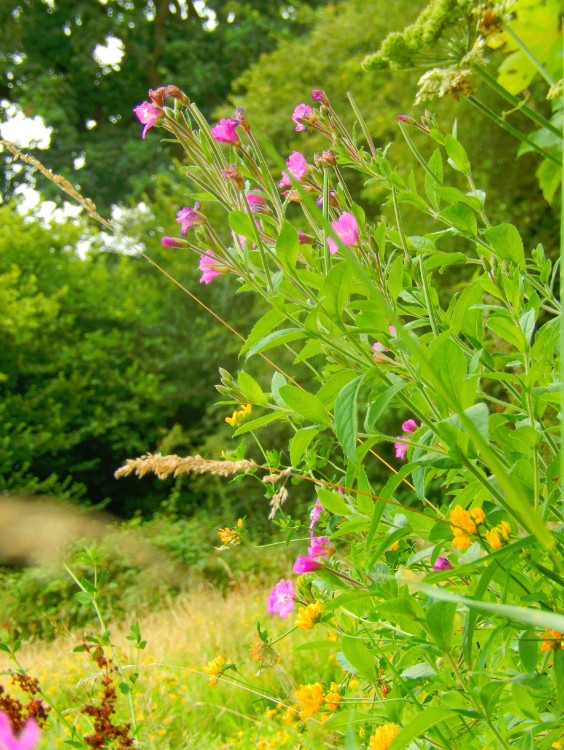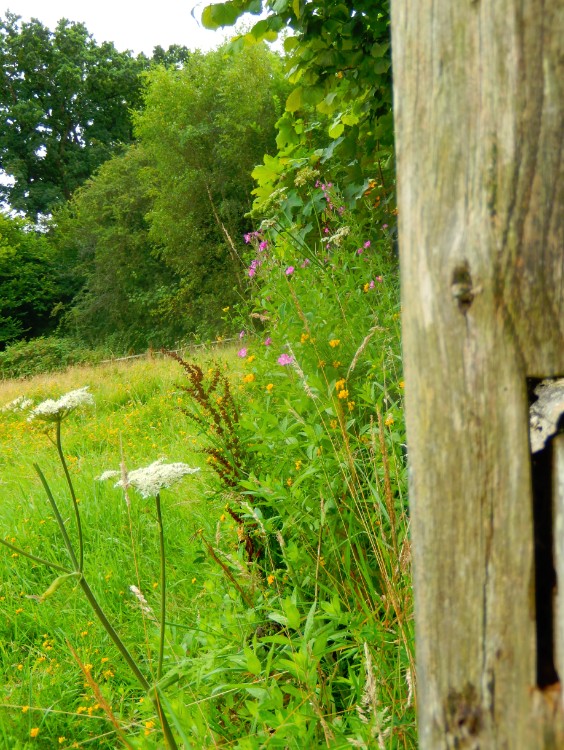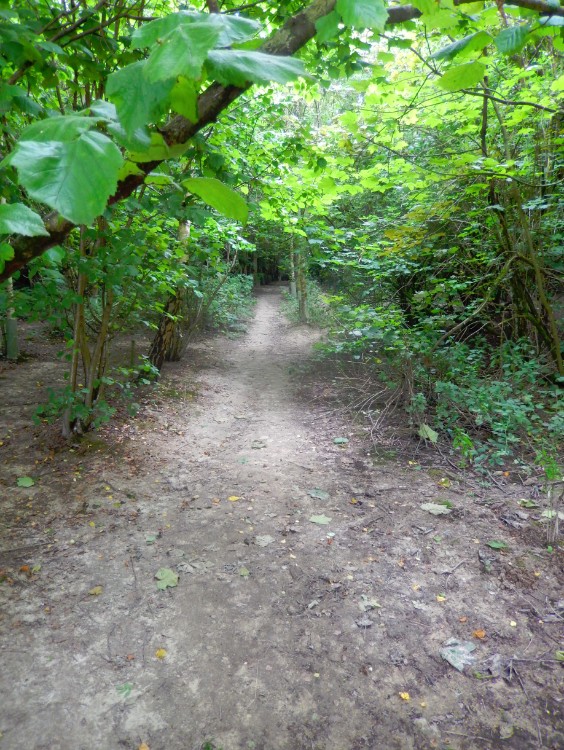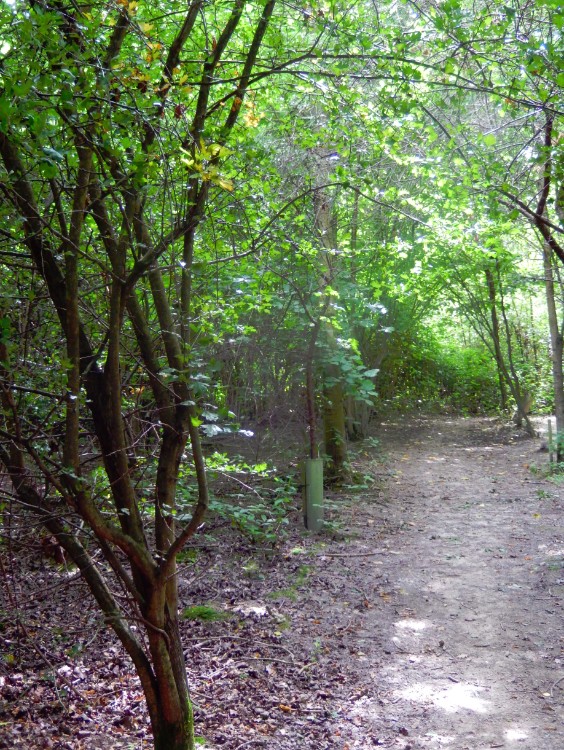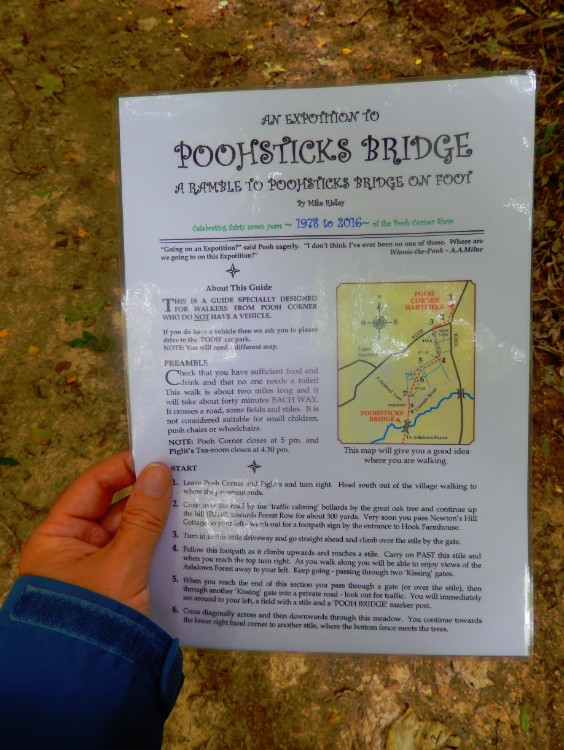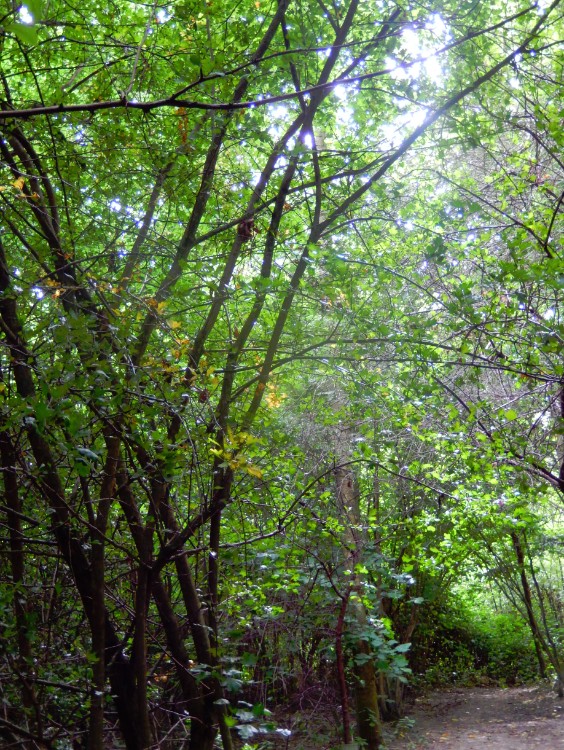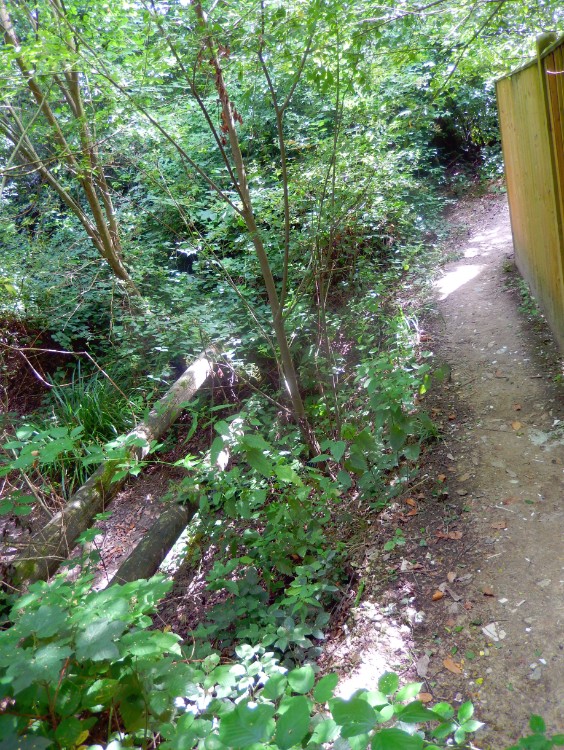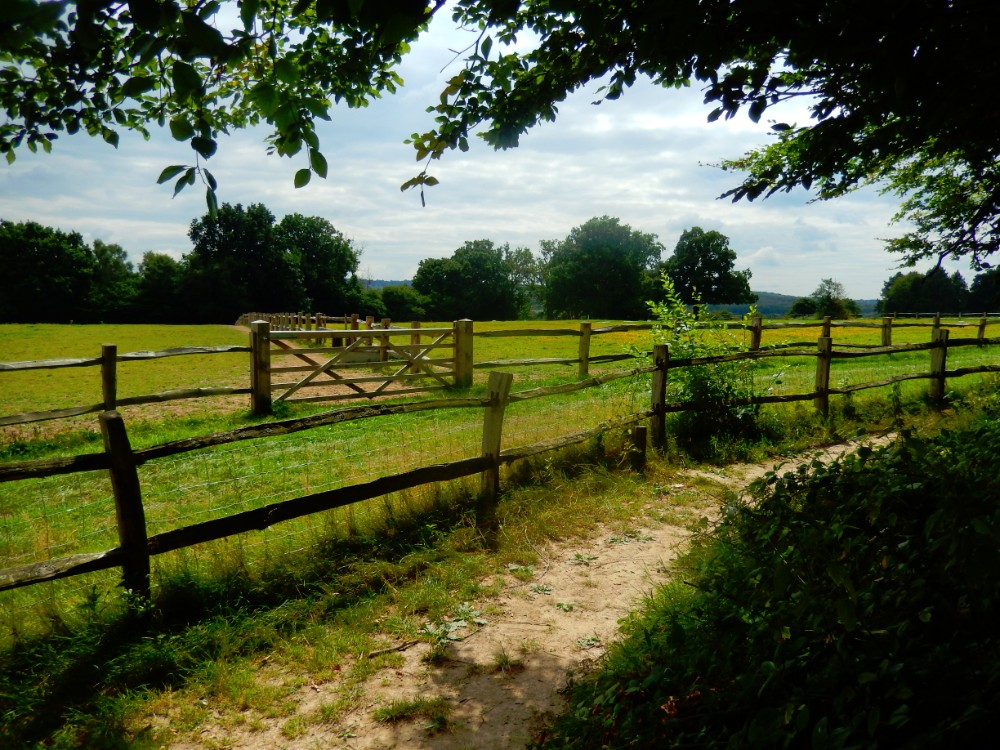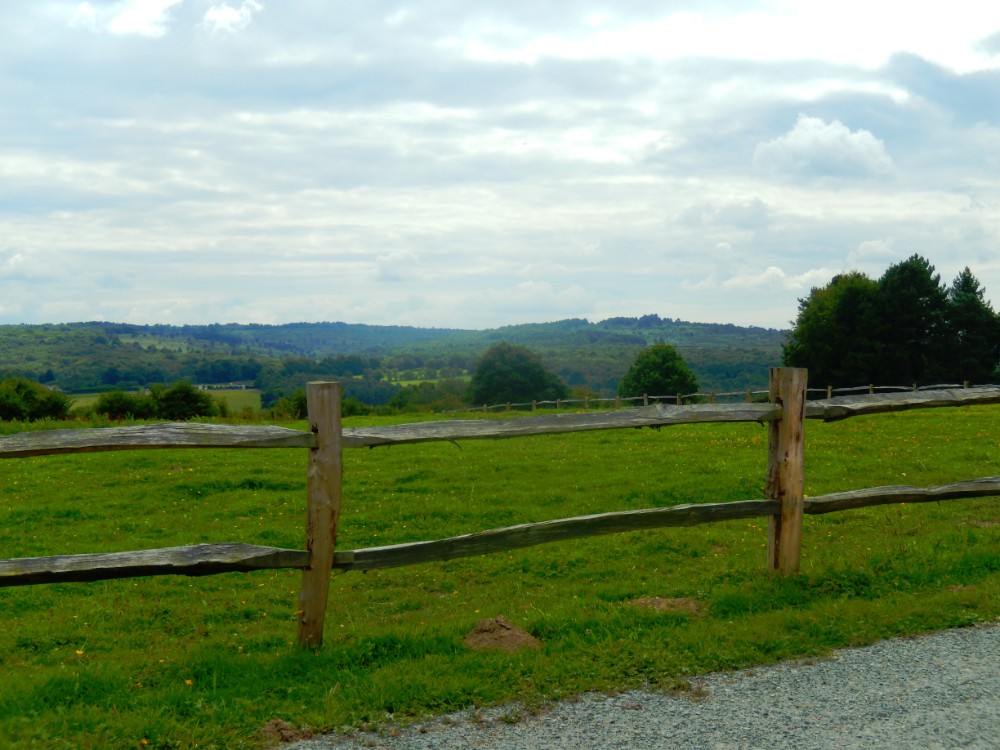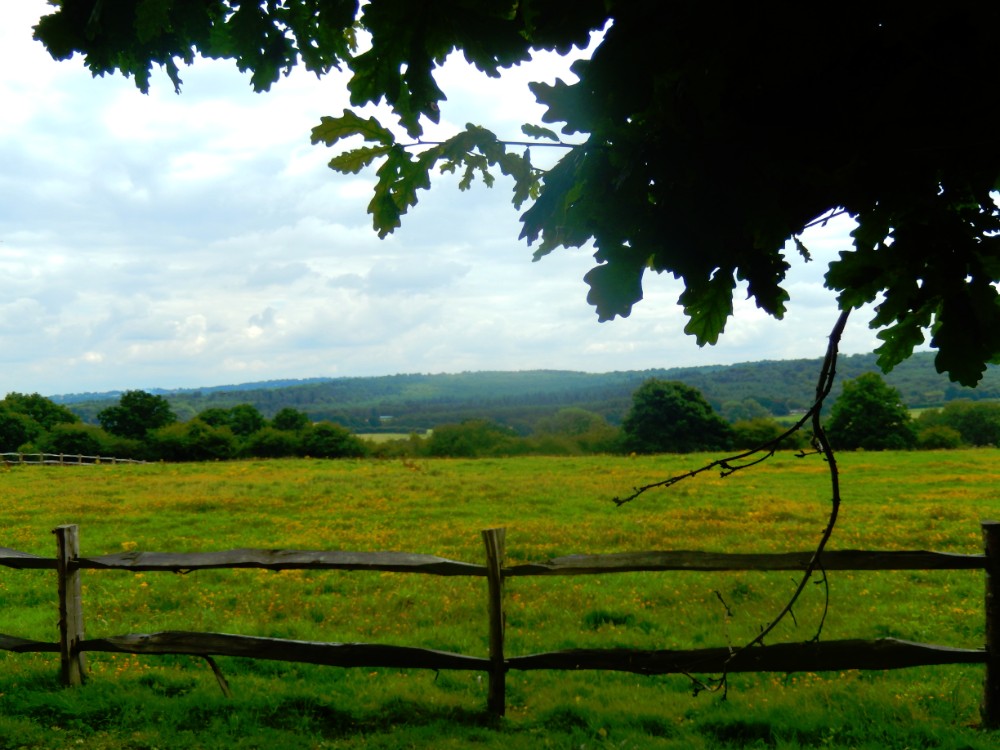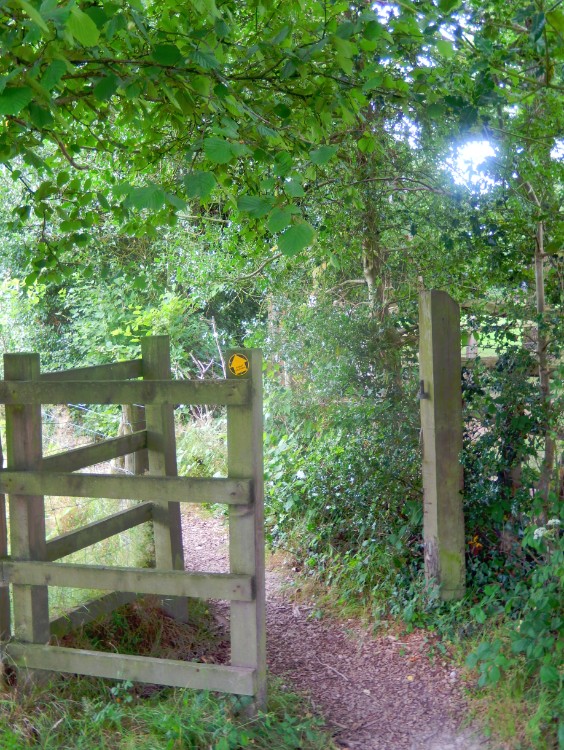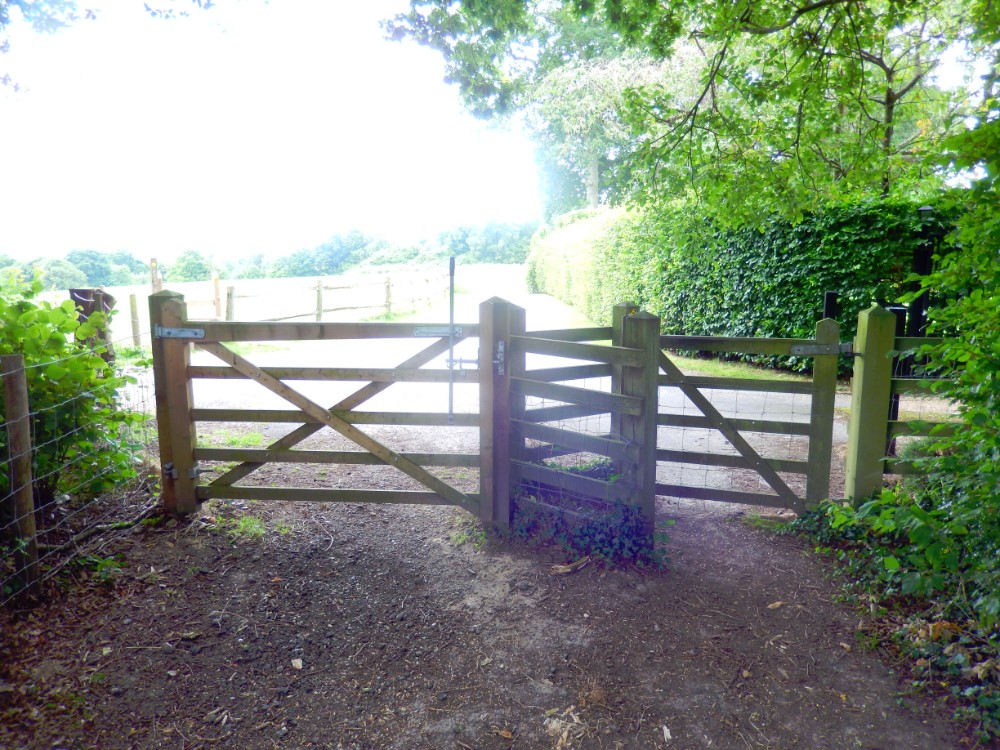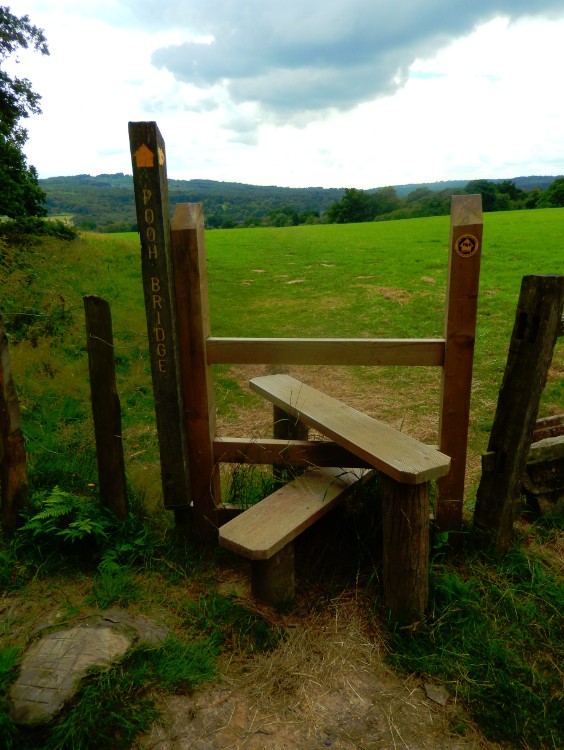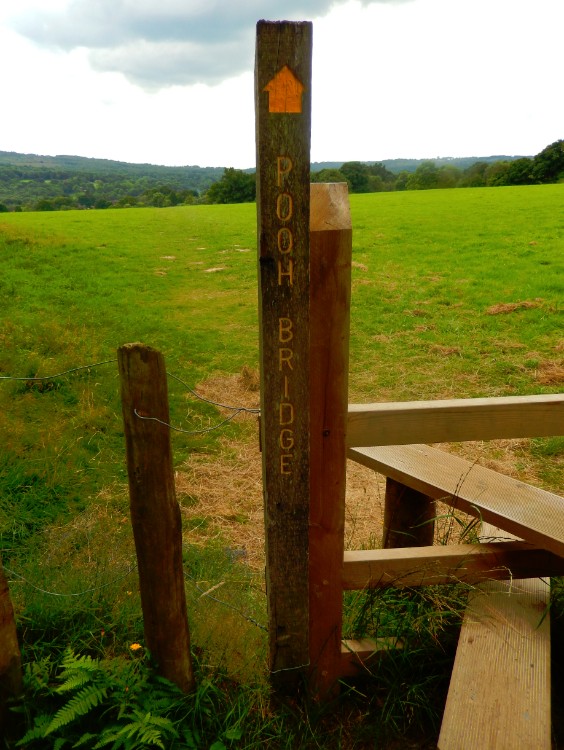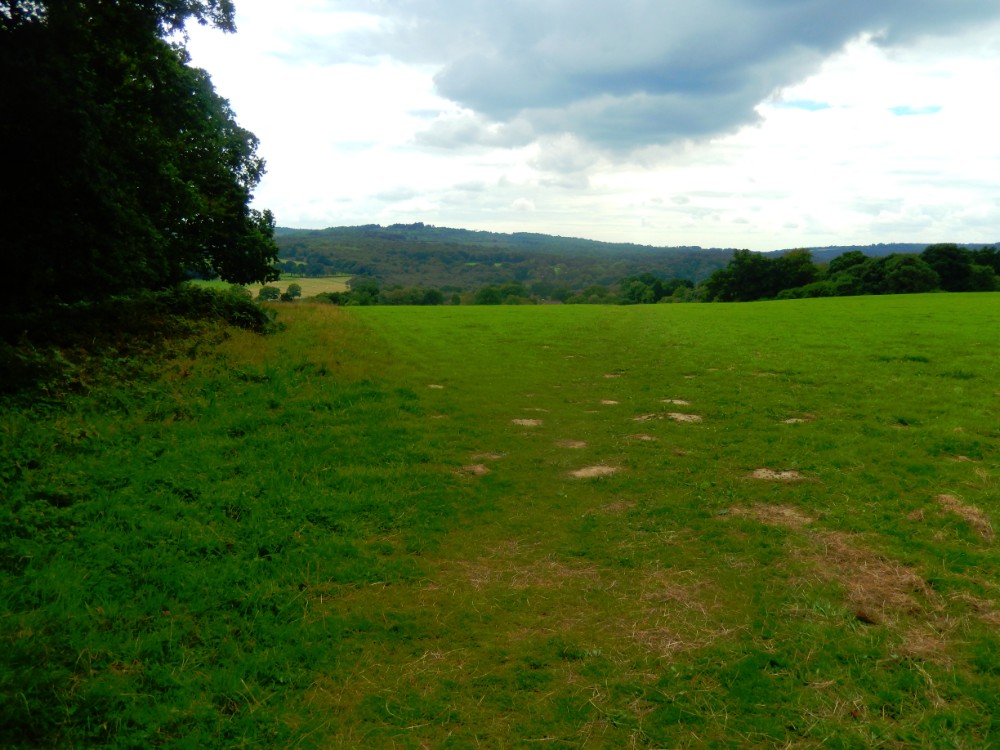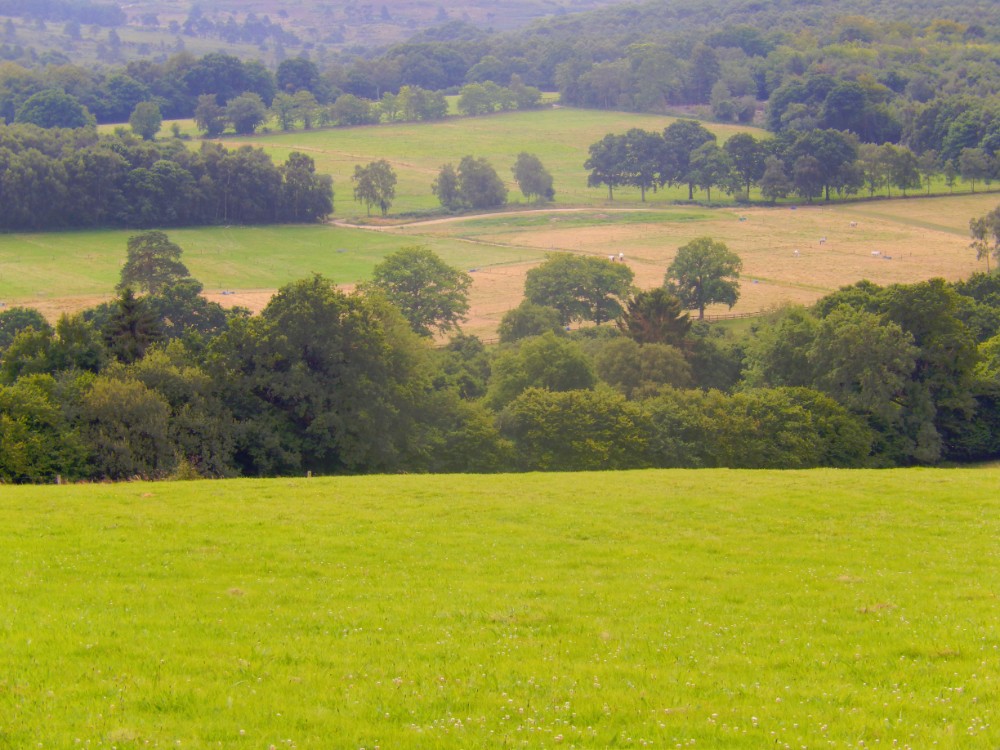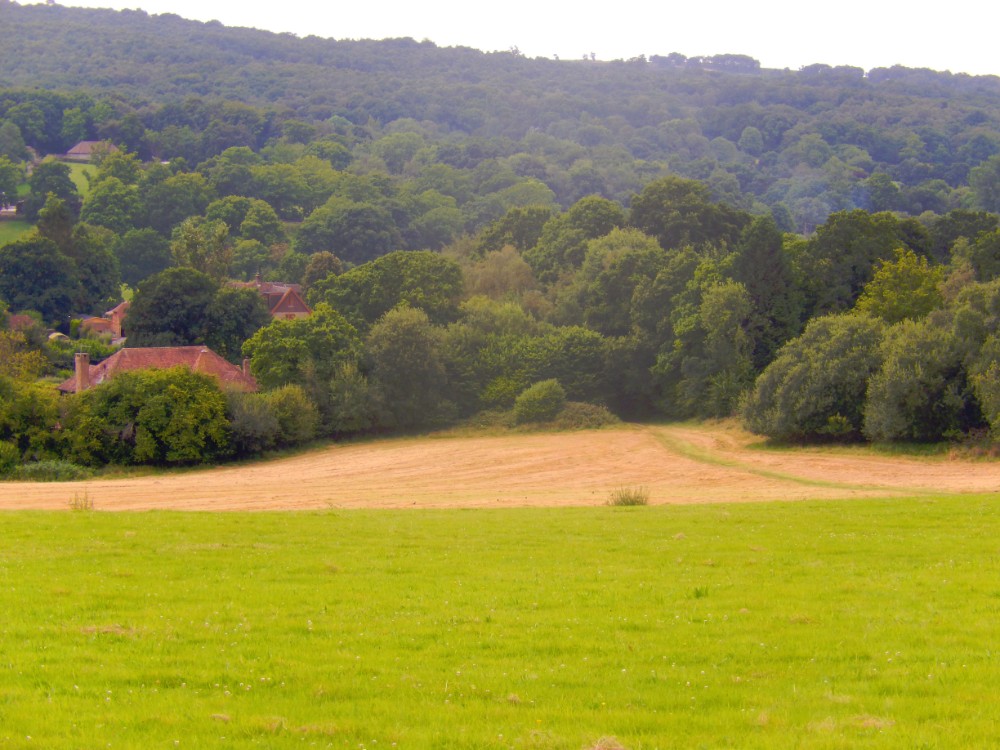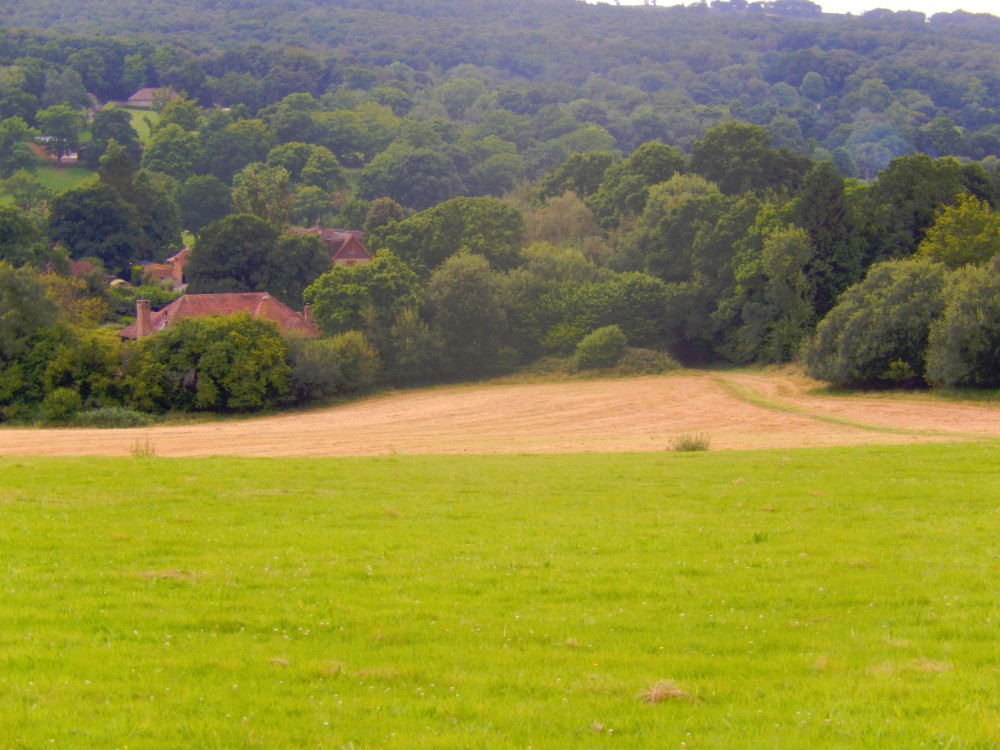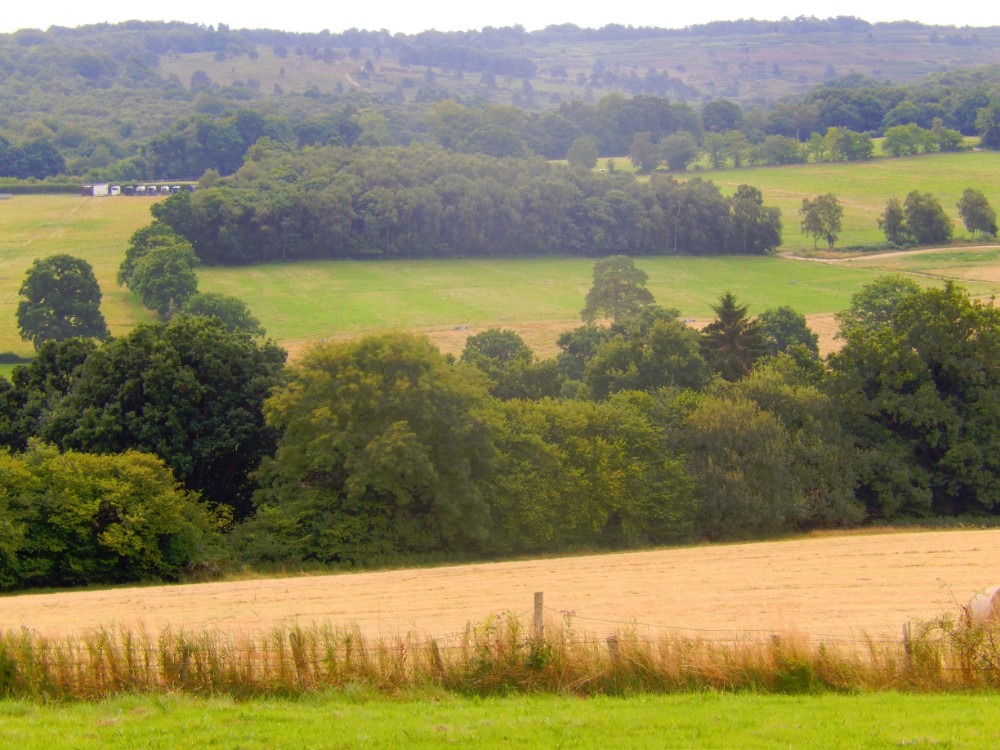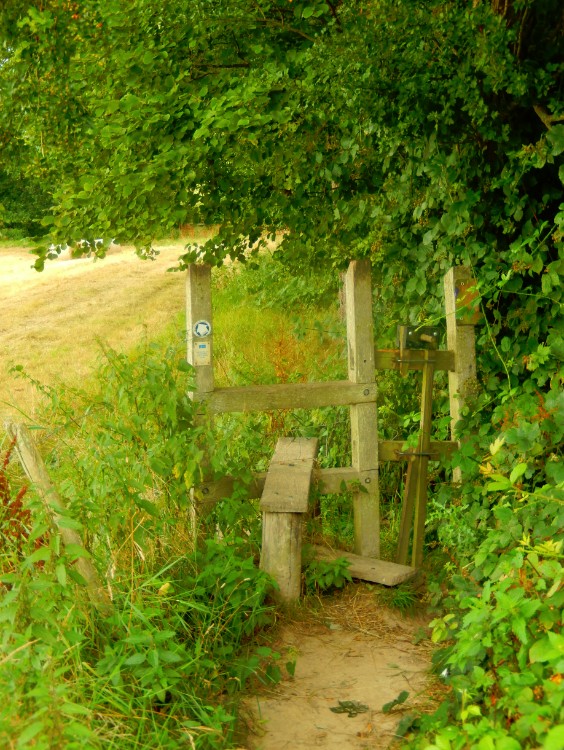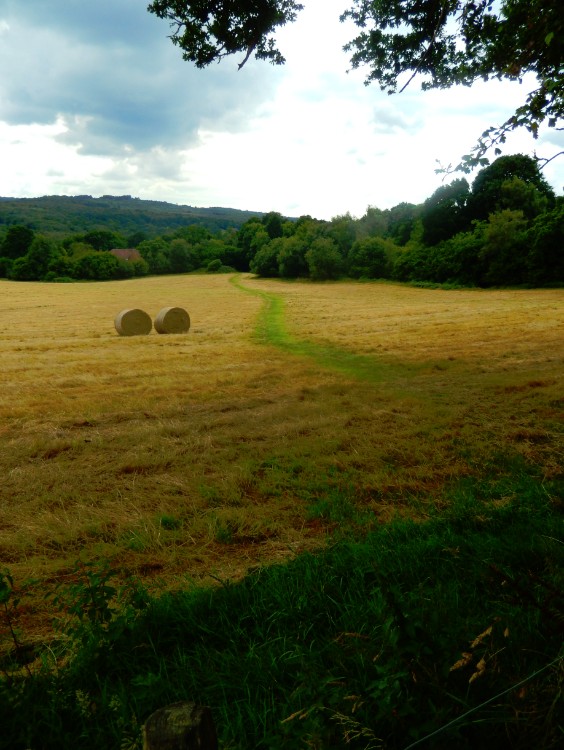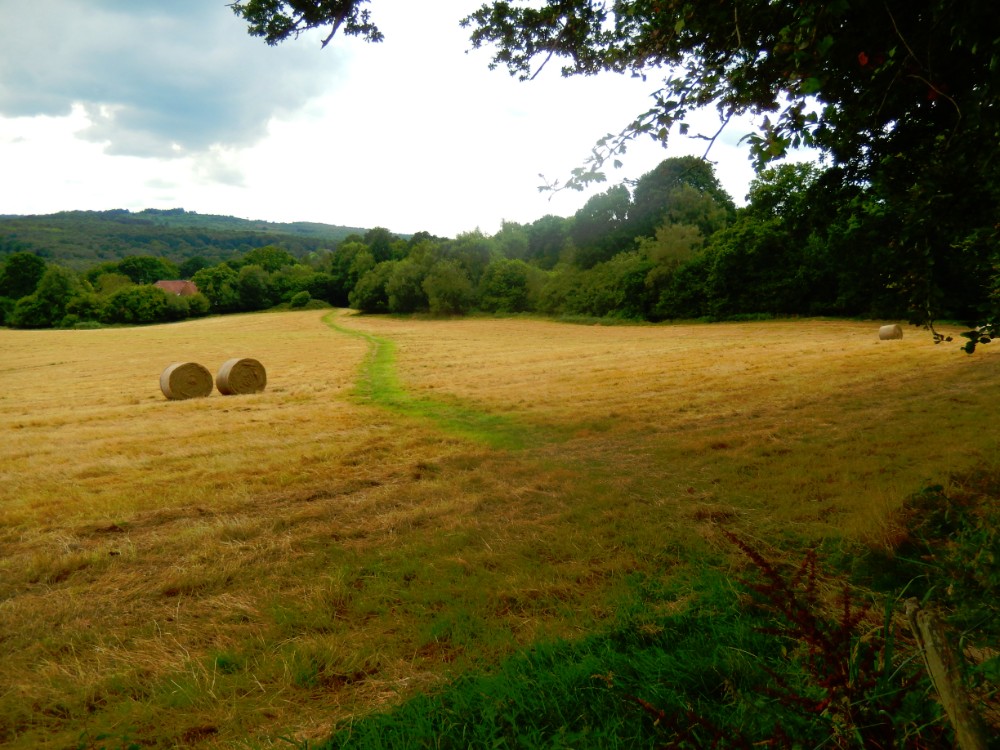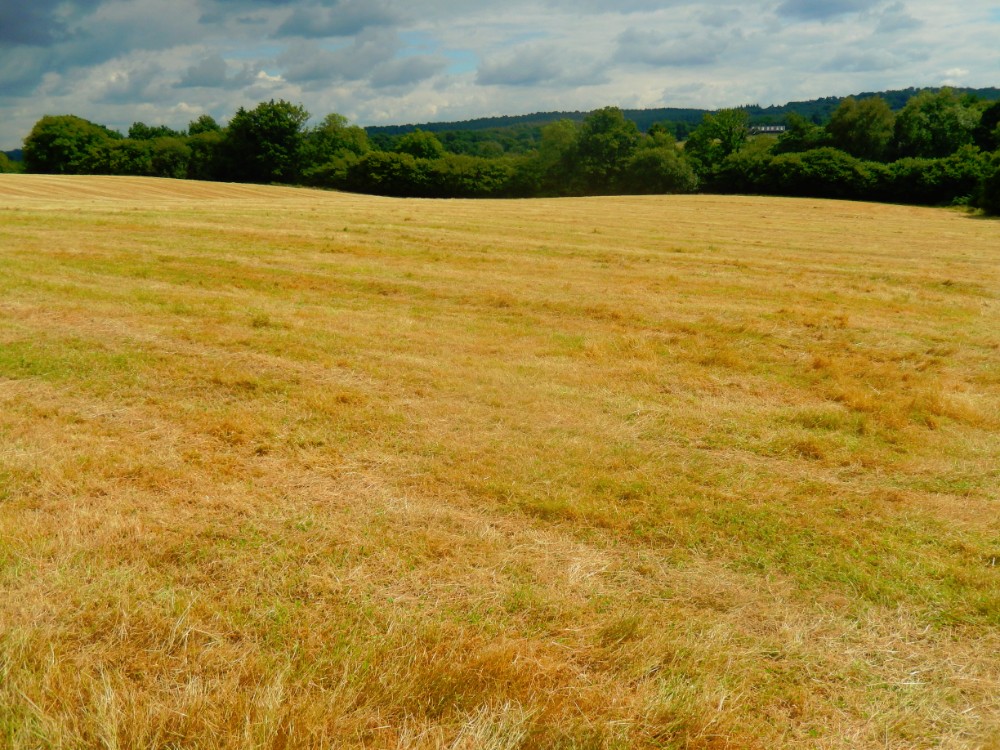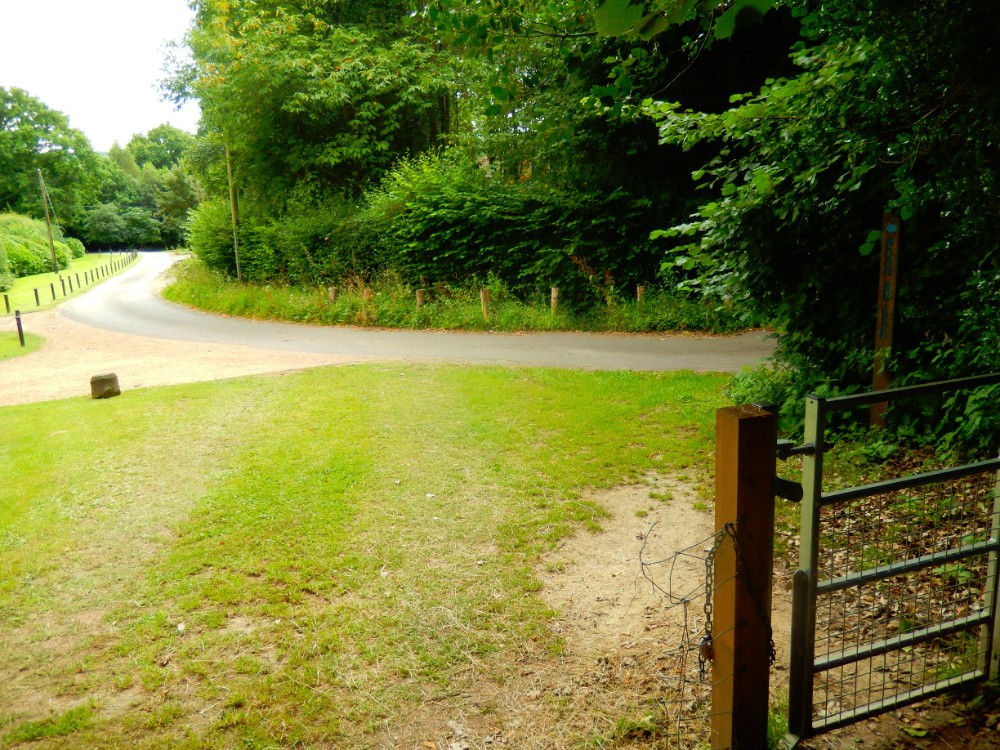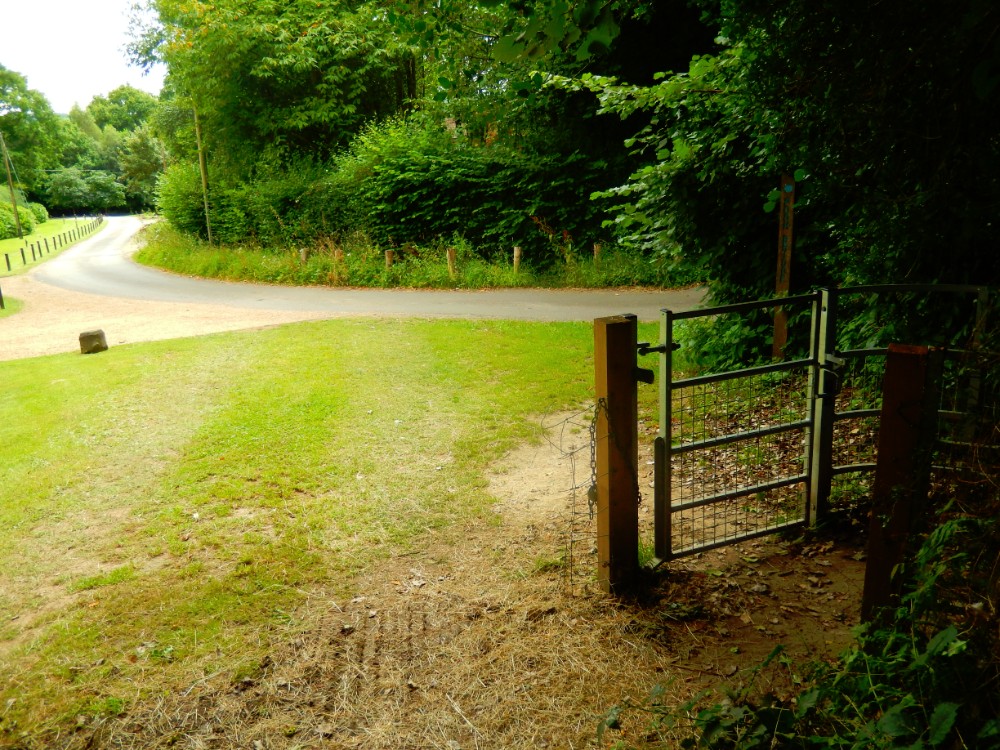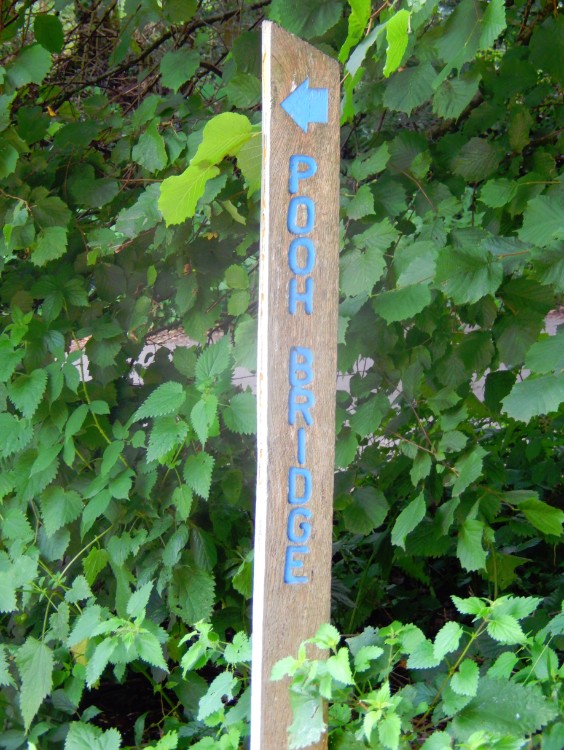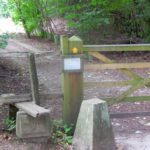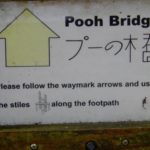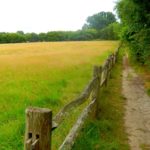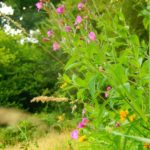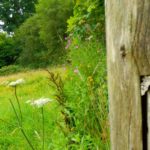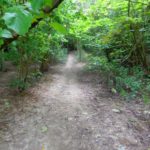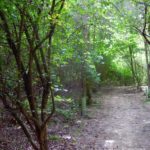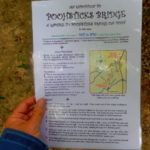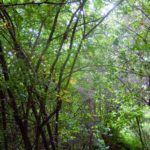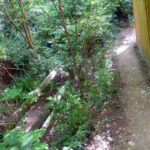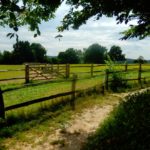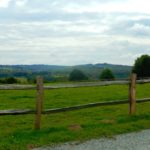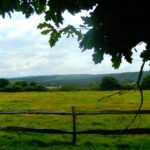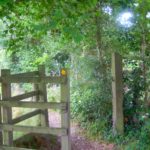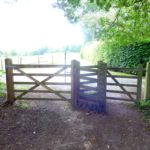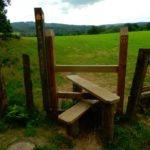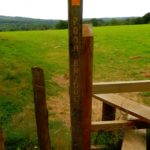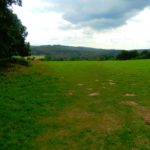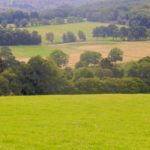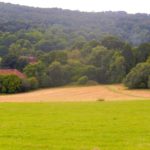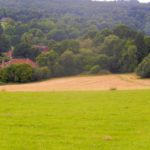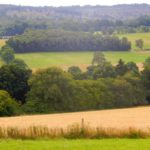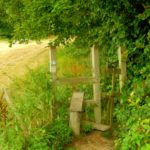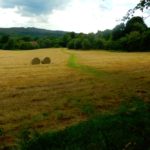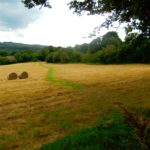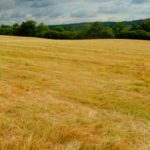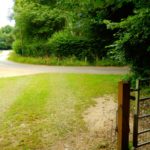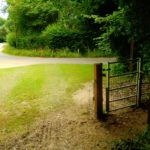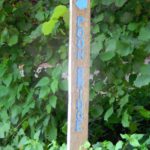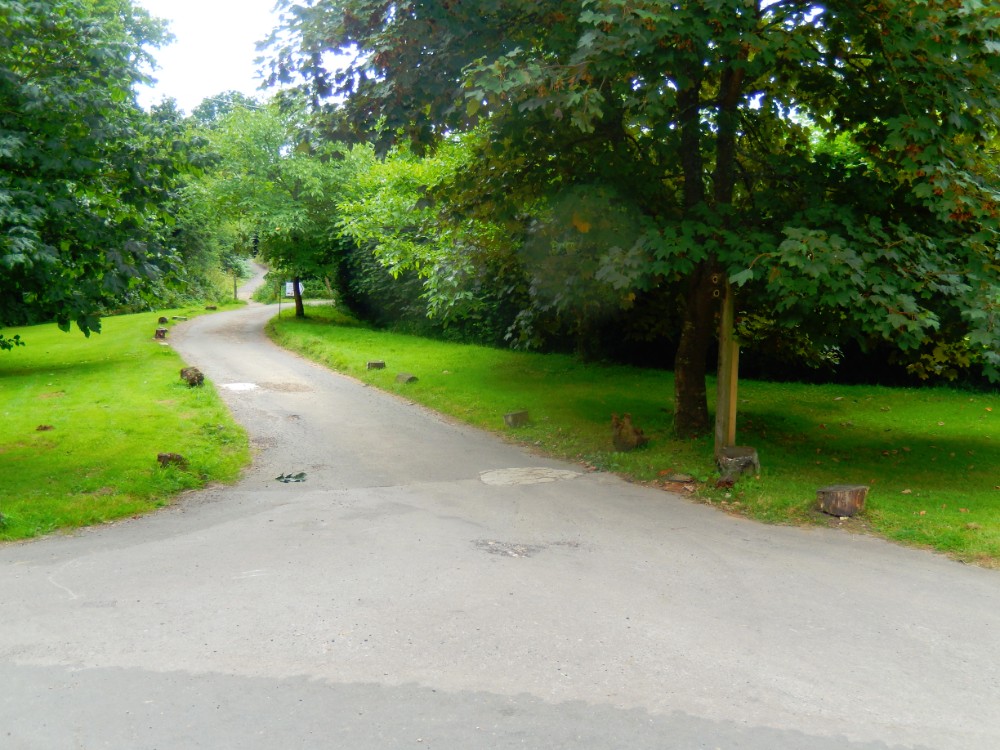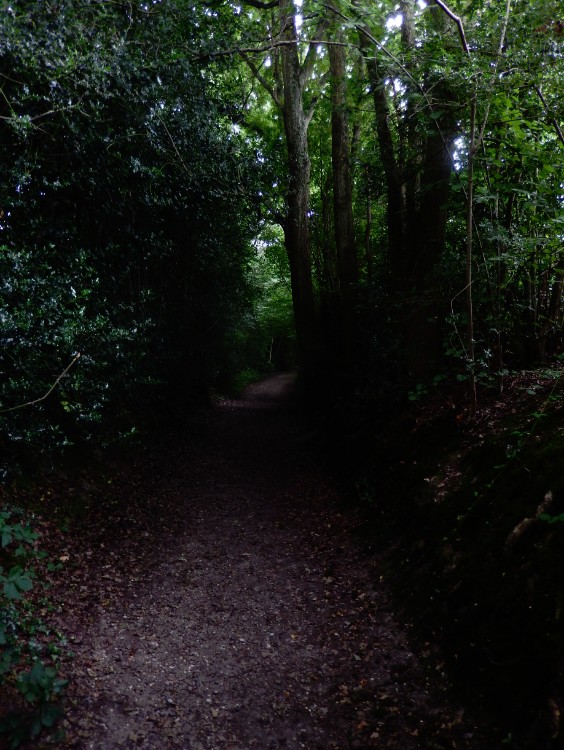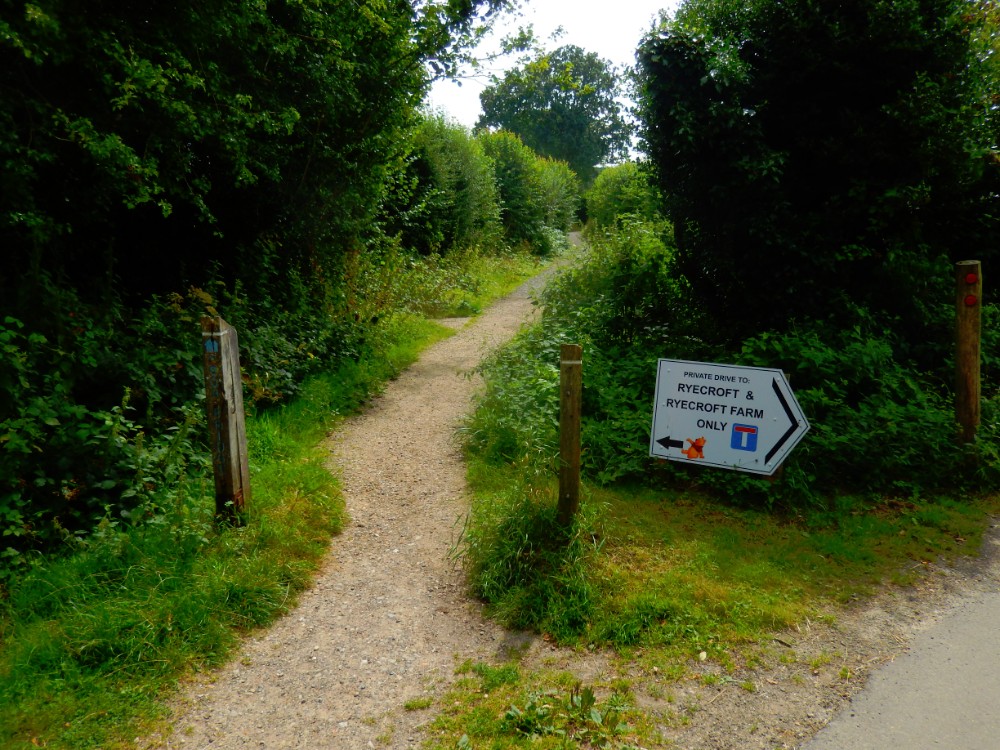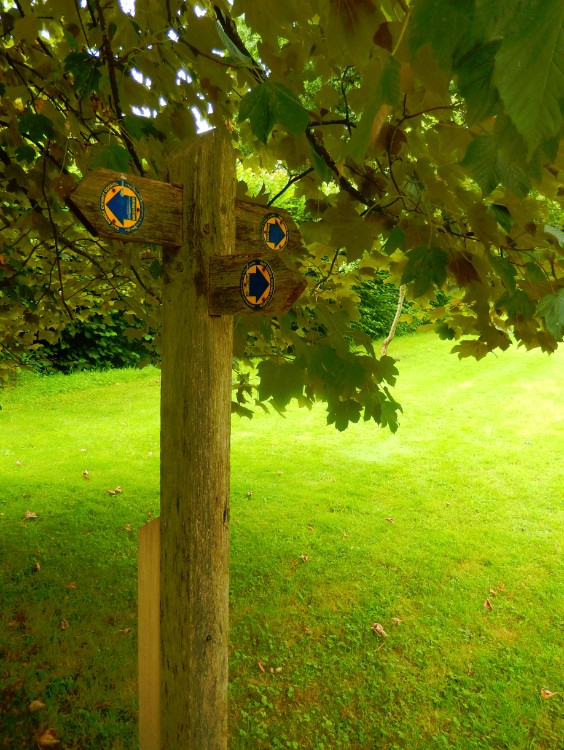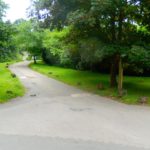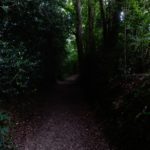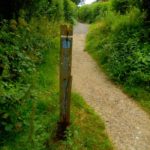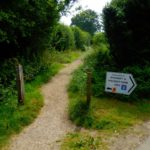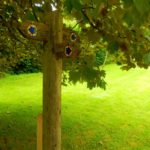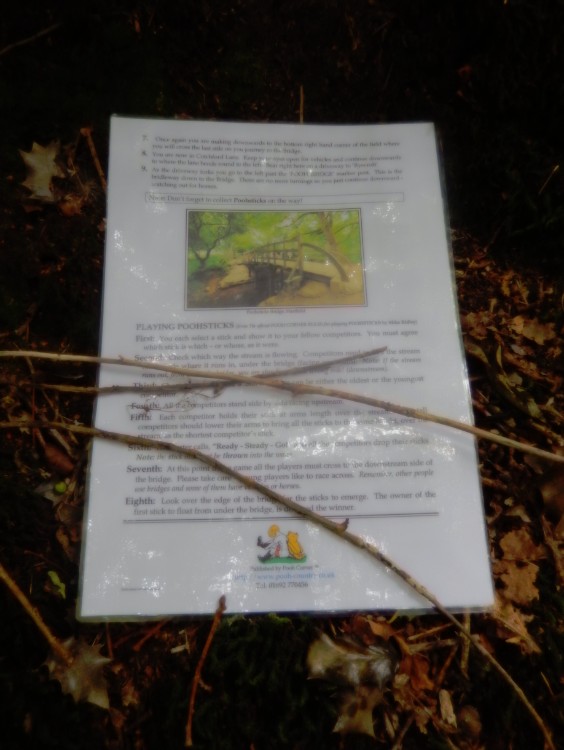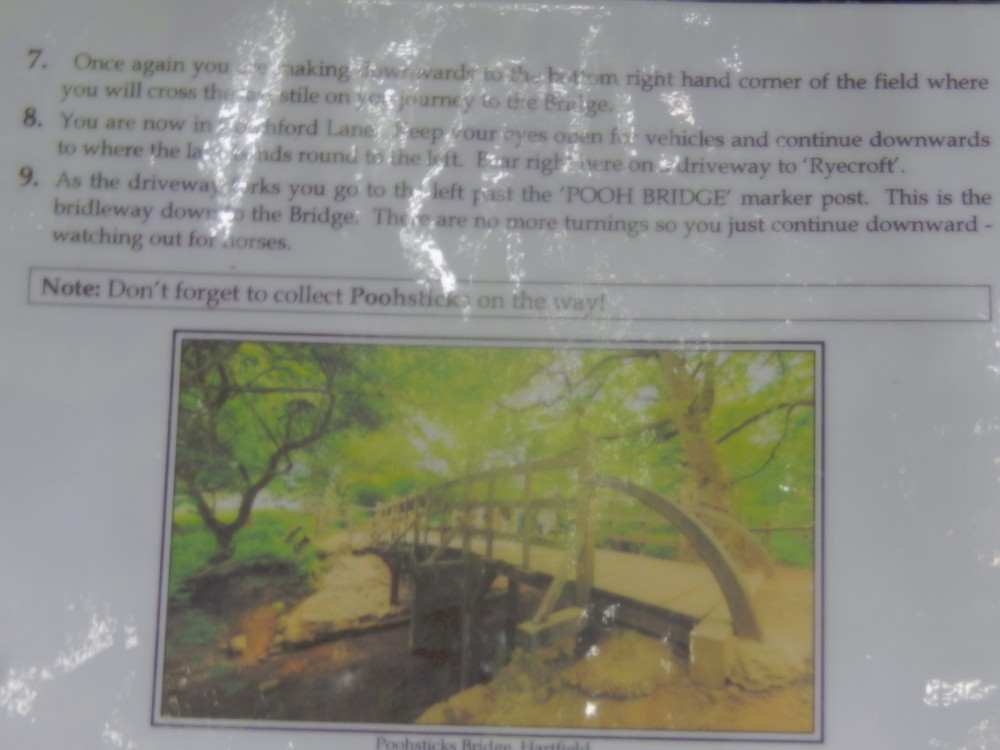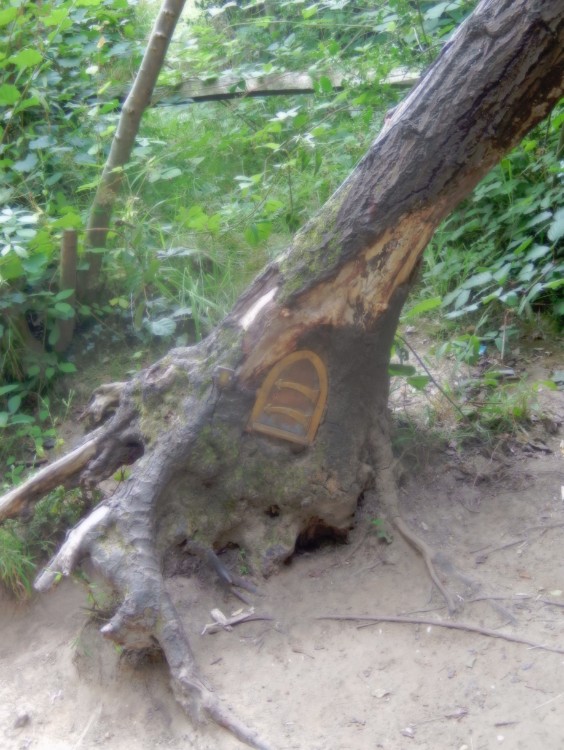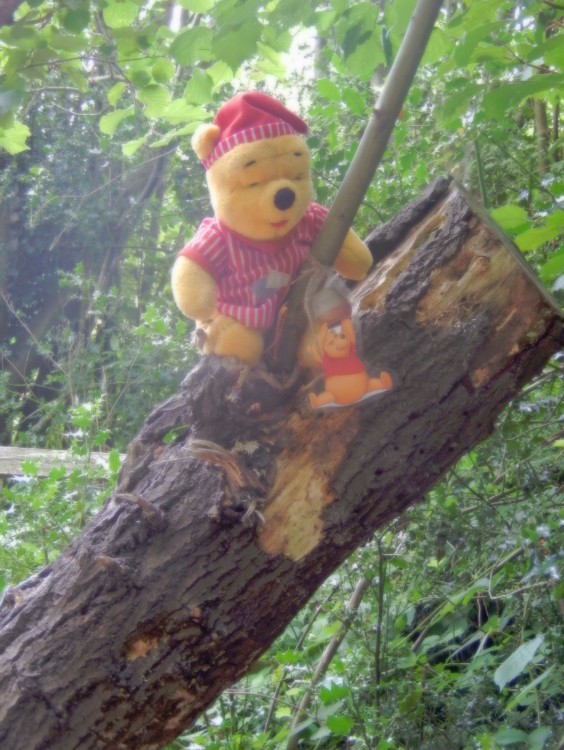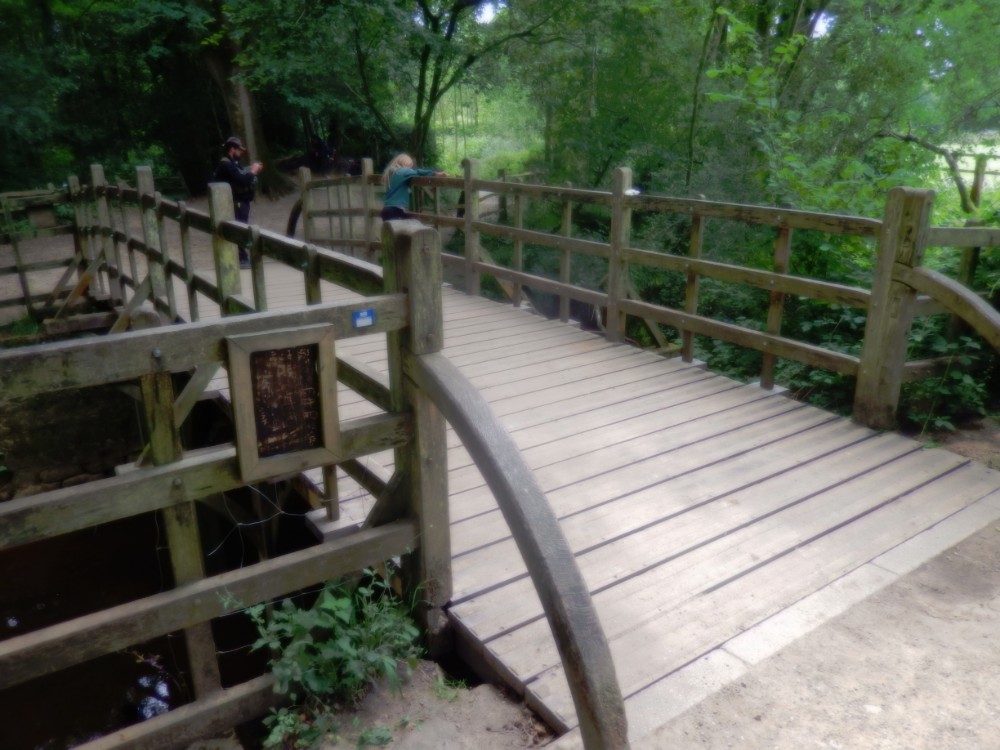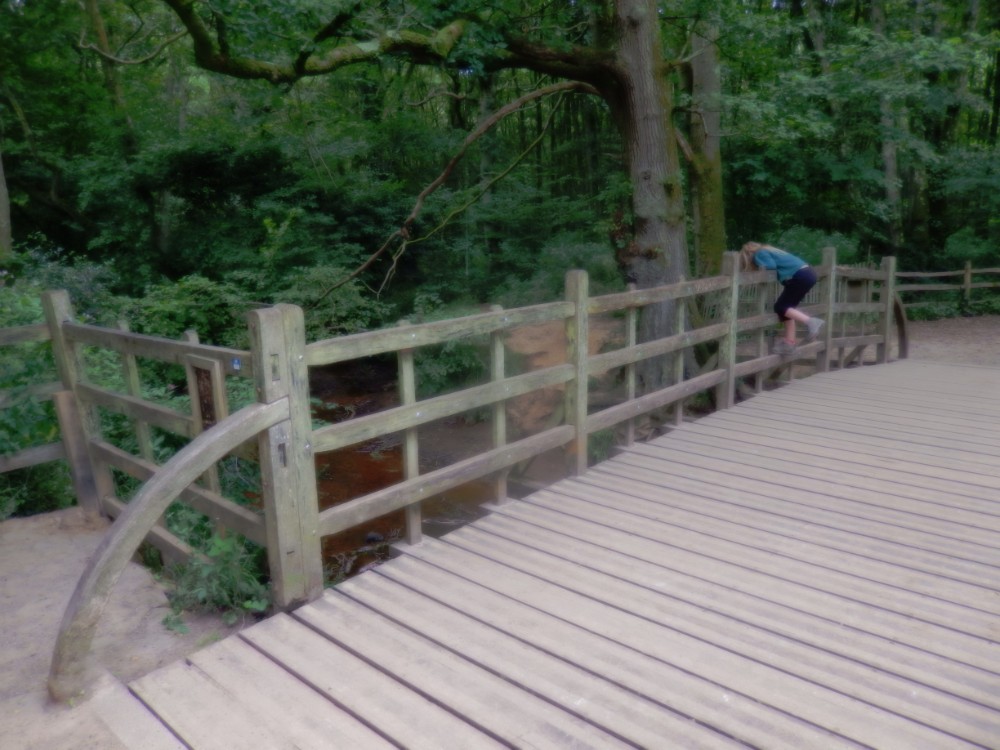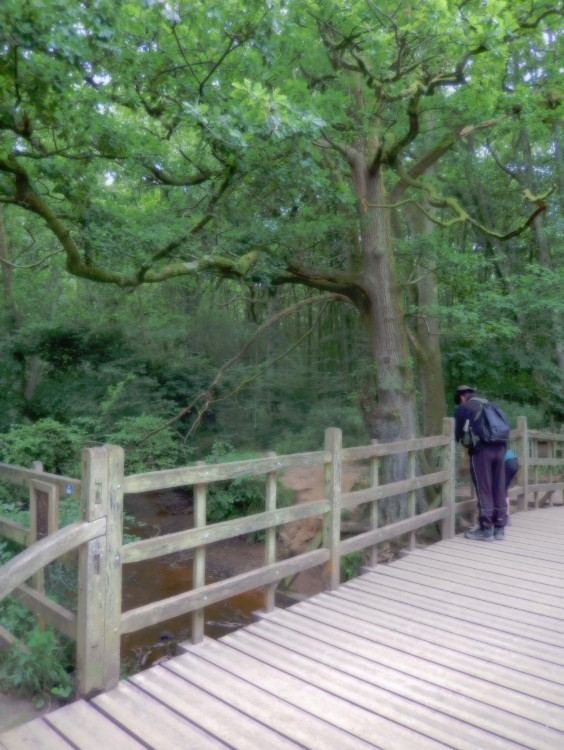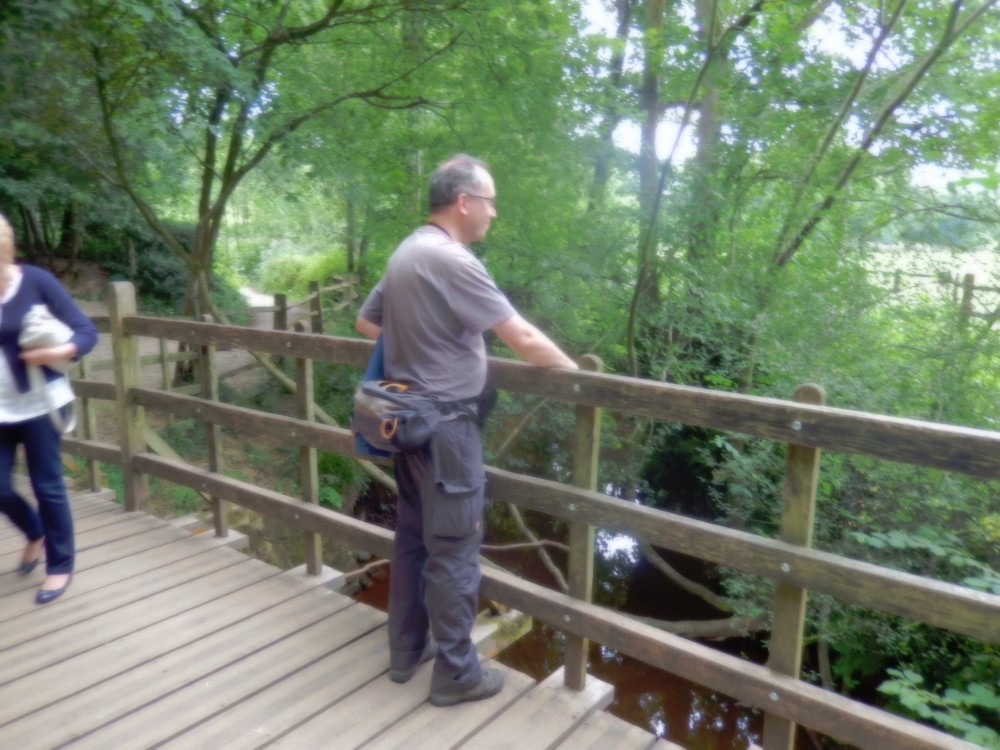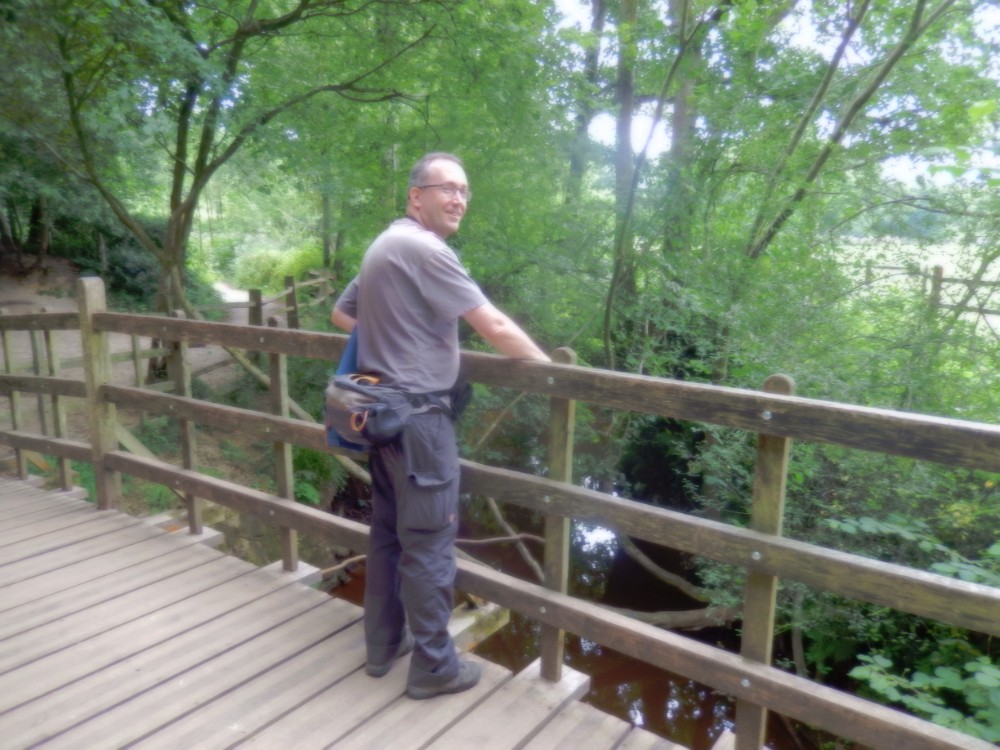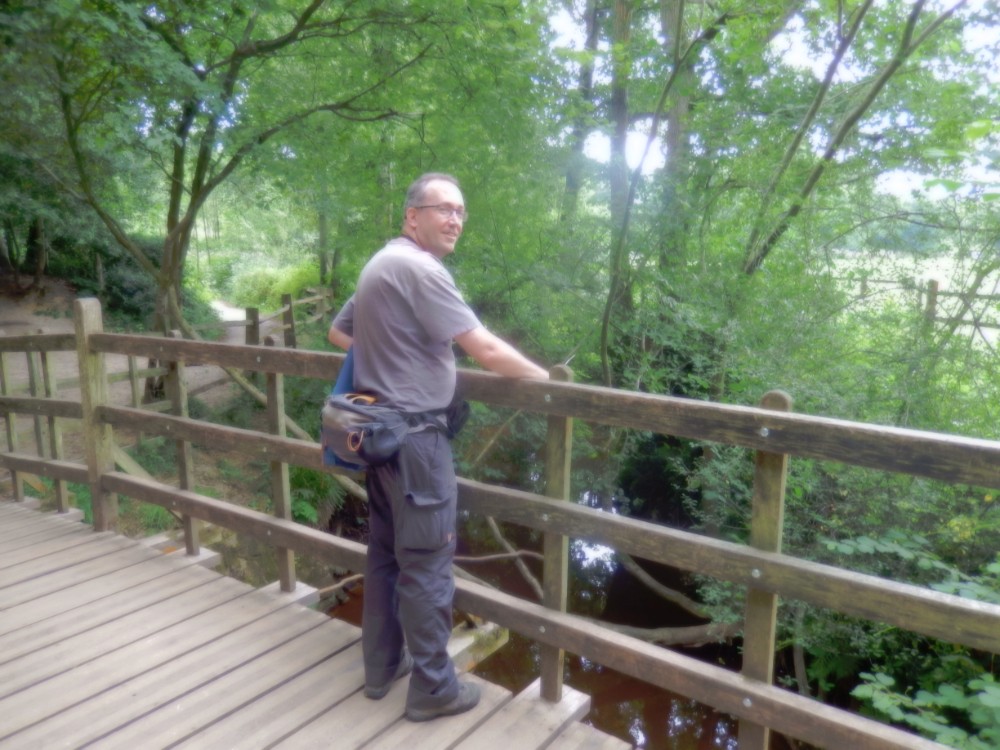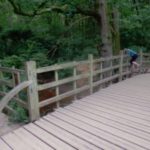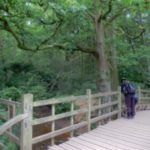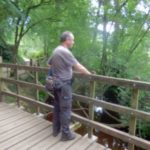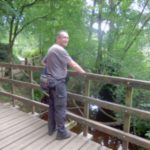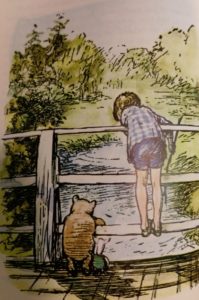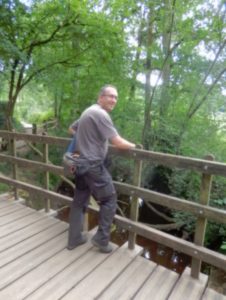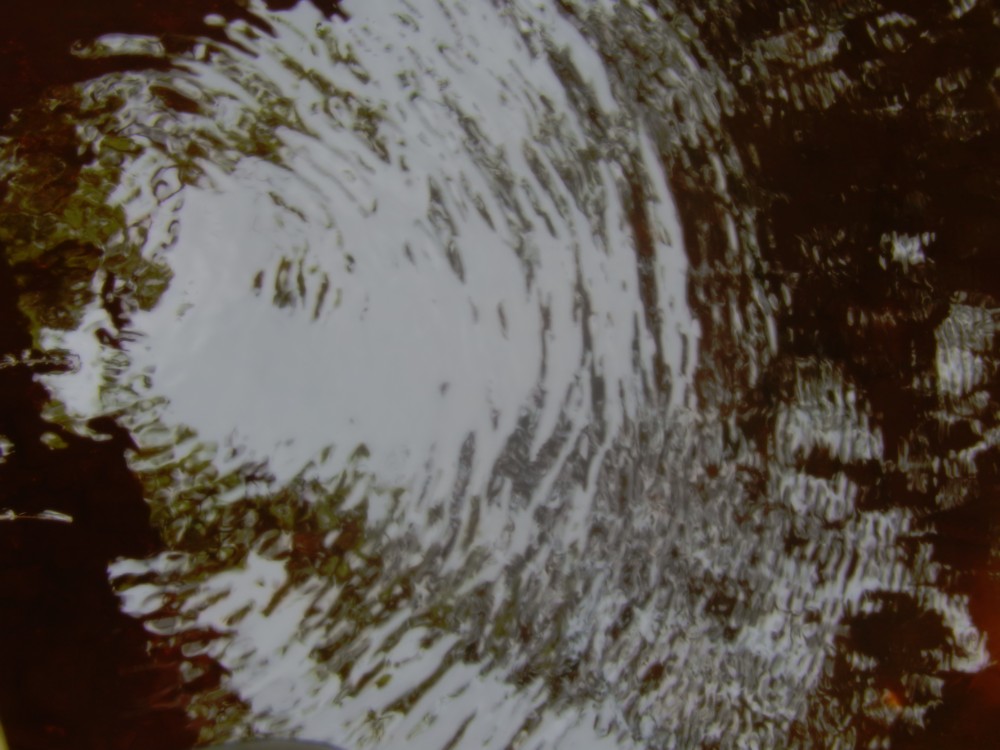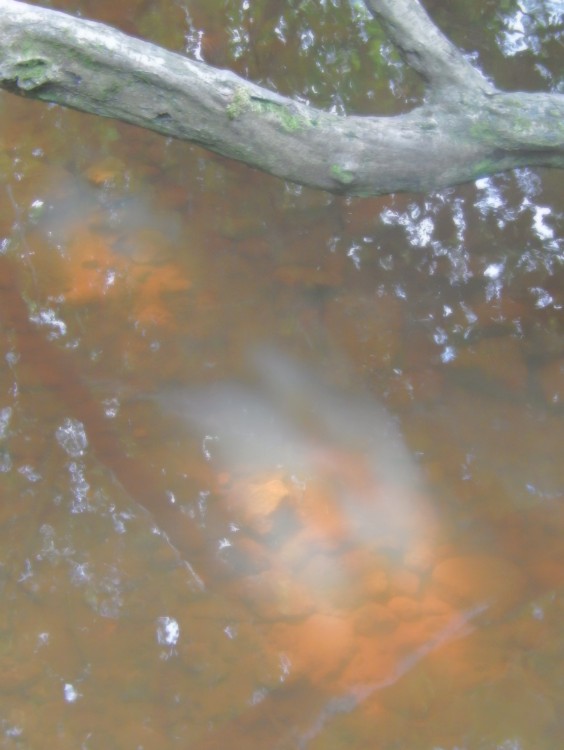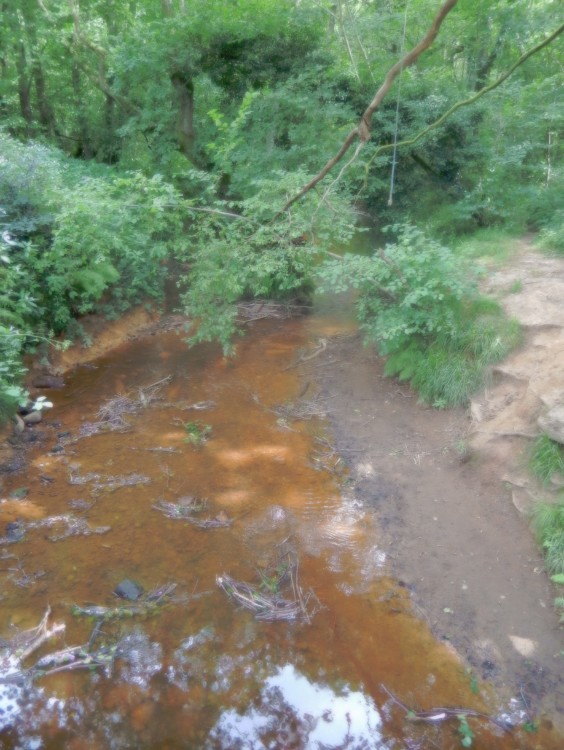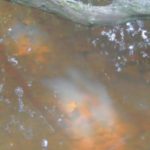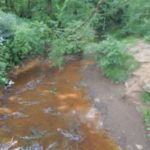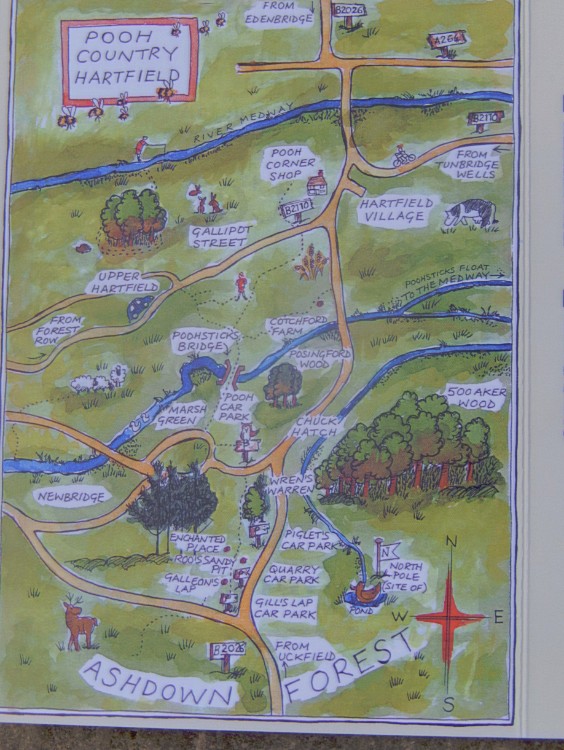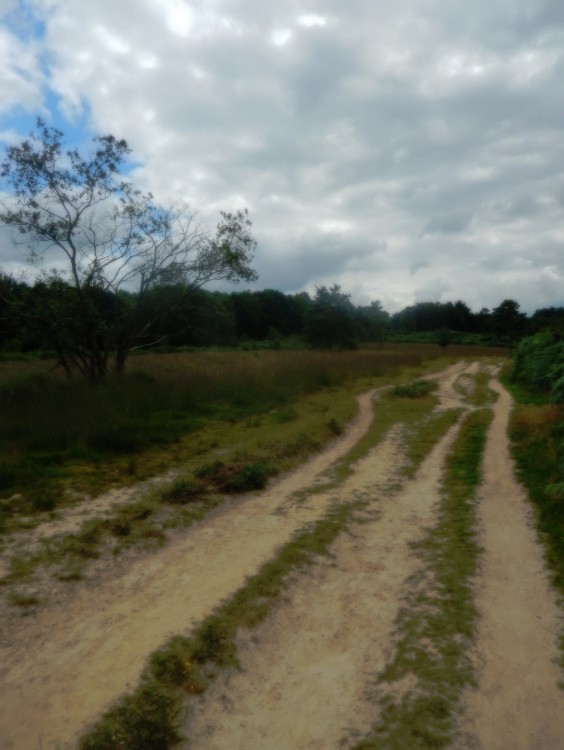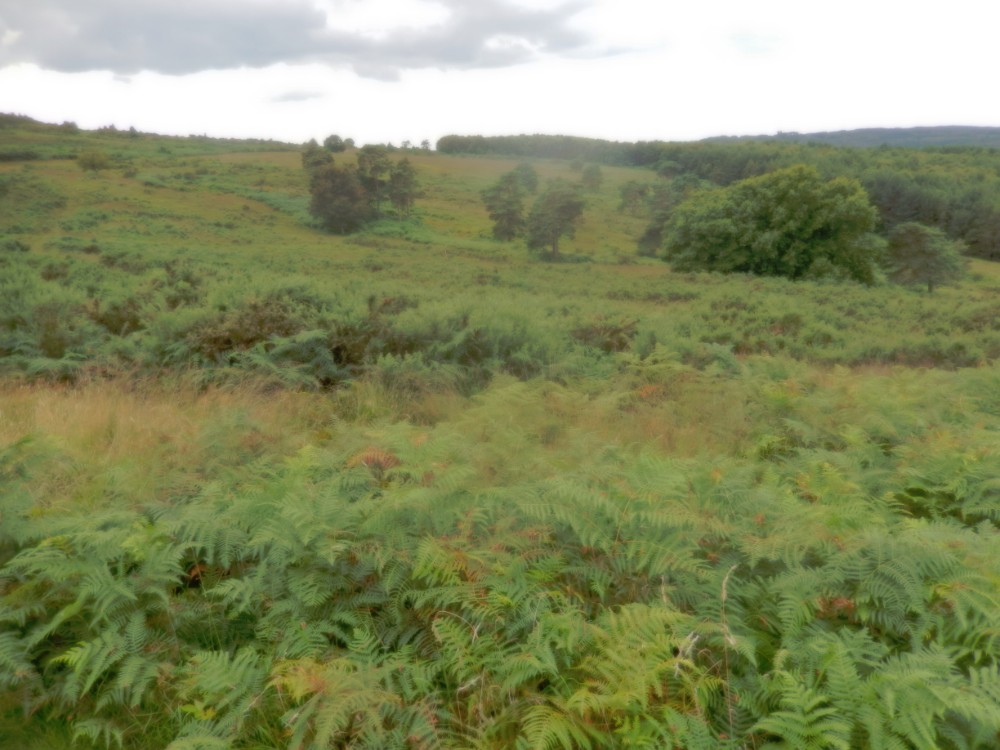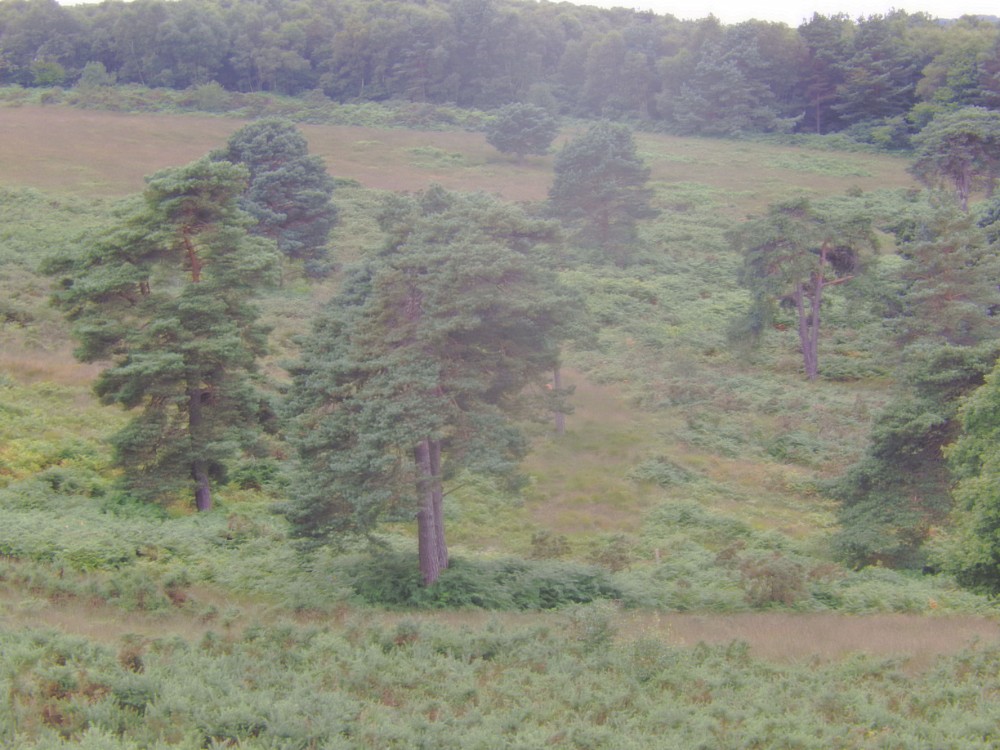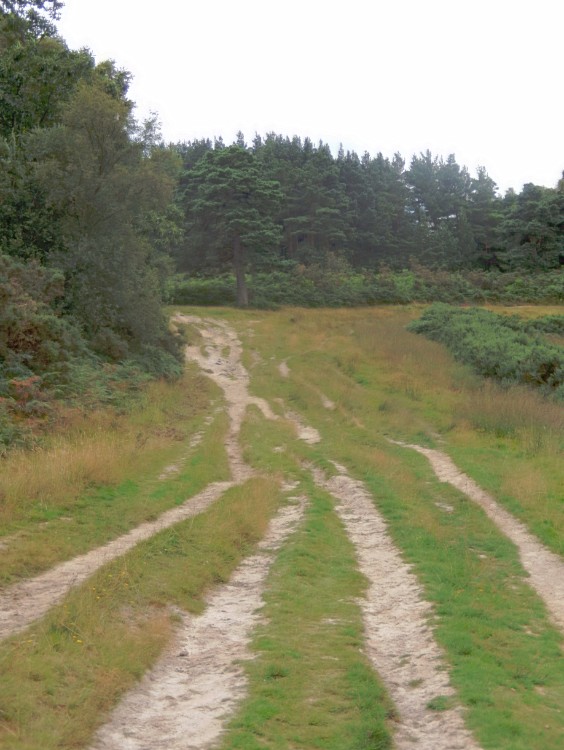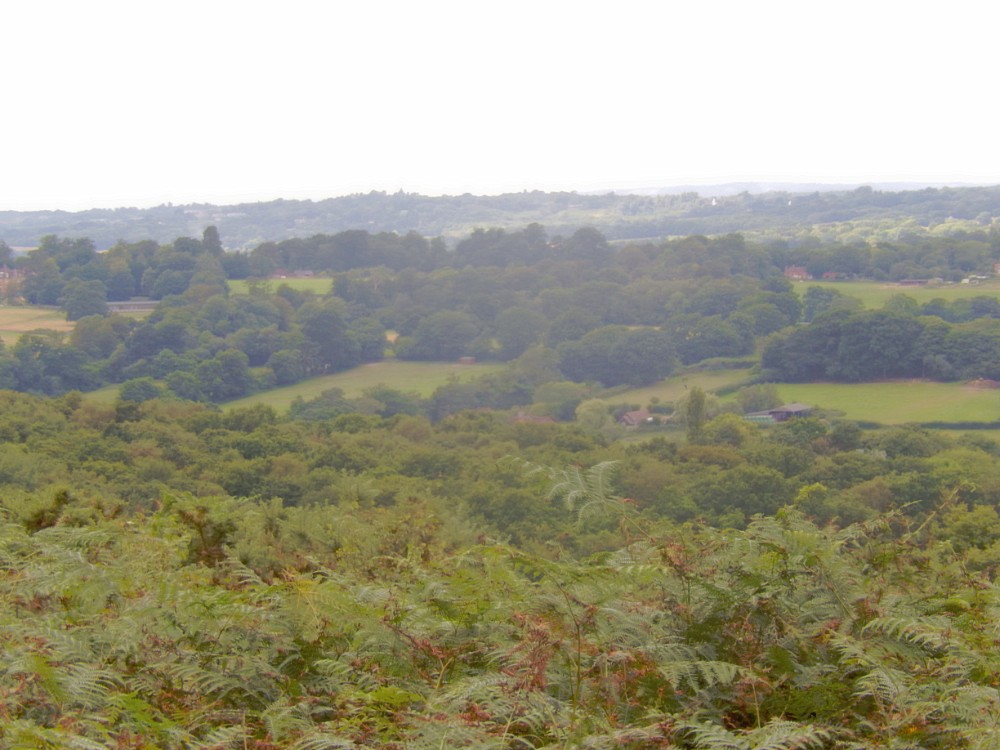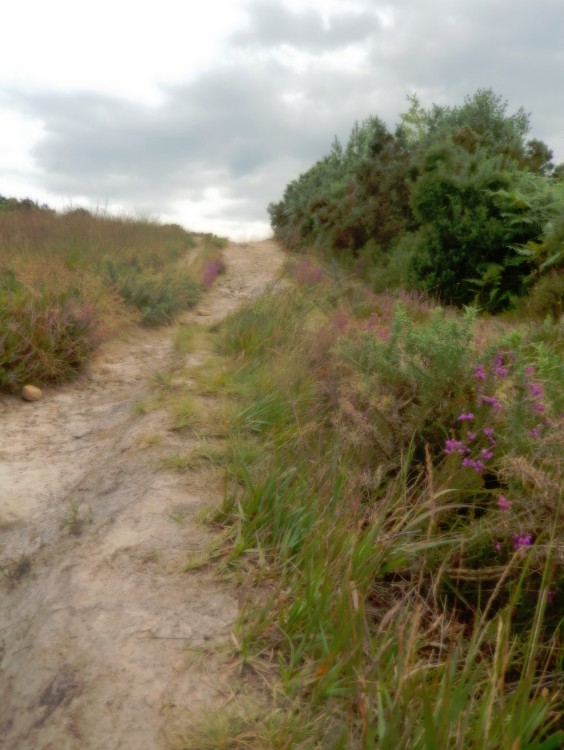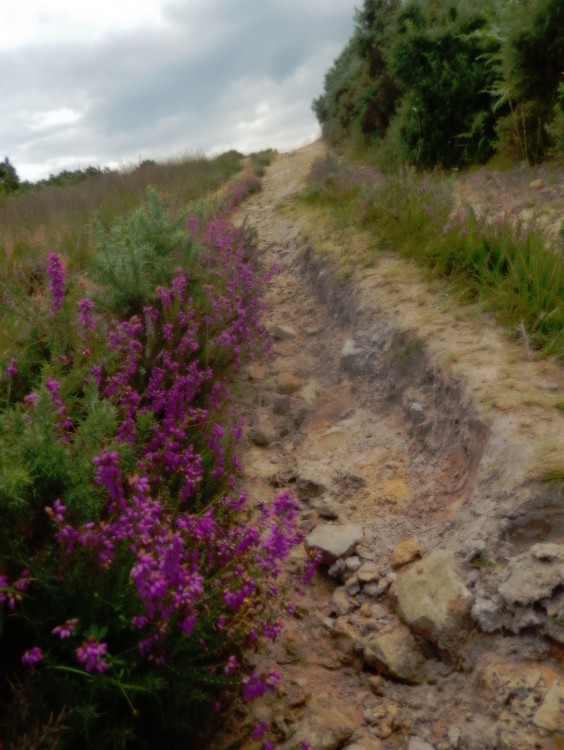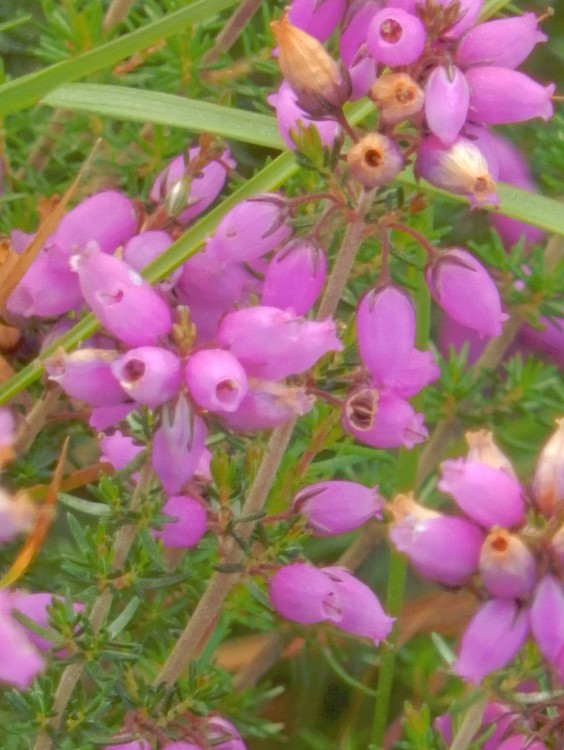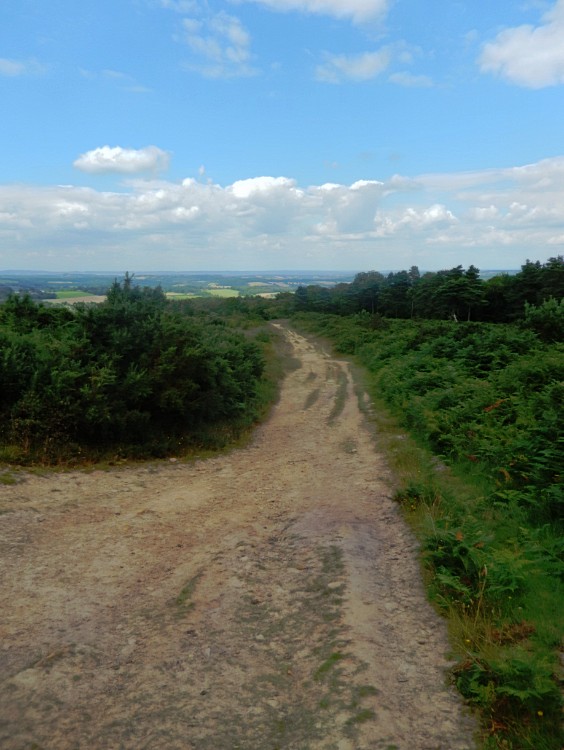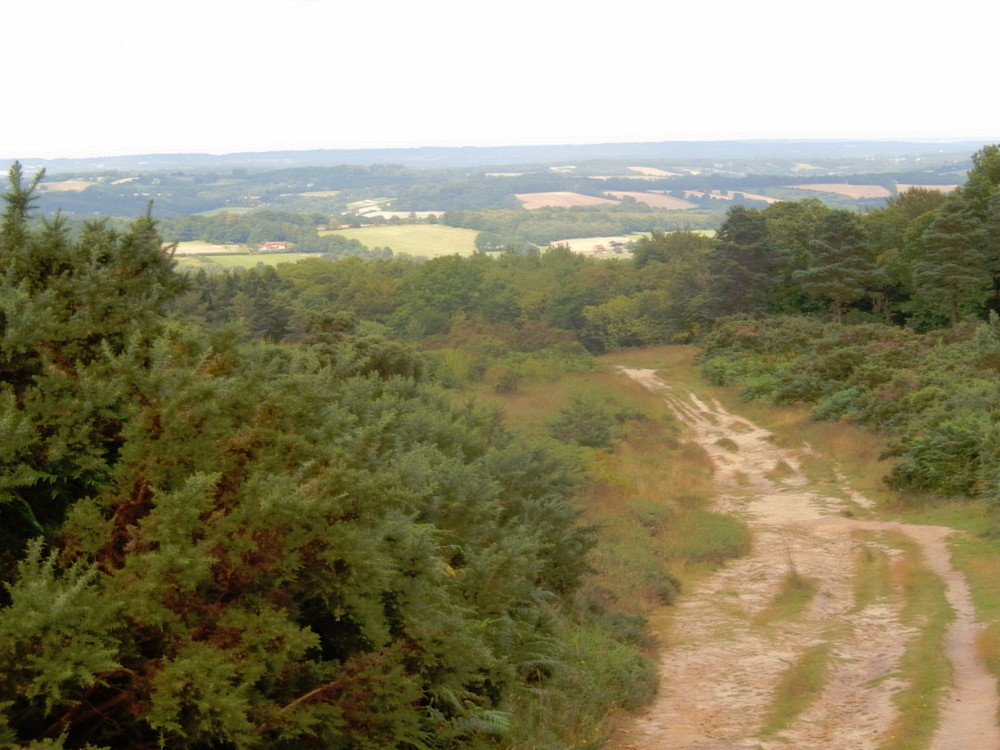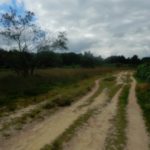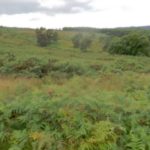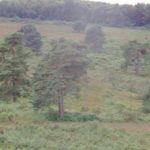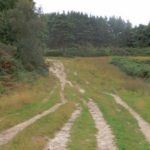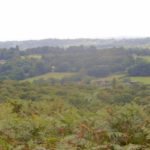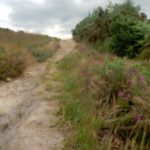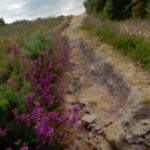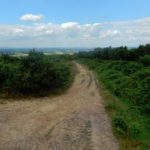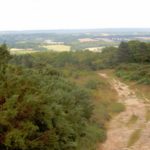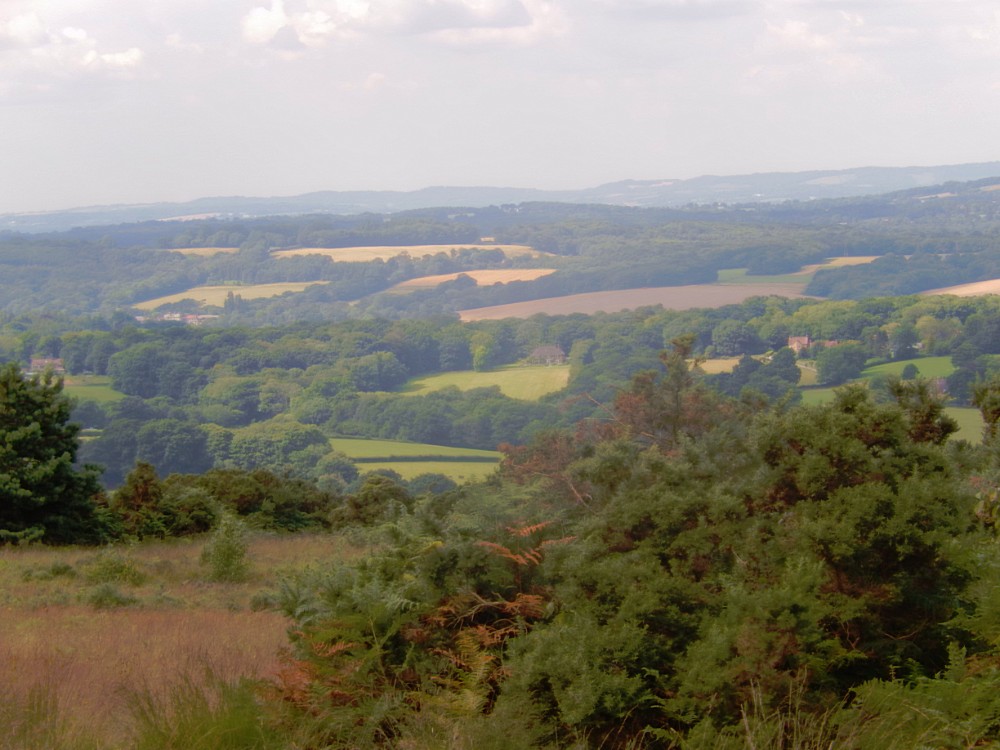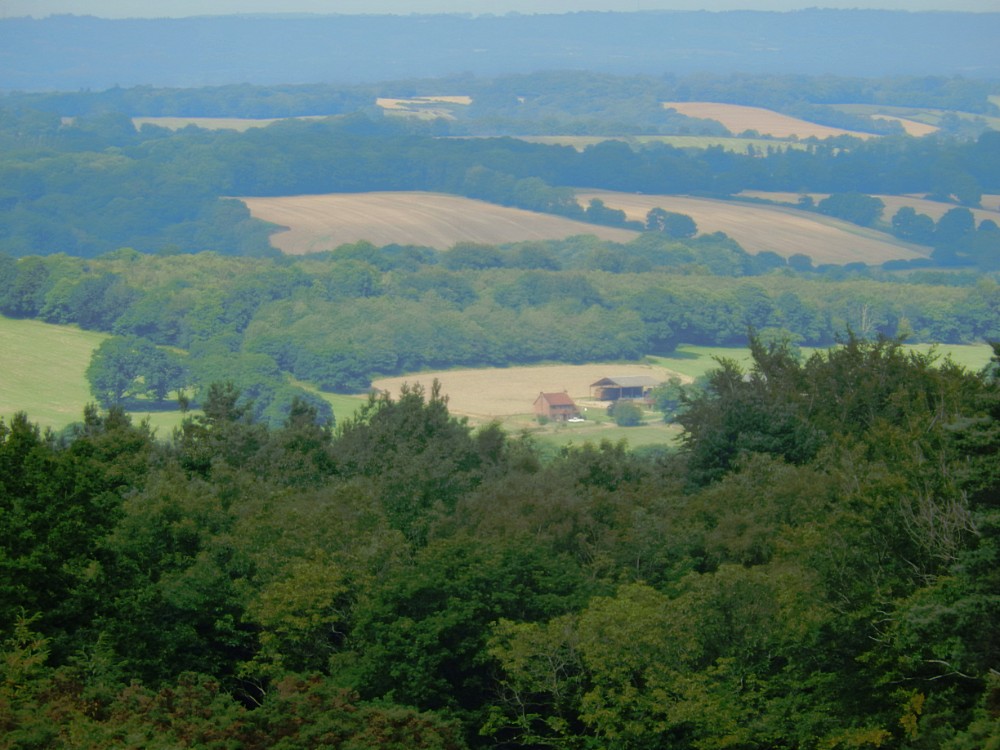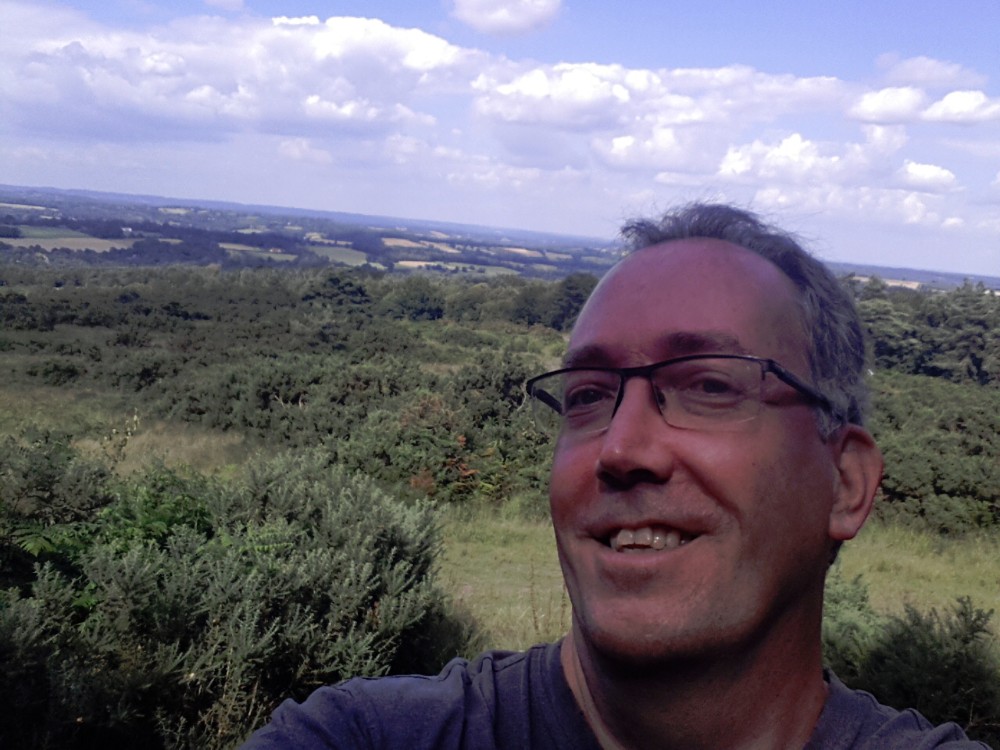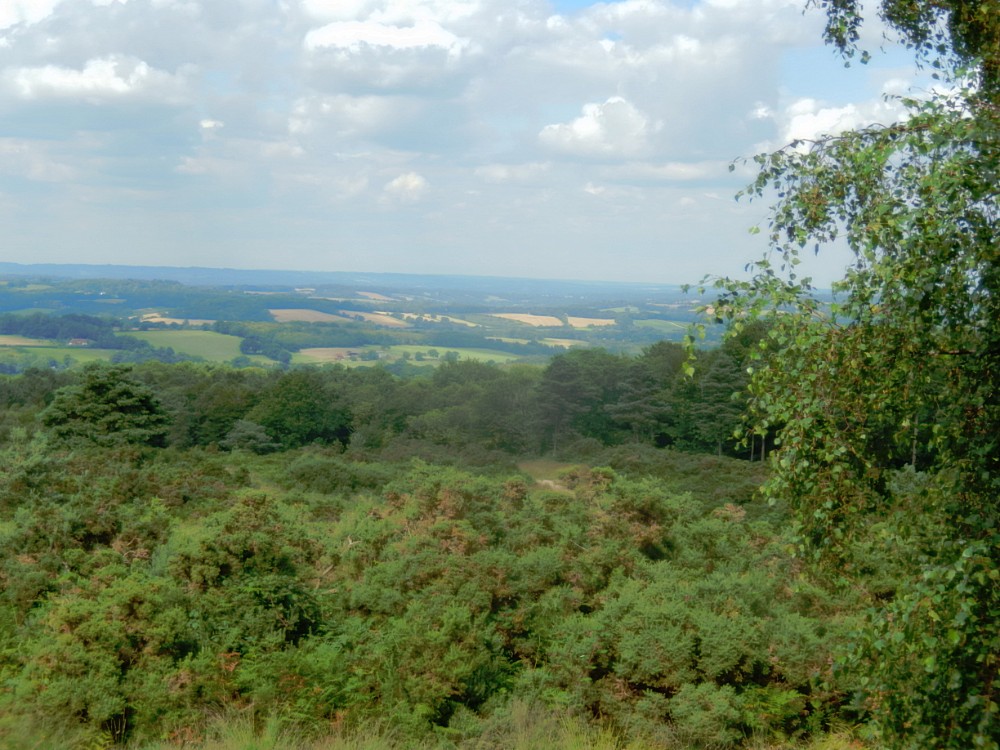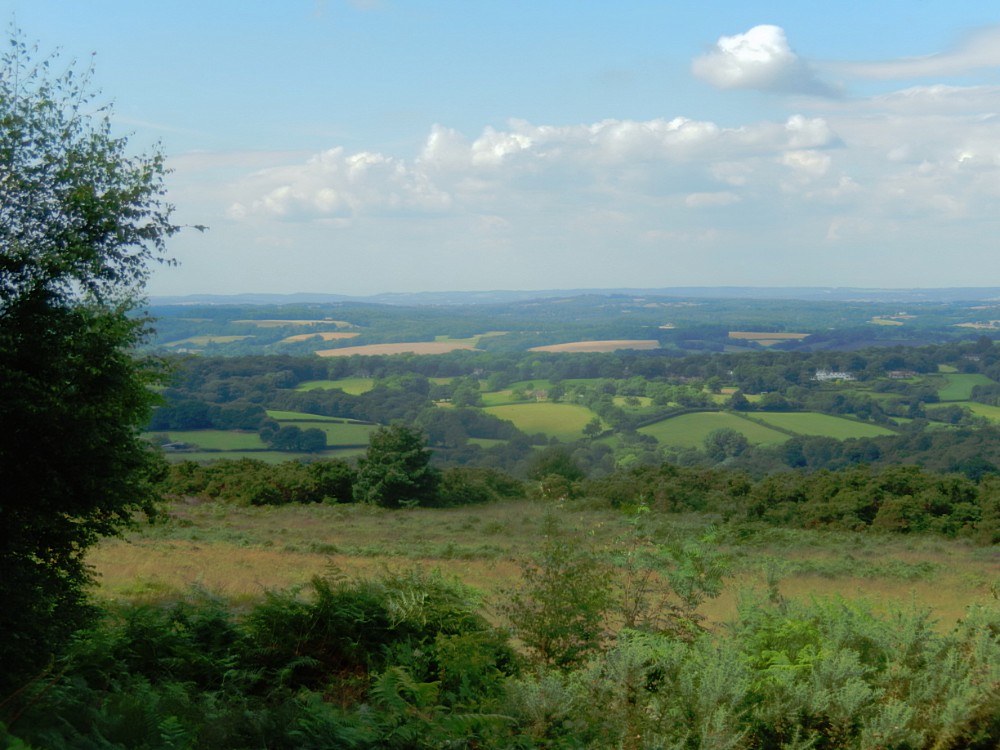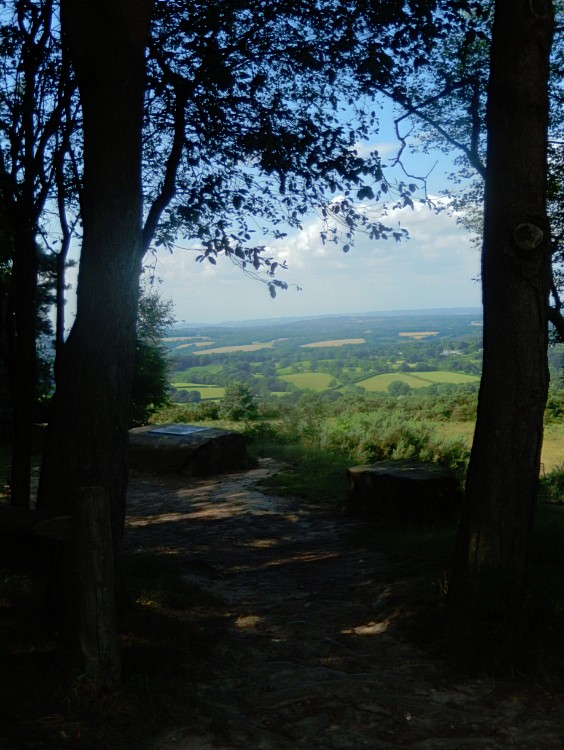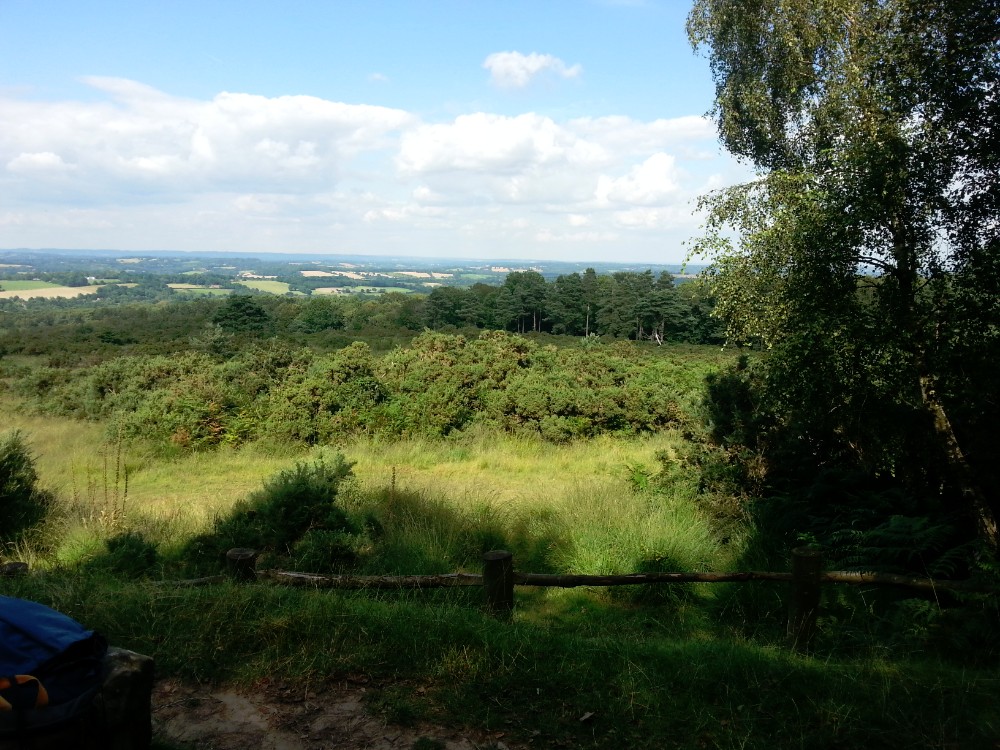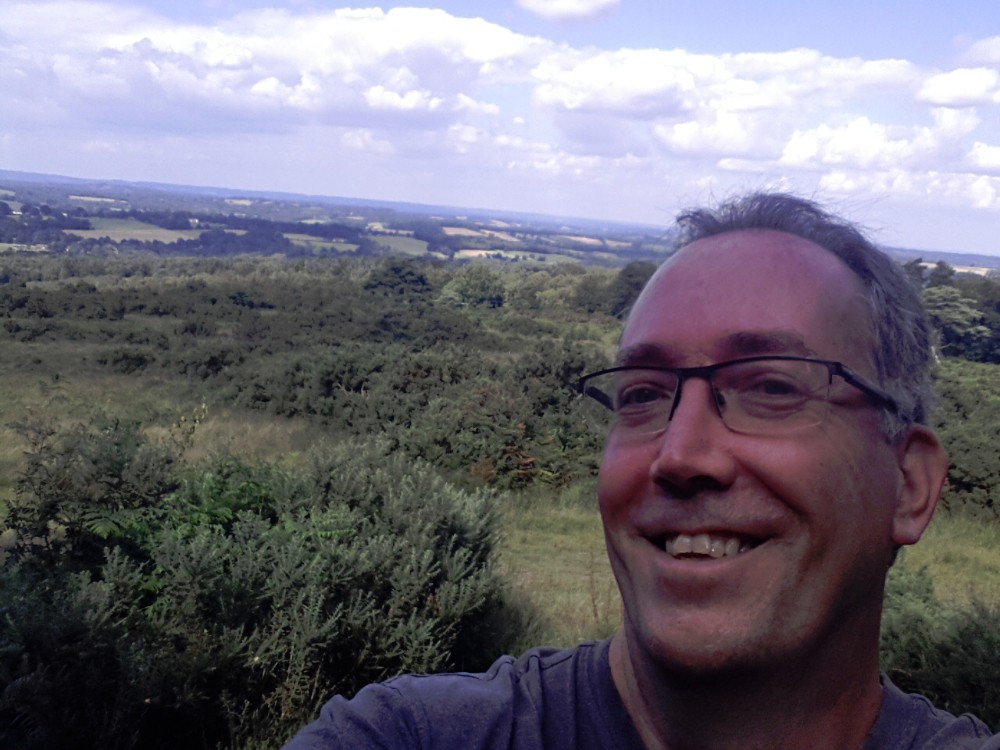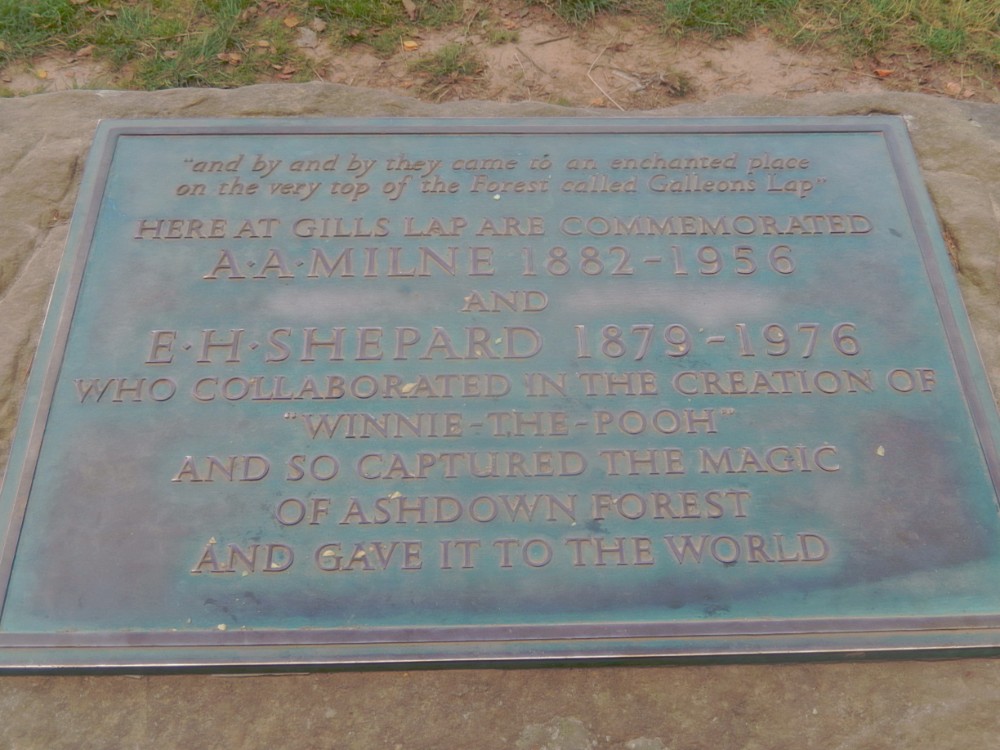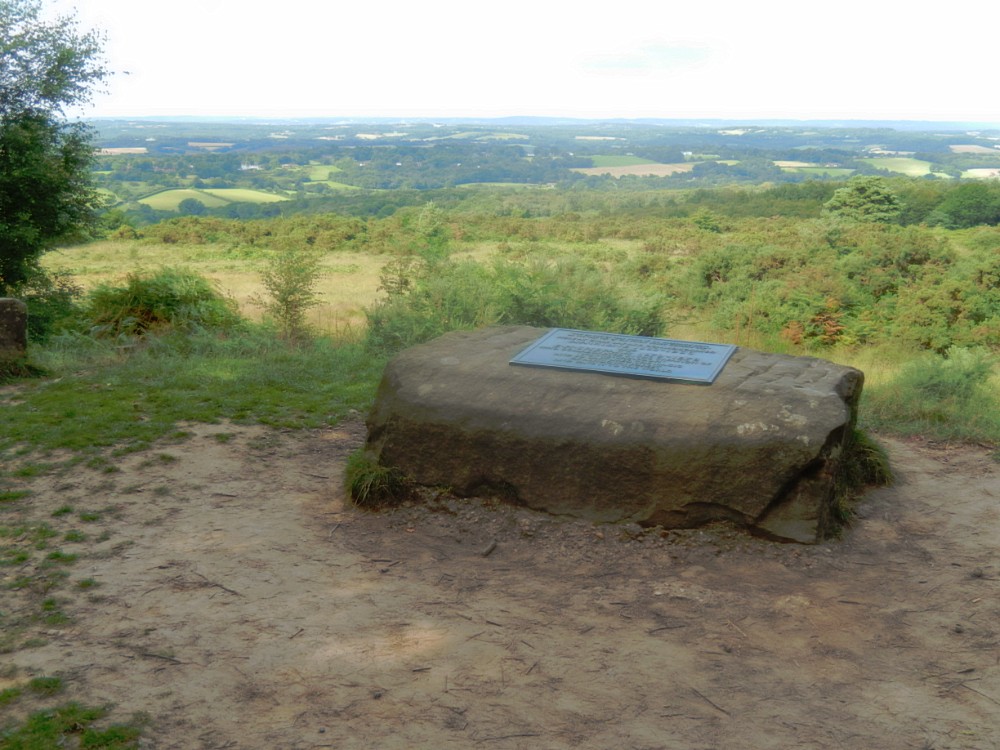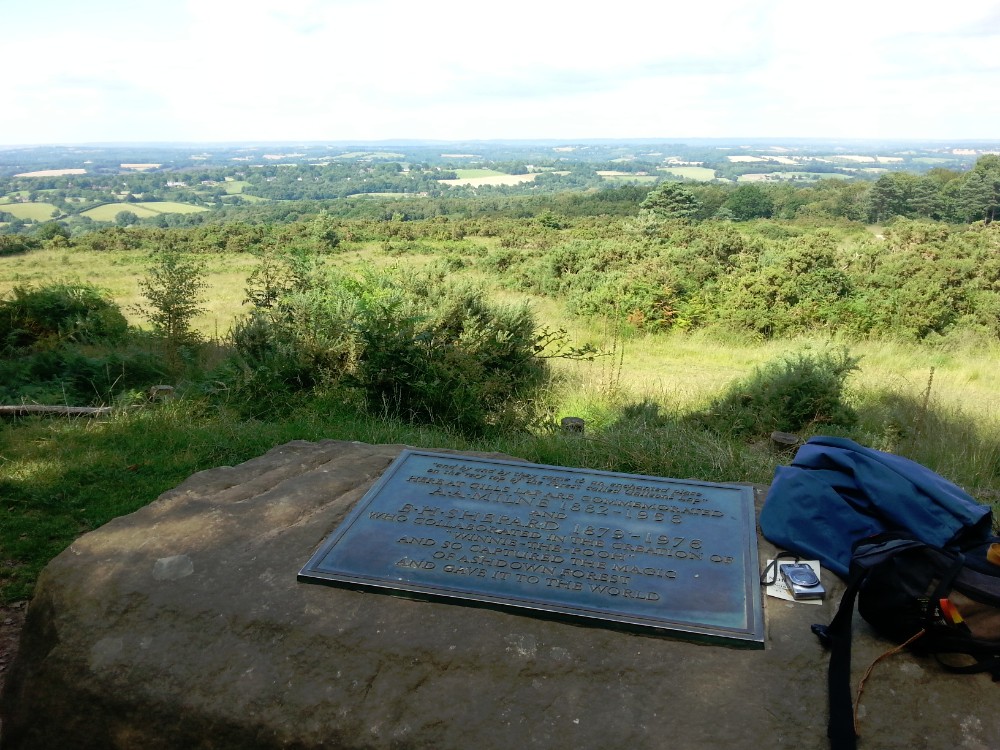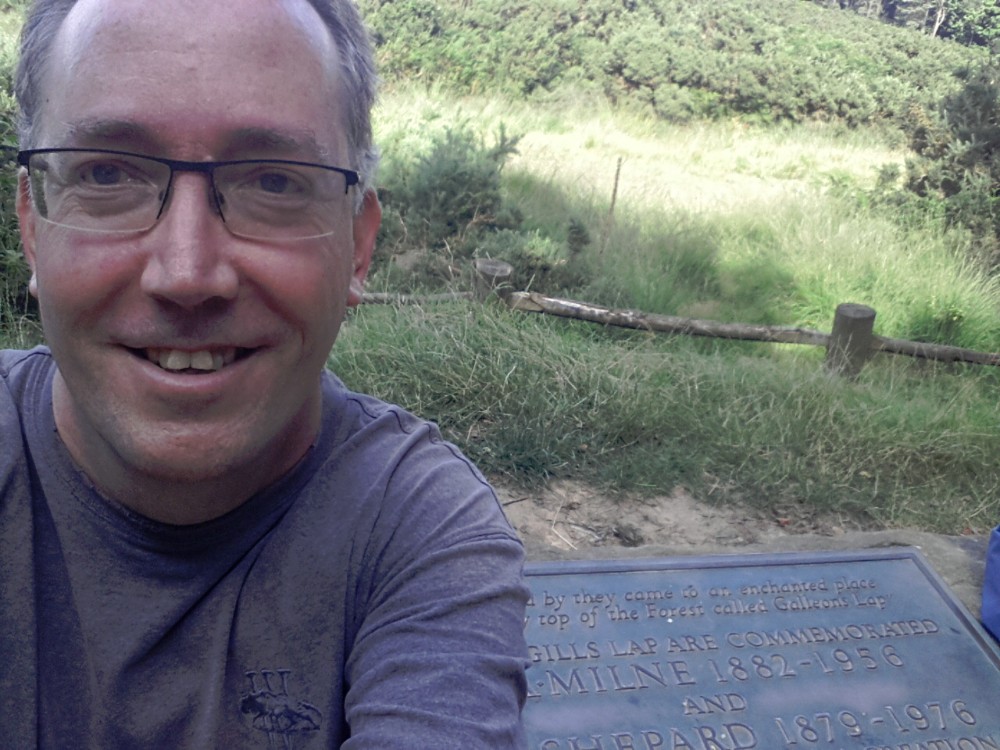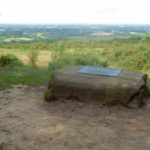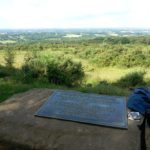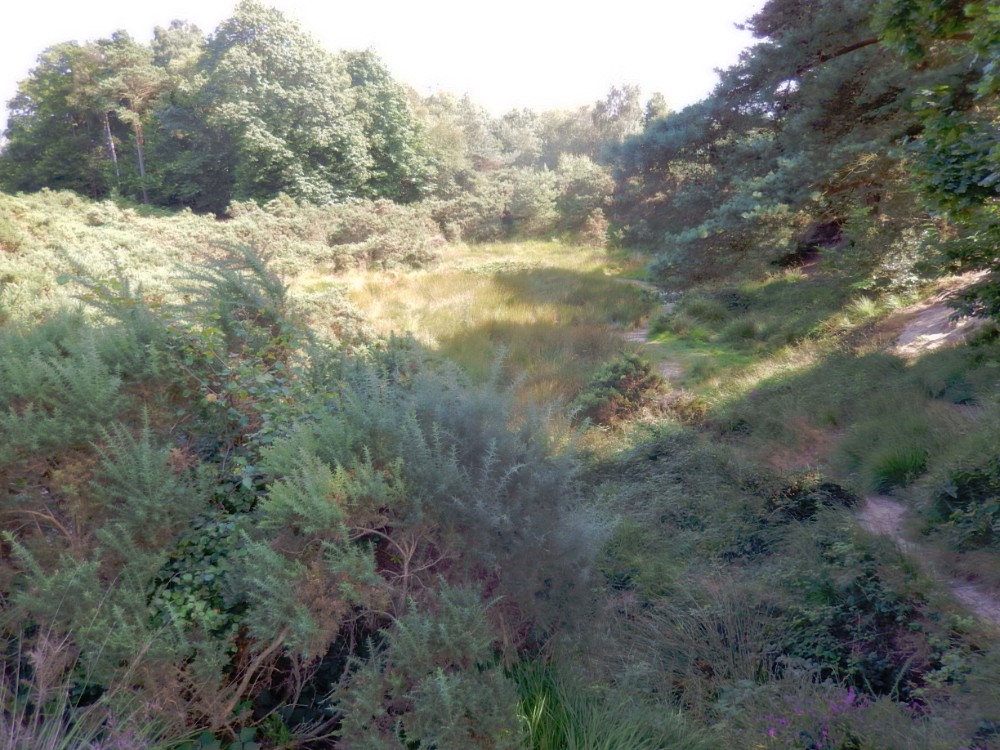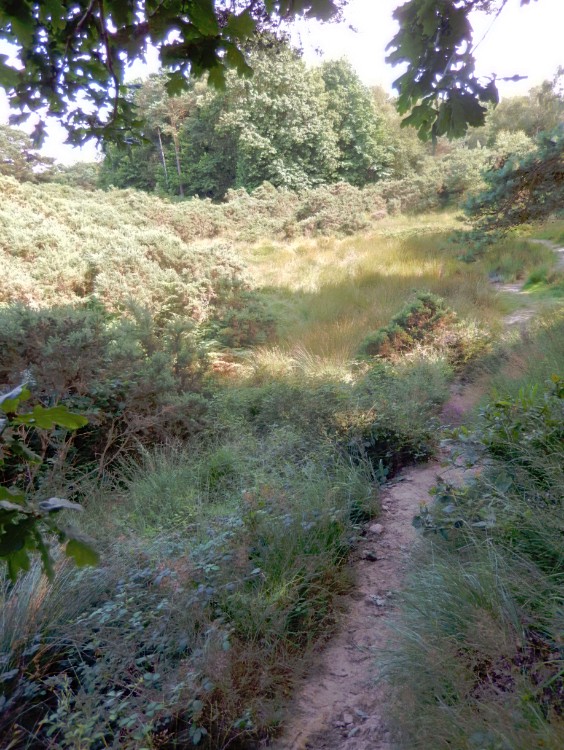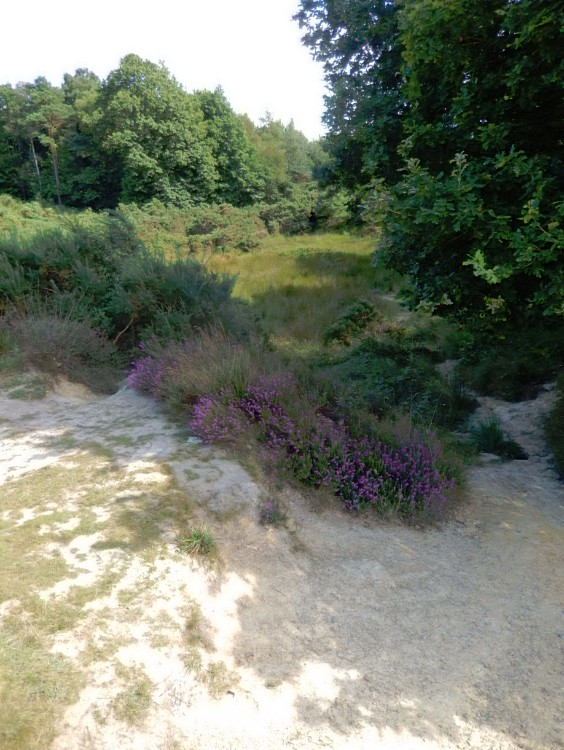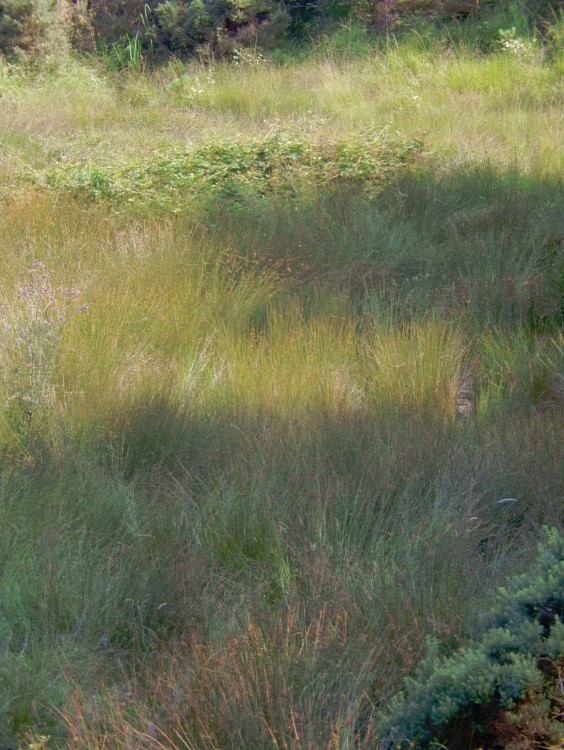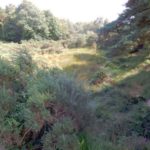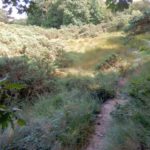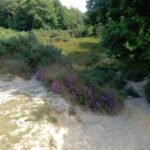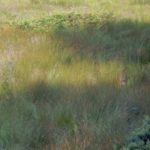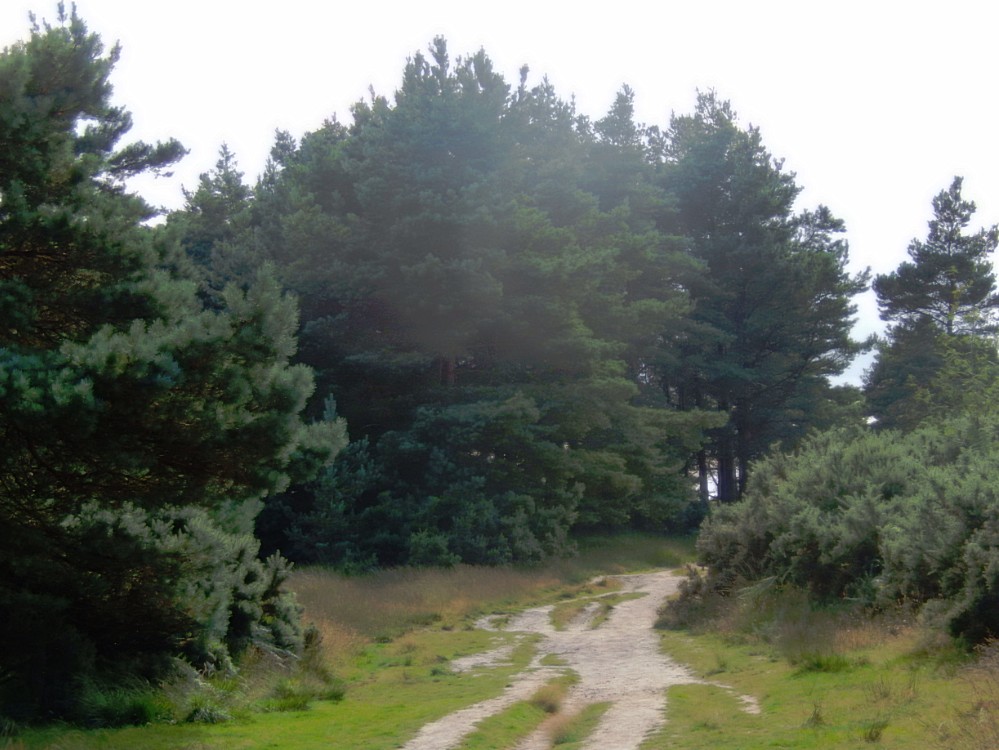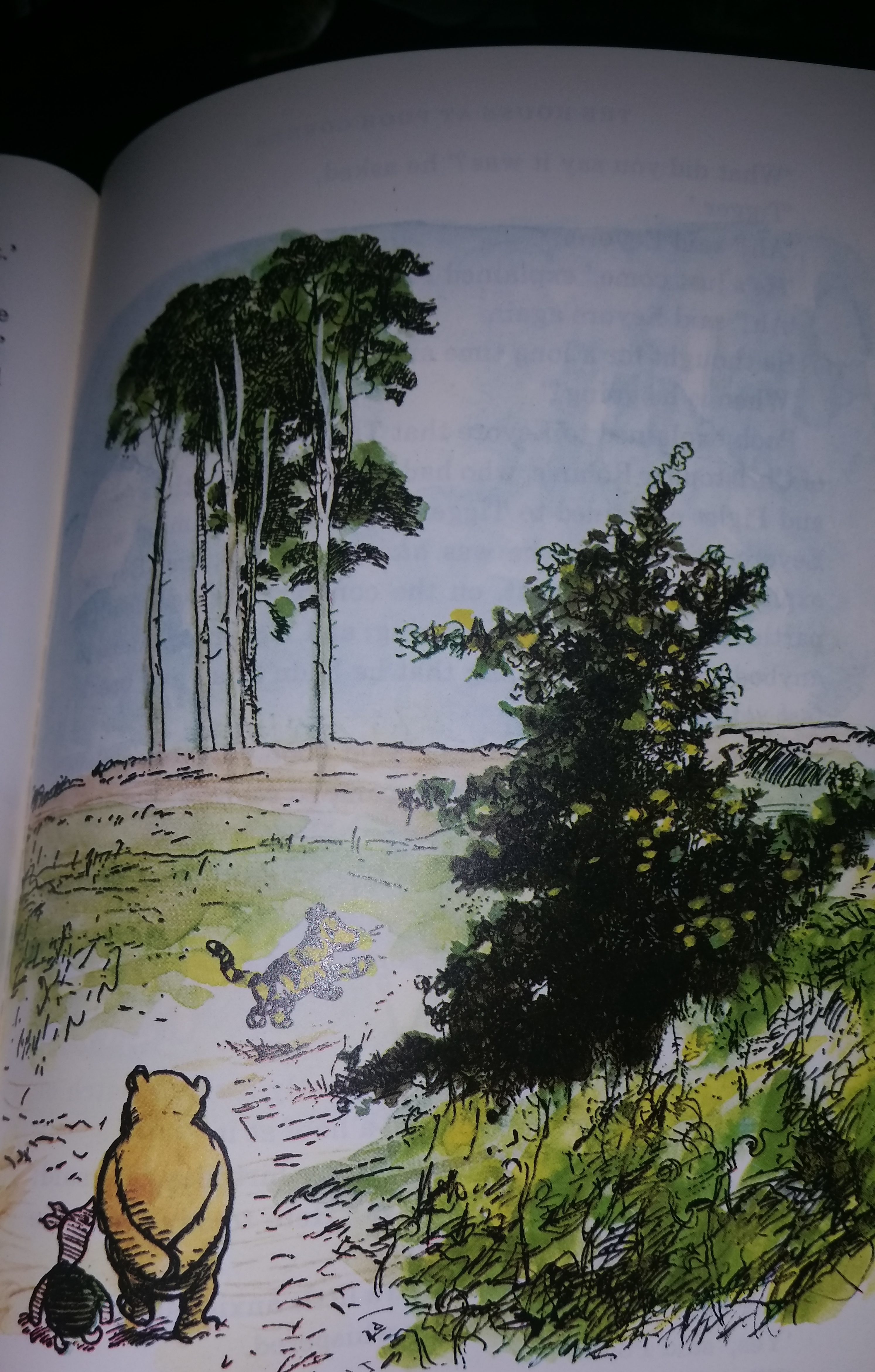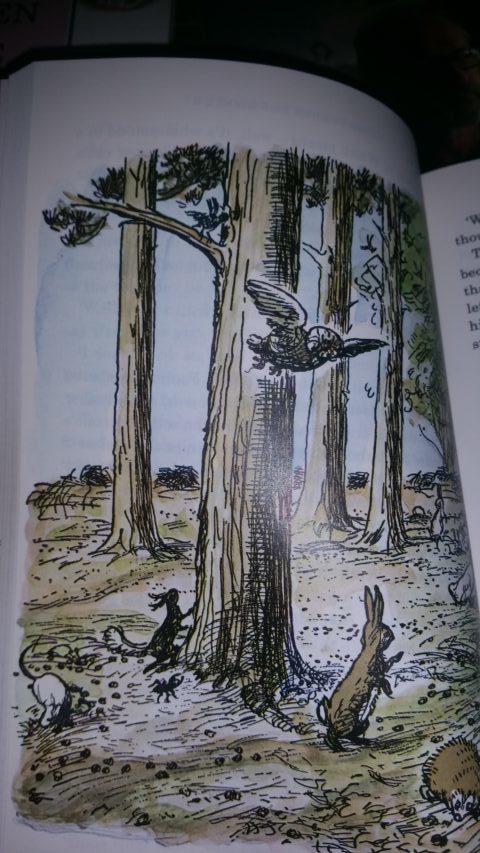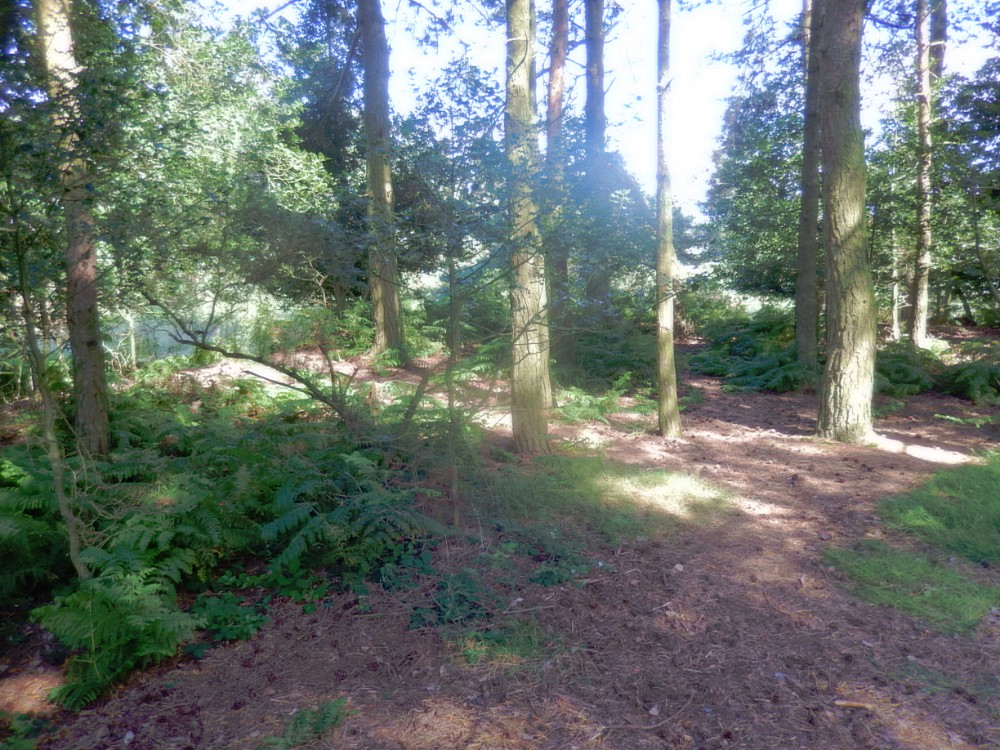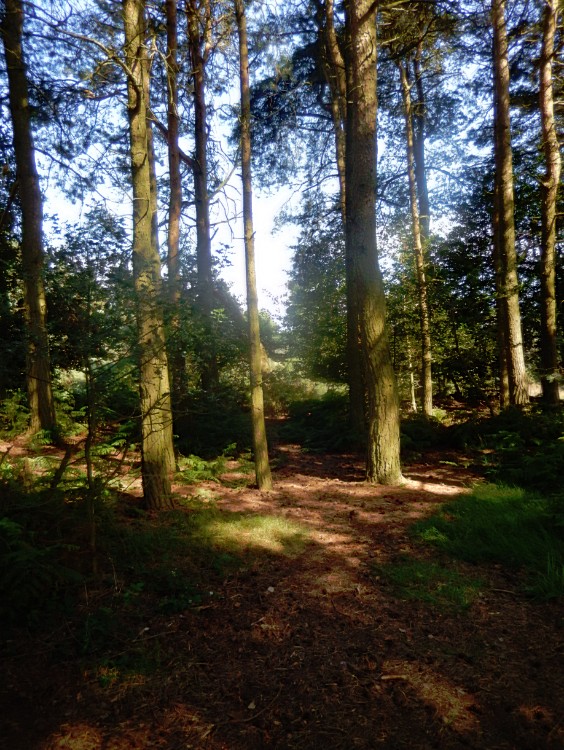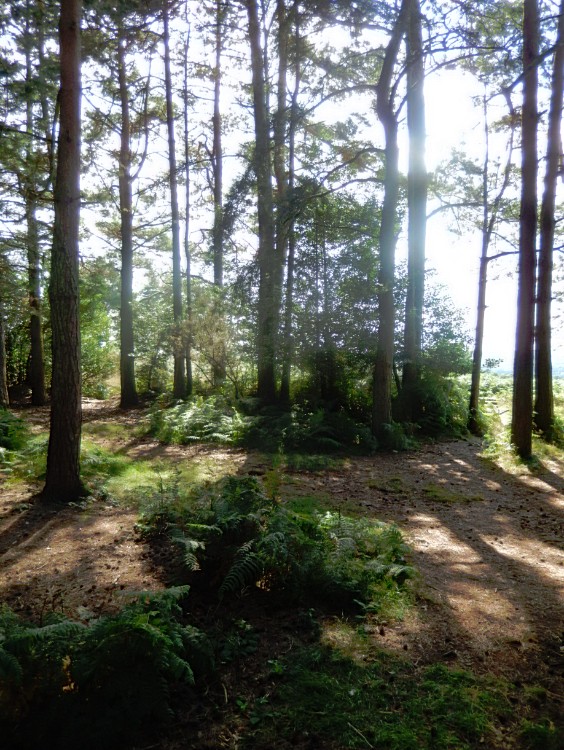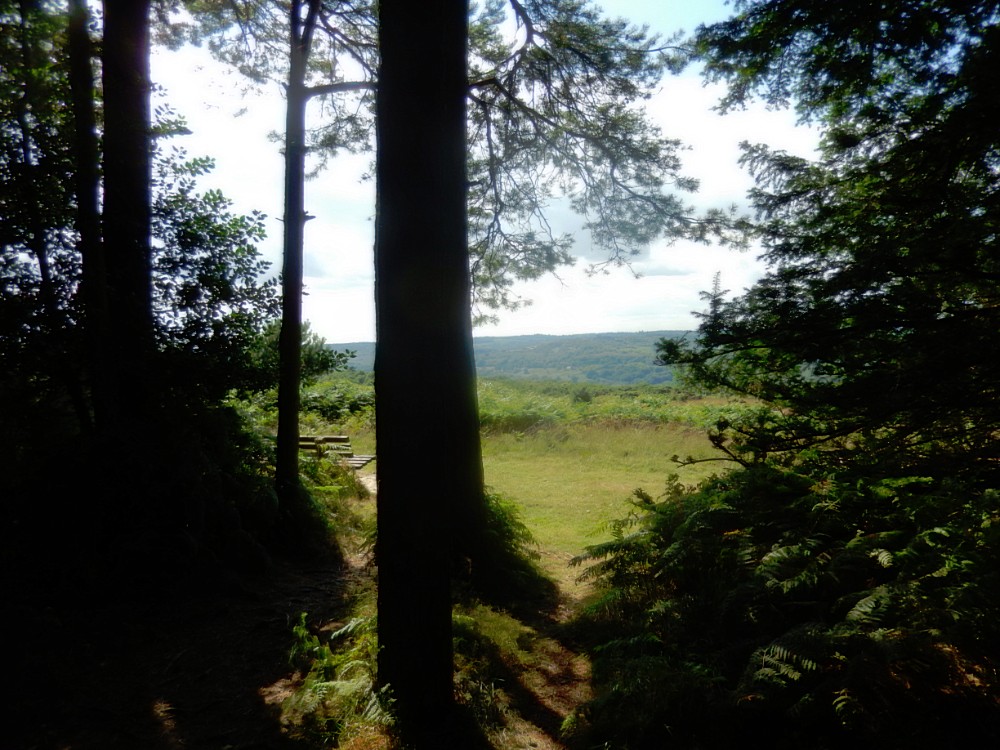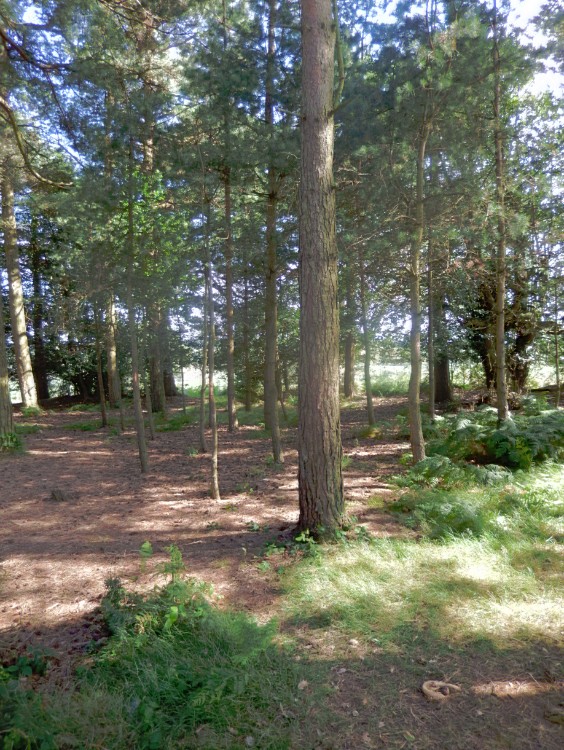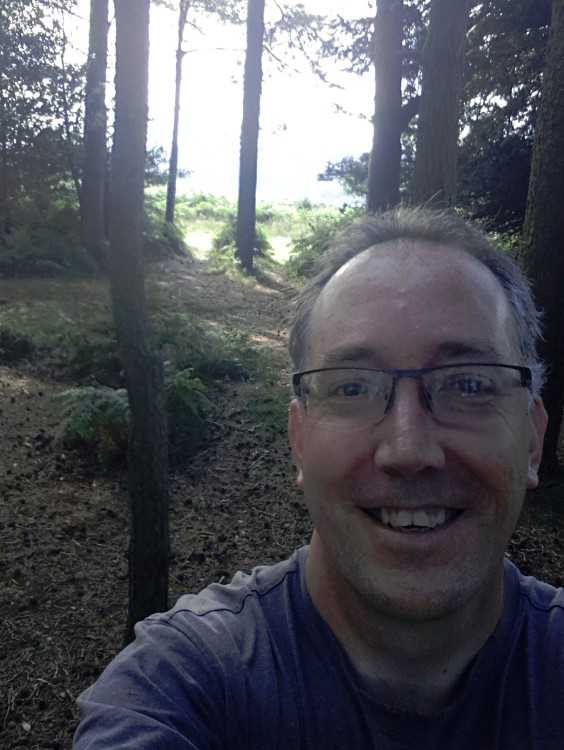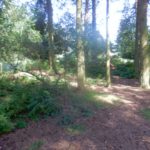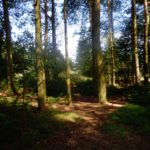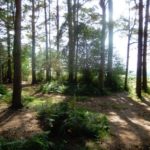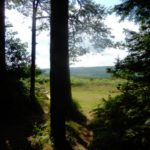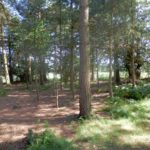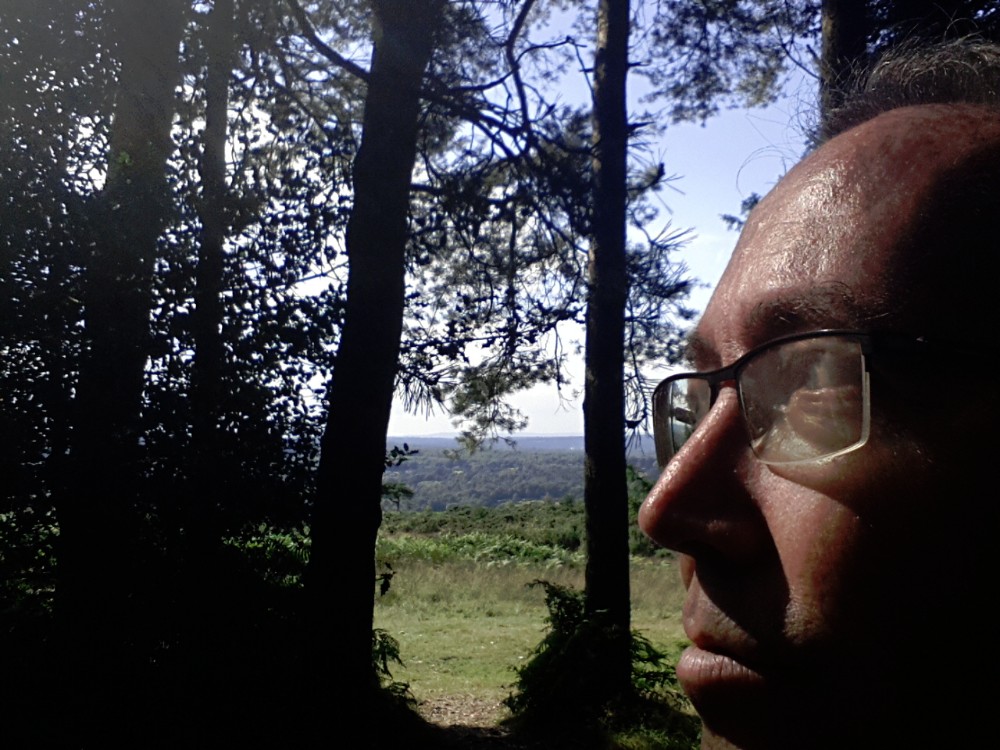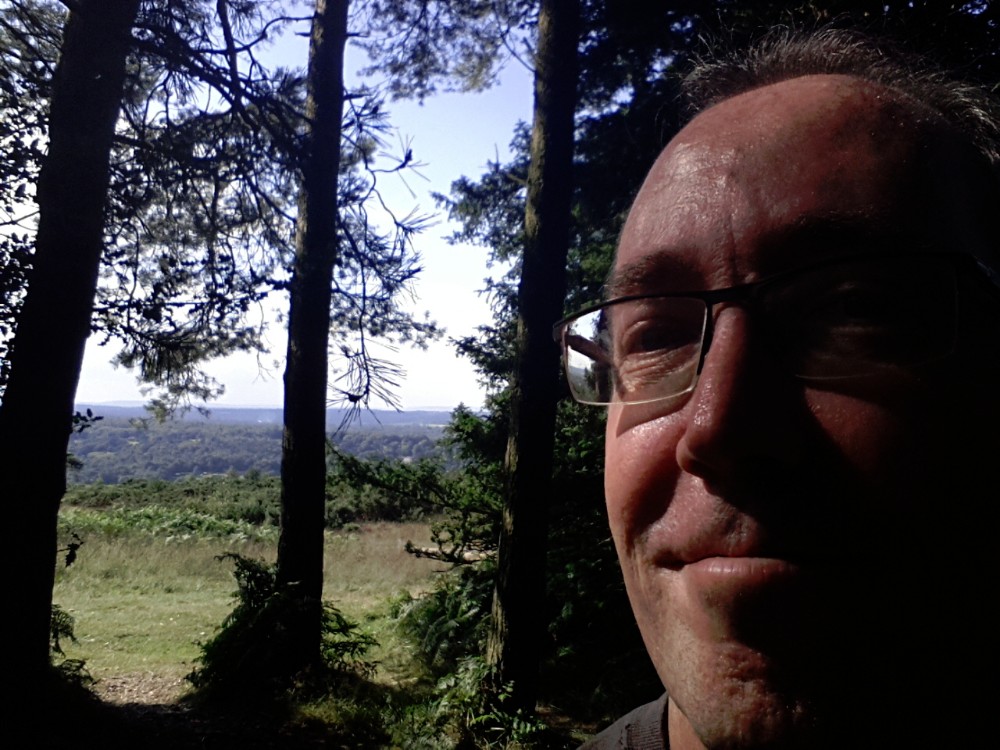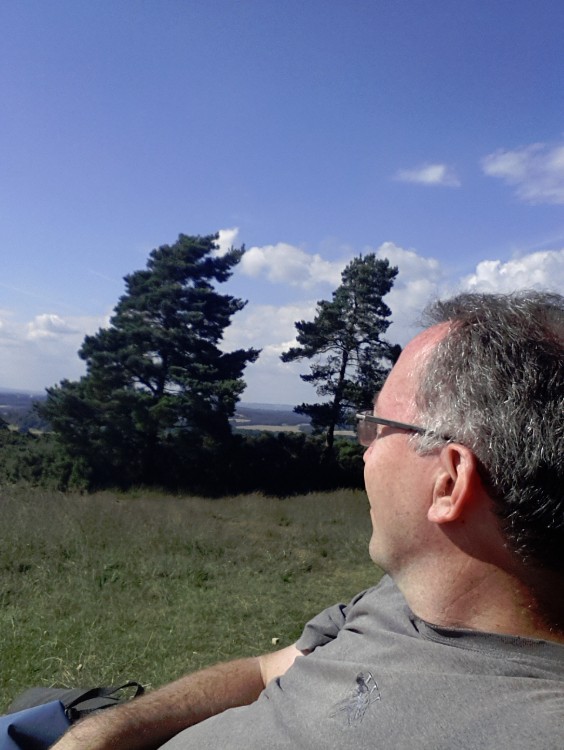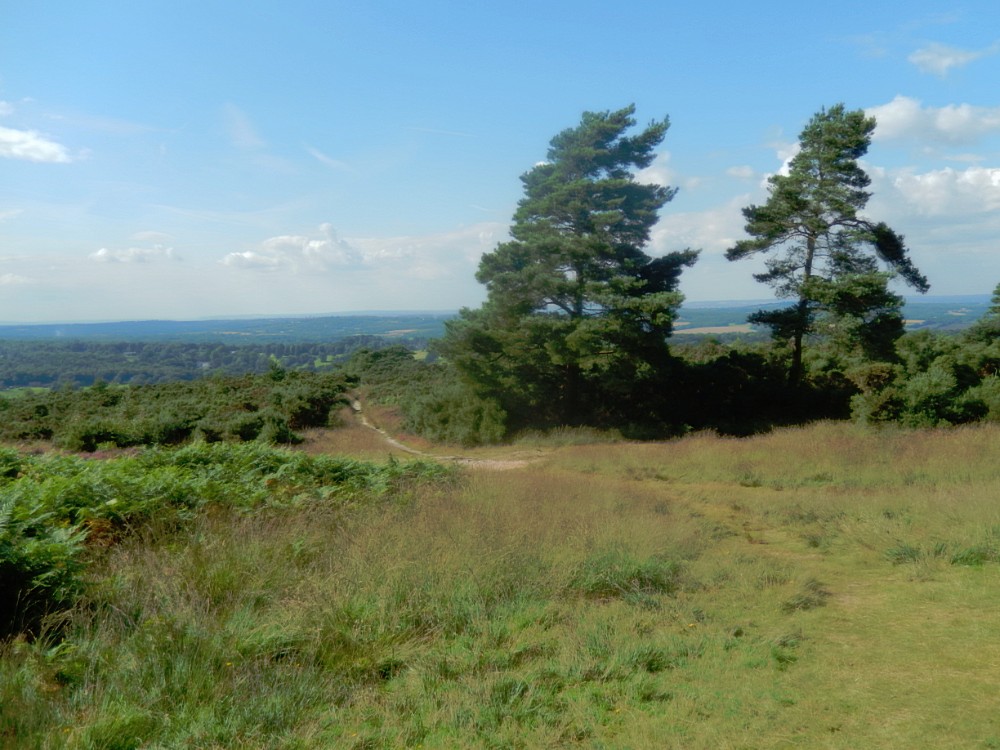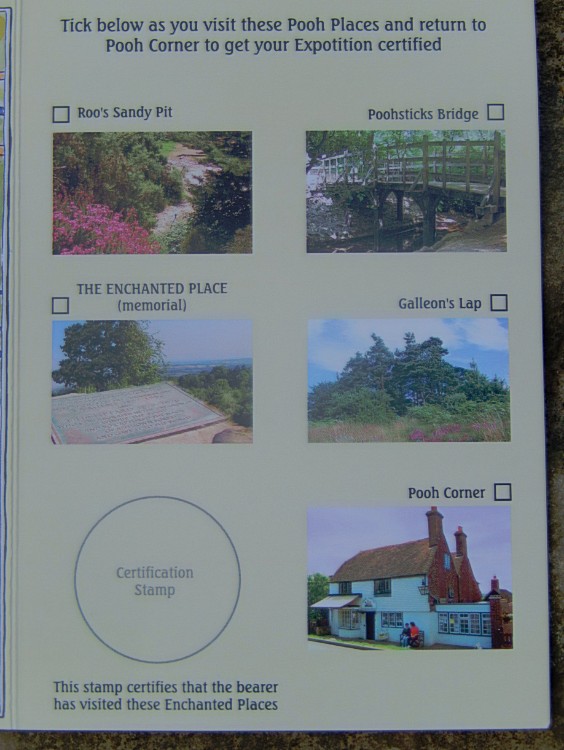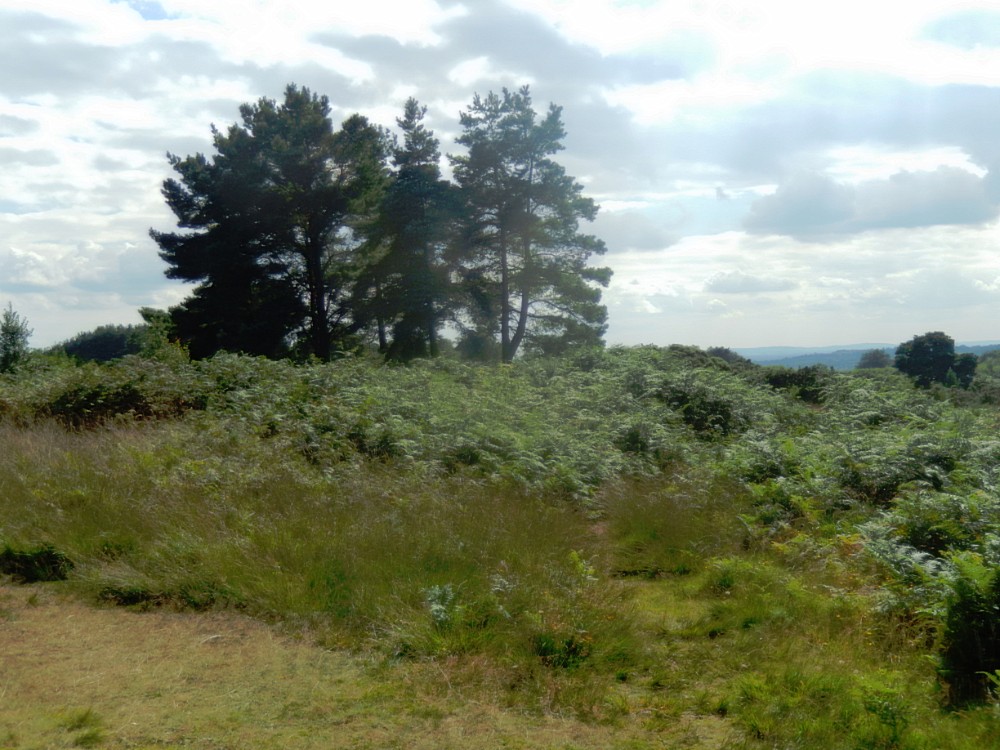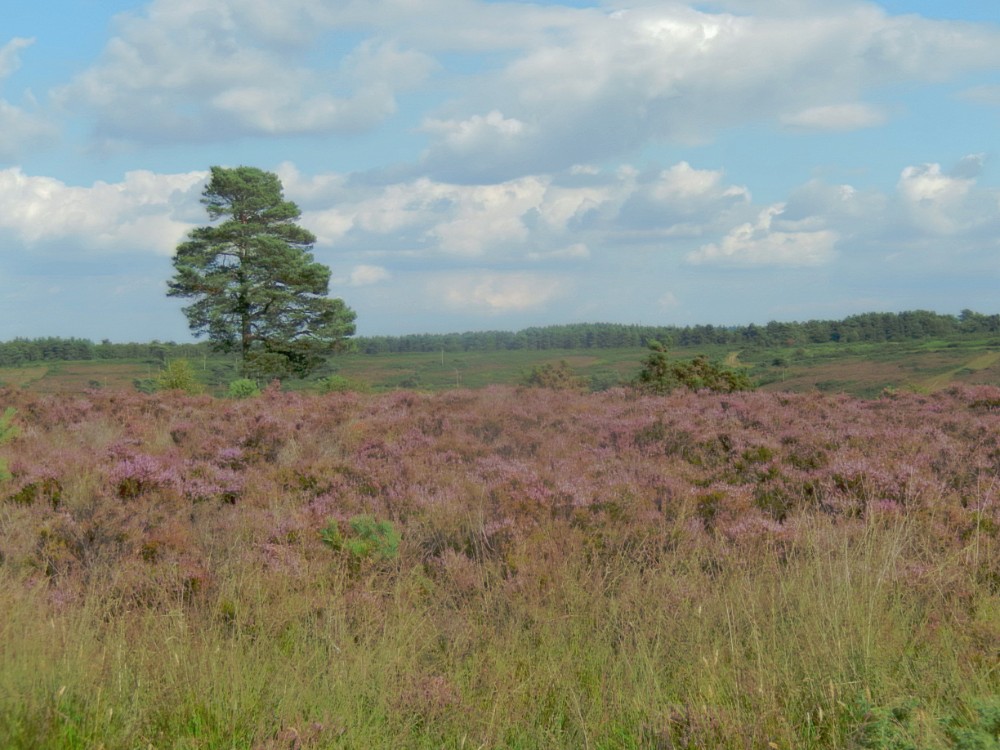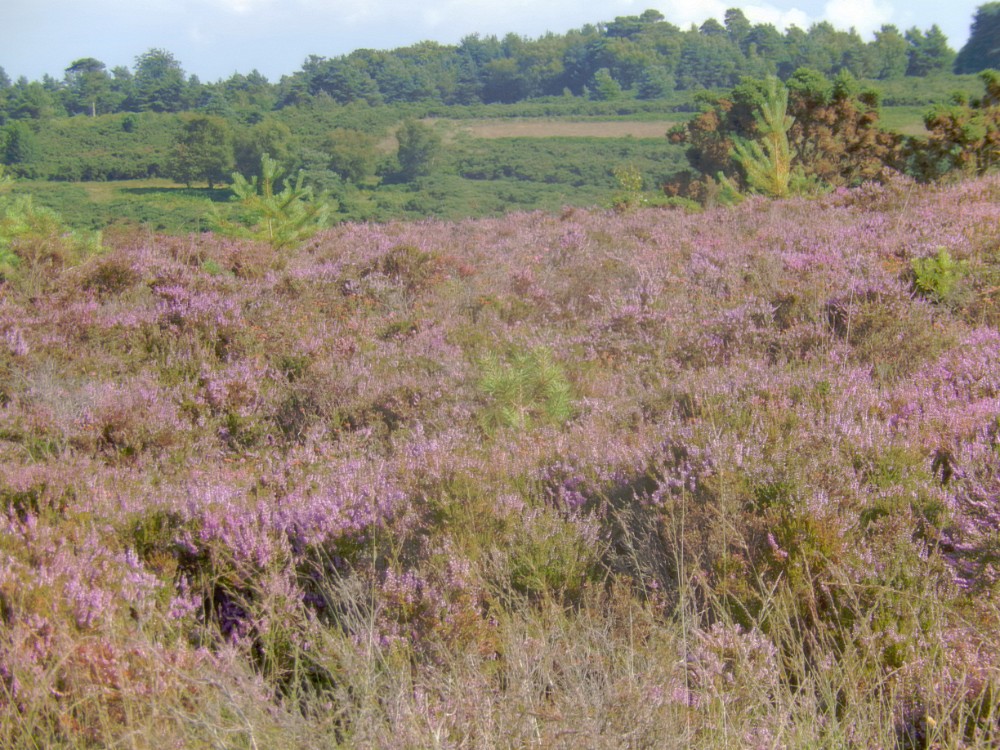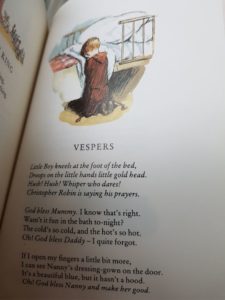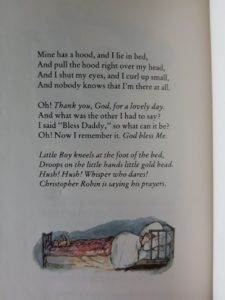England: Ashdown Forrest: Expotition to an Enchanted Place (Walk into the High Weald: Area of Outstanding Natural Beauty) – 2016
After breakfast, The Wandelgek walked towards the London Underground Station at St. Pancras/Kings Cross and took the metro towards Charing Cross Station. There he bought a return ticket to Royal Tumbridge Wells.
A brief glimpse of The Railway Children
The track which is called the Hastings line, is a secondary line in Kent and East Sussex, connecting Hastings with the main town Tunbridge Wells, and London via Tonbridge and Sevenoaks.
A small station on this line section between London and Sevenoaks is Chelsfield Railway Station. It is still within the boundaries of Greater London.
It is said that Chelsfield Station was the inspiration for E. Nesbit (Edith Brock) to write her famous classic children’s book: The Railway Children.
The story concerns a family who move from London to ‘The Three Chimneys’, a house near the railway, after the father, who works at the Foreign Office, is imprisoned after being falsely accused of spying. The children, Roberta (nicknamed “Bobbie”), Peter and Phyllis, befriend an Old Gentleman who regularly takes the 9:15 train near their home; he is eventually able to help prove their father’s innocence and the family is reunited. Before Father is freed, the family takes care of a Russian exile, Mr. Szczepansky, who came to England looking for his family (later located) and Jim, the grandson of the Old Gentleman, who suffers a broken leg in a tunnel.
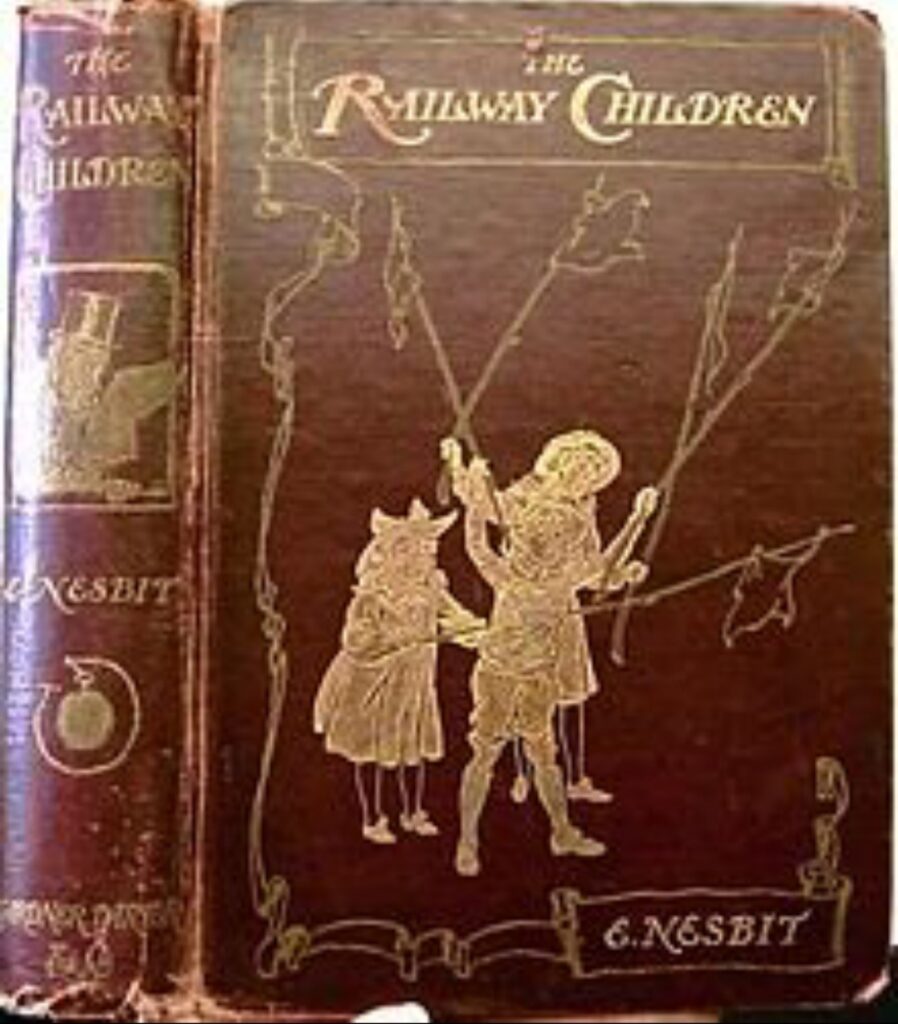
1st edition, illustrated by C.E. Brock
The theme of an innocent man being falsely imprisoned for espionage and finally vindicated might have been influenced by the Dreyfus Affair, which was a prominent worldwide news item a few years before the book was written. The Russian exile, persecuted by the Tsars for writing “a beautiful book about poor people and how to help them” and subsequently helped by the children, was most likely an amalgam of the real-life dissidents Sergius Stepniak and Peter Kropotkin who were both friends of the author.
The book refers to the then current Russo-Japanese War and to attitudes taken by British people to the war. This dates the setting to the spring, summer and early autumn of 1905.
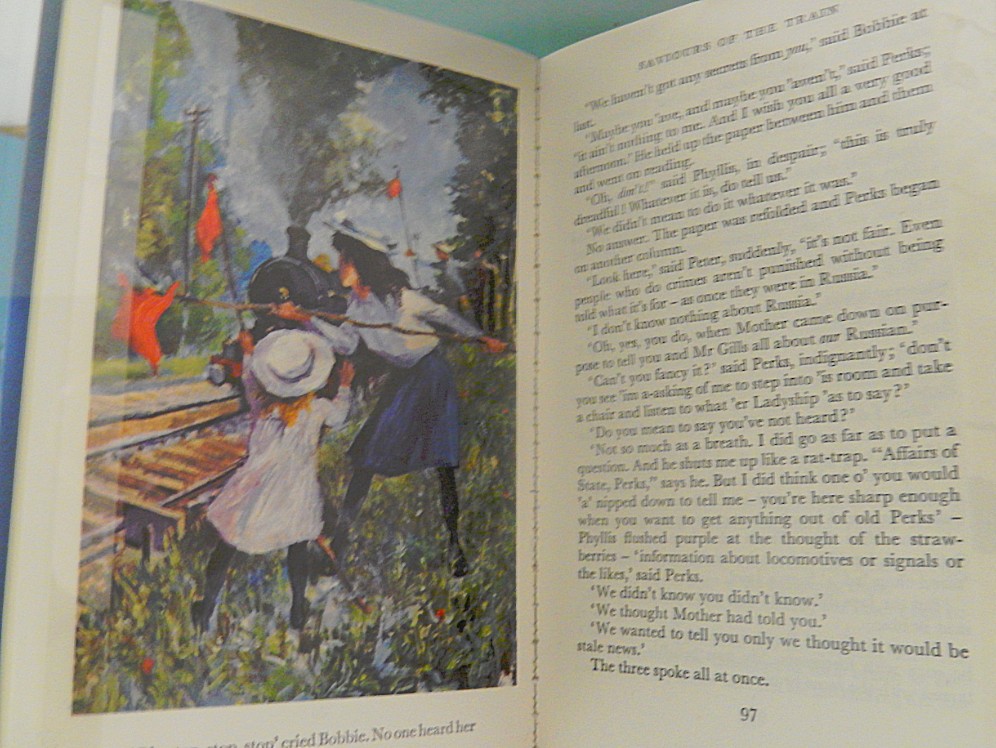
The original illustrator of the book was C.E. Brock and his drawing were already present in the very first edition. Subsequently his illustrations appeared in many later editions. A strange thing is that even when editions appeared, containing other illustrations, that the illustrators still chose the same situations to illustrate as Brock did.
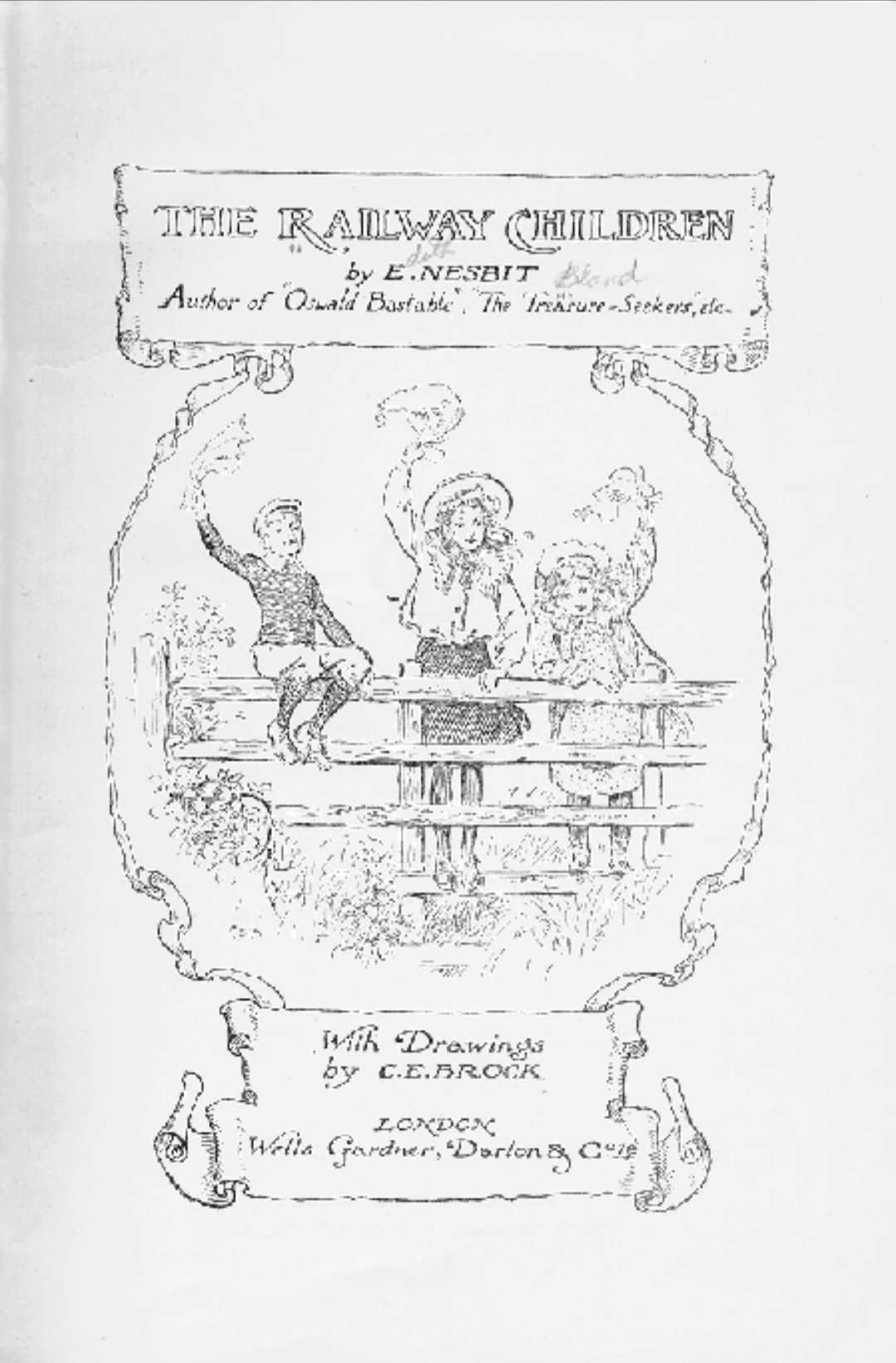
The train route went south and just before Sevenoaks the train left Greater London and then arrived at Royal Tunbridge Wells.
Opposite that railway station was a busstop where he took bus 291 to the small village of Hartfield. After driving through Hartfield, he stepped off the bus just outside the village and walked back towards its rim.
Expotition to an Enchanted Place
Now why did I come to Hartfield of all places?
The very 1st thing I always notice when I take my Winnie the Pooh copy from the shelf to browse a bit through, is a map. It ‘s a map of a place where I grew and many young readers grew up. The map shoes locations that my brain connected to adventurous chapters from that book and its successors. There’s the Bee tree, the Sandy pit where Roo plays, Where the Woozle wasn’t the Six Pine Trees, Pooh trap for Heffalumps, Eeyores gloomy place and the exciting reference To North Pole. But central to that was the mention of 100 Aker Wood.
We know that the real toys that were present in Milne’s home were the inspiration for the animal toy characters in the book, but similarly the real local environment in which the family lived (at Cotchford farm at the northern borders of Ashdown forest in Sussex), inspired the world described in the books and later illustrated bu E.H. Shepard, who visited Ashdown forest to create his stunning drawings and the map.
The book was written in 1926, but even nowadays I discovered lots of locations and/or similarities with the drawings in the landscape.
So why did I come to Hartfield? Because I wanted to visit as many places as possible from that very special map. This one:
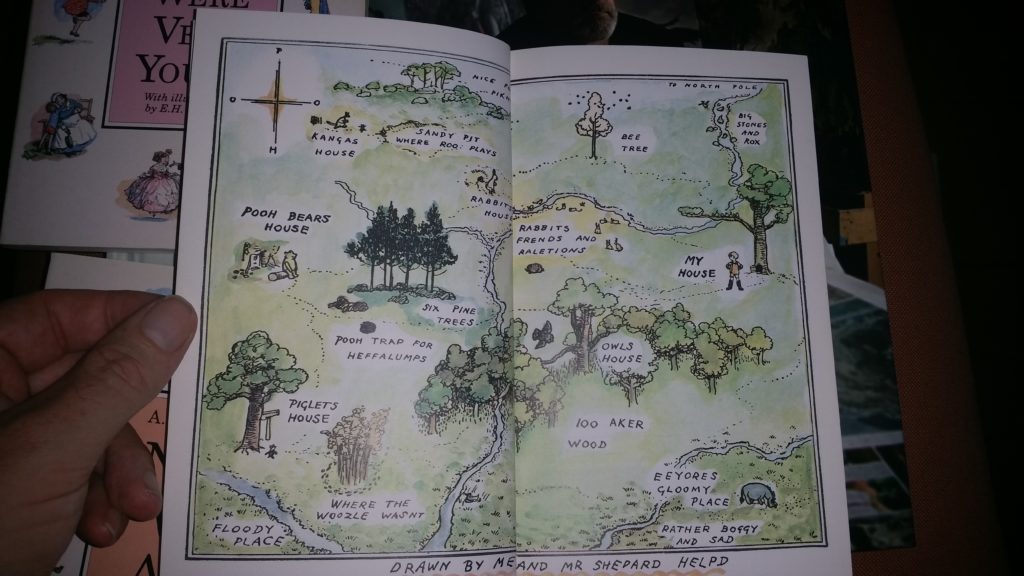
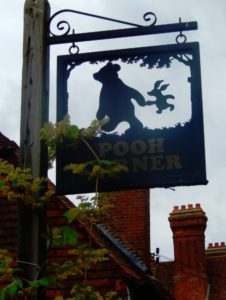
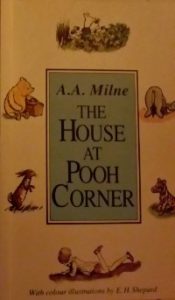 It is a map of a land that I visited and revisited and re-revisited many many times “When I was very young” ;-)…
It is a map of a land that I visited and revisited and re-revisited many many times “When I was very young” ;-)…
And now I wanted to visit it for real. See what the bridge looked like where Pooh invented his Pooh sticks game, See the Sandy Pit where Roo played, See the 100 Aker Wood where Pooh, Piglet, Tigger, Kanga, Roo, Owl, Eeyore and of course Christopher Robin roamed. See Galleon’s Lap with my own eyes, see the six Pine Trees and most important of all, the Sixty(estimate ?) Pine Trees at the highest place of Galleon’s Lap to experience the enchantment of the Enchanted place where Pooh and Christopher Robin retreated…
And so I went on an expotition (like Pooh did to discover the North Pole 
I started in Hartfield because when I documented myself at the start of this journey through England, I read diverse internet articles and blogs about Ashdown Forrest where A.A. Milne and Christopher Robin Milne lived. And the farmhouse where they lived was near Hartfield and so was the House at Pooh Corner
The House at Pooh Corner
The House at Pooh Corner or short Pooh Corner is now a combination of the Pooh Corner Shop where you can buy everything that is somehow Poohy Bear related and Piglets Teahouse and garden, where you can eat Pooh related products (like e.g. pastries) and drink Popoh related tea (I bet there’s a lot of honey in it 
They also sold a map with a detailed walking description through the country side towards Pooh Sticks Bridge and I found some other information which put me on the road towards some other enchanted places…
Ashdown Forest
Ashdown Forest: the setting for the stories
The Winnie-the-Pooh stories are set in Ashdown Forest, East Sussex, England. The forest is a large area of tranquil open heathland on the highest sandy ridges of the High Weald Area of Outstanding Natural Beauty situated 30 miles (50 km) south of London. In 1925 Milne, a Londoner, bought a country home a mile to the north of the forest at Cotchford Farm, near Hartfield. According to Christopher Milne, while his father continued to live in London “…the four of us—he, his wife, his son and his son’s nanny—would pile into a large blue, chauffeur-driven Fiat and travel down every Saturday morning and back again every Monday afternoon. And we would spend a whole glorious month there in the spring and two months in the summer.” From the front lawn the family had a view across a meadow to a line of alders that fringed the River Medway, beyond which the ground rose through more trees until finally “above them, in the faraway distance, crowning the view, was a bare hilltop. In the centre of this hilltop was a clump of pines.” Most of his father’s visits to the forest at this time were, he noted, family expeditions on foot “to make yet another attempt to count the pine trees on Gill’s Lap or to search for the marsh gentian”. Christopher added that, inspired by Ashdown Forest, his father had made it “the setting for two of his books, finishing the second little over three years after his arrival”.
Many locations in the stories can be linked to real places in and around the forest. As Christopher Milne wrote in his autobiography: “Pooh’s forest and Ashdown Forest are identical”. For example, the fictional “Hundred Acre Wood” was in reality Five Hundred Acre Wood; Galleon’s Leap was inspired by the prominent hilltop of Gill’s Lap, while a clump of trees just north of Gill’s Lap became Christopher Robin’s The Enchanted Place because no-one had ever been able to count whether there were sixty-three or sixty-four trees in the circle.
The landscapes depicted in E. H. Shepard’s illustrations for the Winnie-the-Pooh books were directly inspired by the distinctive landscape of Ashdown Forest, with its high, open heathlands of heather, gorse, bracken and silver birch punctuated by hilltop clumps of pine trees. Many of Shepard’s illustrations can be matched to actual views, allowing for a degree of artistic licence. Shepard’s sketches of pine trees and other forest scenes are held at the Victoria and Albert Museum in London.
The game of Poohsticks was originally played by Christopher Milne on a footbridge across a tributary of the River Medway in Posingford Wood, close to Cotchford Farm. The wooden bridge is now a tourist attraction, and it has become traditional to play the game there using sticks gathered in nearby woodland. When the footbridge recently had to be replaced, the engineer designed a new structure based closely on the drawings of the bridge by Shepard in the books, which were somewhat different than the original structure.
The walk towards Pooh Sticks Bridge
This was a walk not for people with very young children or pushing buggies. First there were some short but nevertheless steep climbs and descends…
Then there’s a rather flat stretch until Pooh Sticks Bridge. On the Road I found a first clue of the connection between Winnie the Pooh and Wind in the Willows in the name of a house:
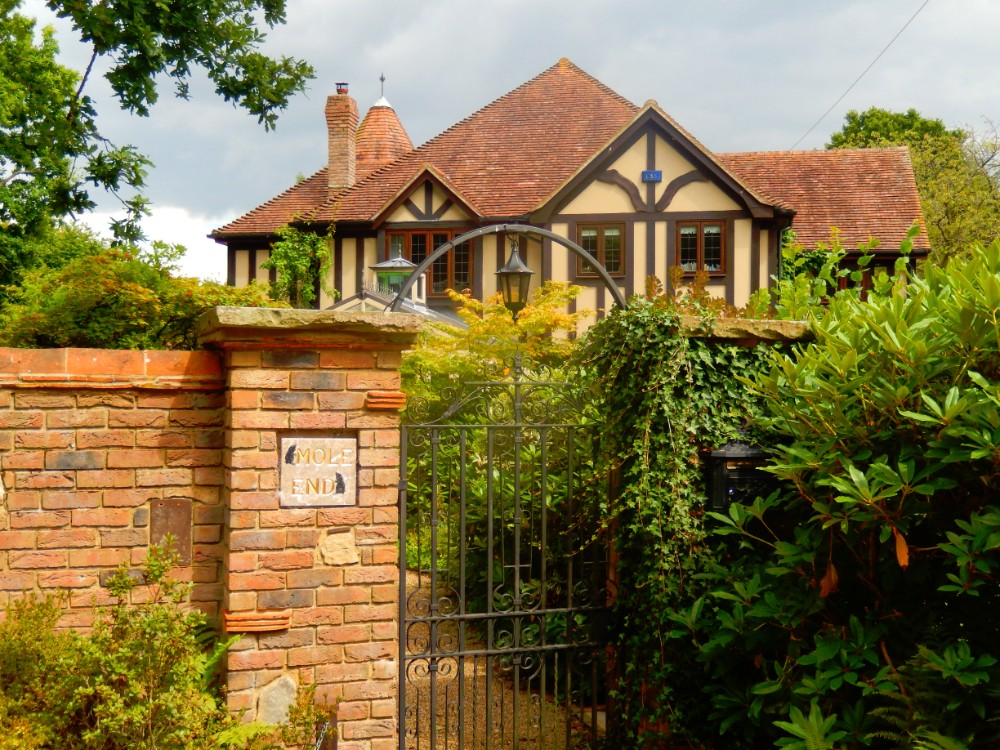
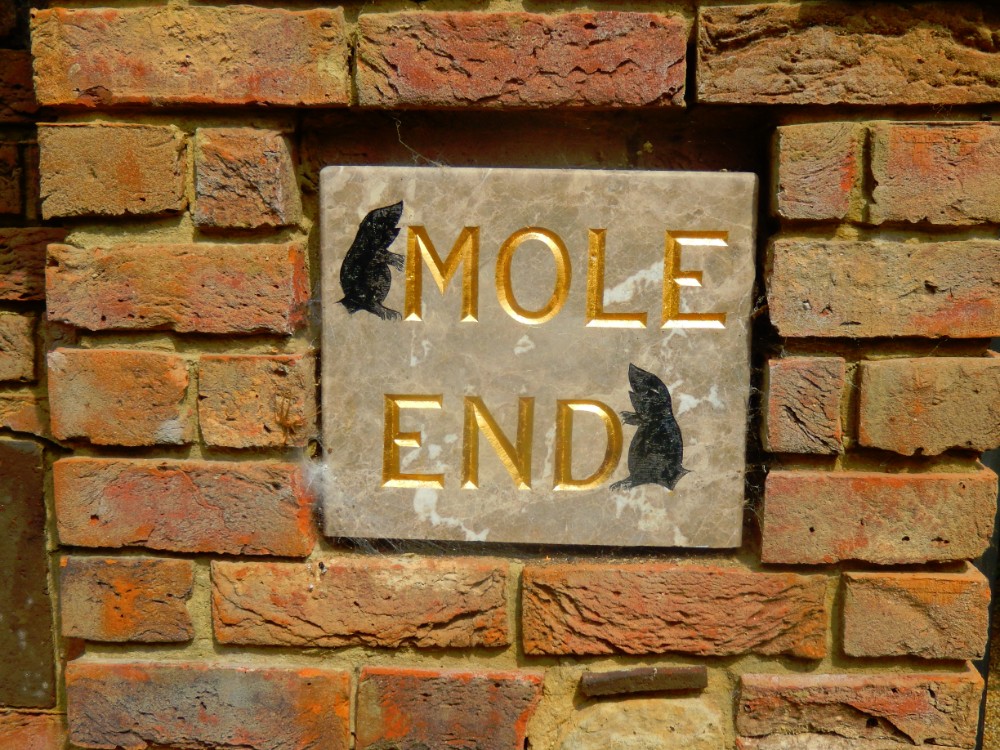 Mole End was of course Mole’s house in Wind in the Willows and both; Winnie the Pooh and Wind in the Willows were contemporary books and both were illustrated by E.H. Shepard. But more about Wind in the Willows later.
Mole End was of course Mole’s house in Wind in the Willows and both; Winnie the Pooh and Wind in the Willows were contemporary books and both were illustrated by E.H. Shepard. But more about Wind in the Willows later.
After a short stroll through a wood…
were I also collected some Pooh Sticks ;-)…
it seemed to had found Pooh’s house
Pooh Sticks Bridge
From there it was between 50 to 100 metres down to a wee river and Pooh Sticks Bridge and I immediately recognized it from Shepards wonderful illustrations…
Christopher Robin, Pooh and Piglet are illustrated standing on Posingford Bridge, which spanned a small tributary of the river Medway. In 2005 the bridge was replaced, keeping its recognizable form untouched, which makes it possible for fans of the books to still play a game of Pooh sticks, like I did? Christopher Robin said he did really play that game at the bridge but he couldn’t remember whether him playing the game or the text from the book came first. Were his games and adventurous inspired by the stories or did they precede the books and inspire the stories. Probably both situations occured.
Then I just watched the sticks float underneath the bridge just like Pooh and Cristopher Robin did and I couldn’t help noticing the awesomeness of water reflections…
After some games of Pooh Sticks, the walk I had bought from the Pooh Corner Shop was finished, but I did have some extra information from an internet blog article and from a little flyer named Pooh Country Expotition about a possibility to lengthen my walk.
And so I followed the route to the Car Park and then across the road and into a wonderful country which really looked like it was cut from the Winnie the Pooh books and copied from the illustrations of E.H. Shepard
It was quite a sandy area with lots of Birch and Pine Trees and heather…
The commemoration plaque
Most striking is the overall feel of the landscape, consisting of familiar looking heather and pines, scattered over rolling hills.
Shepard did a marvellous job in illustrating that landscape and it didn’t change that much when time advanced, because it is not suitable for city planning or agriculture. Christopher Milne (Chistopher Robin from the books) admitted that the real forest and the book forest are identical.
On top of the footpath was a memorial plaque commemorating A.A. Milne AND E.H. Shepard (two grand artists of Children’s literature) and Milne recognized that the illustrations by Shepard were so integral to the series’ (4 books) success thathe arranged for Shepard to receive a share of the royalties.
I followed the road up to the top but after a few meters I stumbled upon another magical spot from the books…
Roo’s Sandy Pit…
It was like a shallow pit, but the sands were overgrown by grasses and other green weeds, although there still were a few sandy spots left…
It is hard to establish with certainty whether specific locations in the landscape of Ashdown forest are really those mentioned in the books and on the map. This old quarry e.g. which could be Roo’s sandy pit and there are bunches of pine trees that could be the Six pines, but there are some locations of which it is virtually impossible to tell whether they are the ones from the book, like Owl’s house or the location of the Heffalump trap.
Then again, some locations are as clear as can be.
I followed the ascending dirtroad and it really felt like walking through Pooh Country…
The Enchanted Place…
Then the road still ascended but it became less steep and I saw what had to be the Sixty (estimate ?) Pine trees which were at the highest point of Galleon’s Lap…
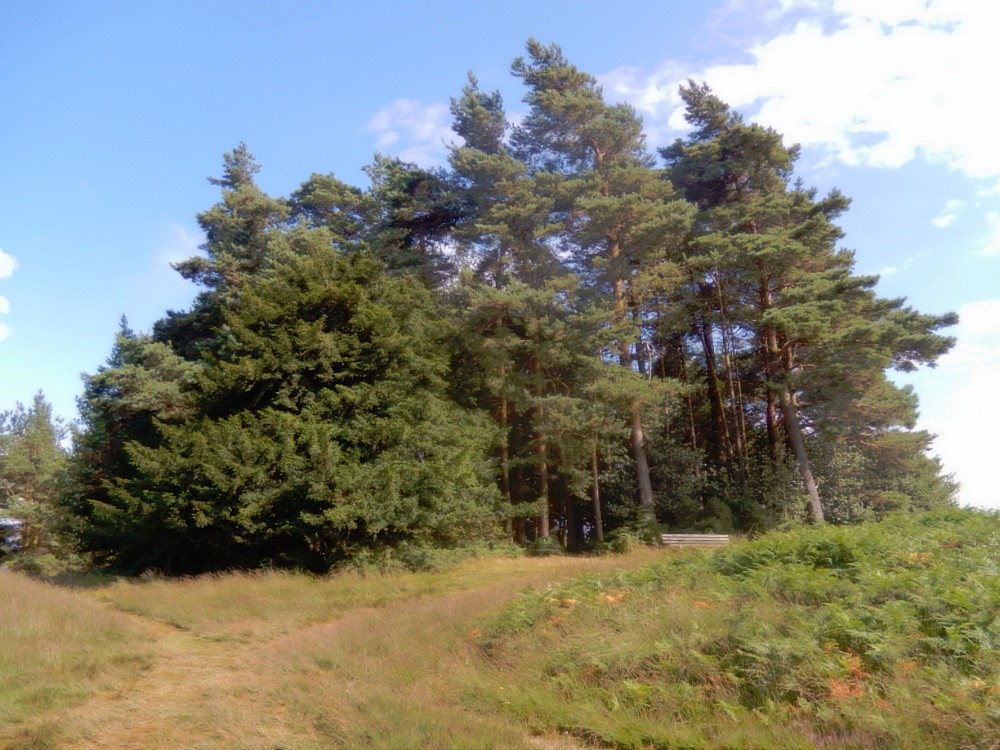
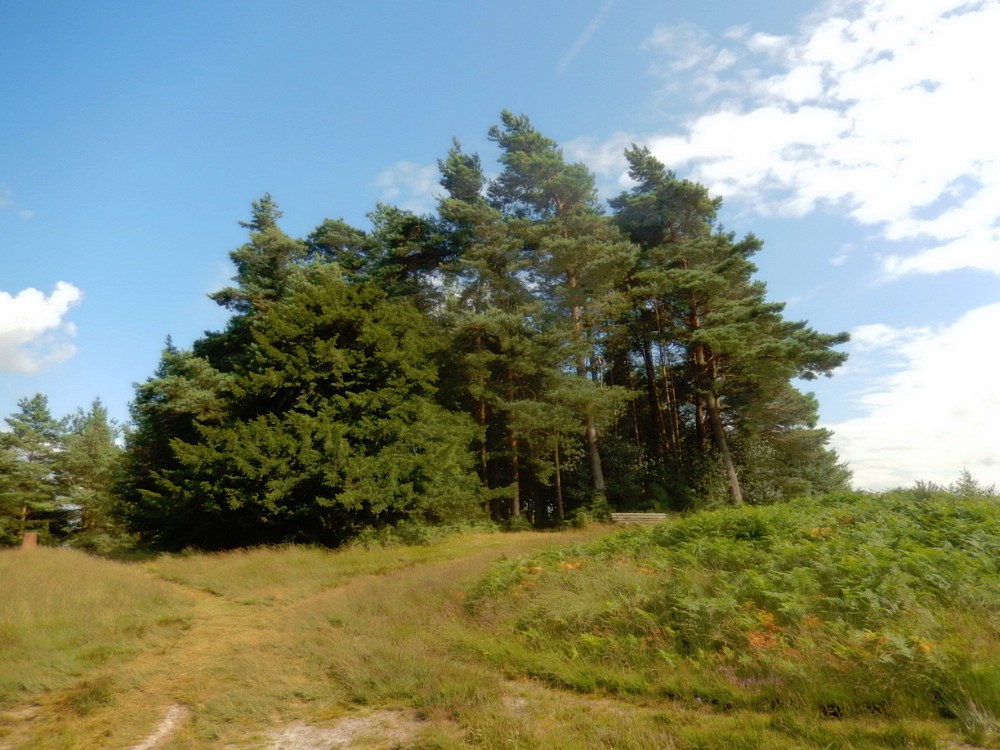 I had always imagined them to be like this…
I had always imagined them to be like this…
I stepped between them and again Shepard drawings popped up in my mind and I had a deja-vu of visiting a place which I had thought to be completely imaginary for a long time…
Galleons Lap (in reality named Gil’s lap), consisting of a circular area on top of a hill filled with about 60 pine trees is clearly distinctable and after a feeble try, I didn’t even bother to try and count those trees. One can never be sure if there are 62, 63 or 64 pine trees, because Christopher Robin discovered that even when he marked the counted trees, it was still virtually impossible to count their exact number. I agree and this brought him to the conclusion that the place must be enchanted.
And the I walked to the rim of the trees and set on a small bench and soaked up the sun and the enchanted environment
It is in this location in the 4th book (The house at Pooh Corner) that readers arrive at one of the most heartbreaking and tearjerking scenes.
“…where-ever they go, and whatever happens to them on the way, in that enchanted place on top of the Forest, a little boy and his Bear will always be playing”.
And that was precisely what I was looking for when visiting Ashdown Forest and you know what? I think I found them
Six Pine Trees
I really have no clue whether these are the iconuc six pine trees from the map, but it was the spot most similar that I could spot looking down from the Enchanted Place.
While I sat there for a while, two elderly ladies and their dogs approached and they sat down on the bench too. An interesting conversation about the area of Ashdown Forest, about childrens books, African countriesand geography developed. One of the ladies mentioned she had known Christopher Robin’s mother who was according to her a very stern woman.
They also told me something about the history of the area, which had been used by booze smugglers and where iron was found. Before the first iron had been found, the area had ben full of trees of which lots were chopped down to be used as fuel for the ovens that melted the iron. The carriages transporting the iron and the wood had carried these for years over the small dirtroads which turned in to hollow roads because of that.
Suddenly the ladies offered me a free ride to the railway station in Royal Tunbridge Wells and I decided to accept and walked through the flowering heather to their car at a parking lot near Galleon’s Lap.
In Royal Tunbridge Wells I took the train back to Charing Cross station in London…
A few hours later I was in London and just before entering my bunk bed in the hostel, I thought back to my walk through the 100 Aker Wood and remembered this little verse, named Vespers, that Christopher Robin used to sing before going to bed:
Apart from the Winnie the Pooh versebook When we were very young, I had known and loved Vespers as the song Christopher Robin by american singer-songwriter Melanie Safka…
A good song and good memories to fall asleep…


